The 1970s marked the absolute low point for Times Square. Against the backdrop of New York City’s severe financial crisis, the area descended into a state of urban decay, becoming infamous nationwide for its crime and adult entertainment industry.
The Reign of “The Deuce”
The transformation of 42nd Street between Seventh and Eighth Avenues, known as “The Deuce,” was complete. This block became the undisputed epicenter of New York’s commercial sex industry. The sidewalks were lined with adult movie theaters, known as grindhouses, that showed pornographic films around the clock.
Neon signs advertised live peep shows, massage parlors, and adult bookstores. The atmosphere on the street was one of open lawlessness. The once-grand theaters of the area were now rundown shells, their ornate lobbies converted into seedy arcades.
Read more
An Epicenter of Crime and Neglect
Times Square in the 1970s was one of the most dangerous areas in the city. Street-level crime was rampant, with muggings and pickpocketing being daily occurrences. Drug dealers and prostitutes operated openly on street corners and in hotel lobbies.
The city’s near-bankruptcy meant that basic services were cut back. Garbage piled up on the sidewalks, graffiti covered nearly every surface, and the police force was too overwhelmed and understaffed to control the widespread illegal activity. The entire district felt abandoned and dangerous, especially after dark.
A Cultural Touchstone for Urban Decay
This version of Times Square was captured and immortalized in popular culture. The gritty, menacing atmosphere became a cinematic backdrop for films that defined the era. Martin Scorsese’s “Taxi Driver” (1976) presented a haunting vision of the area’s nighttime world of steam-filled streets and desperate characters. The crime-ridden environment was also central to movies like “The French Connection” (1971). These films did not exaggerate the conditions; they documented the reality of the district.
Broadway’s Island of Survival
Amid the surrounding decay, the legitimate Broadway theater district fought to survive. While many tourists and New Yorkers avoided the area, landmark shows still managed to attract audiences. Musicals like “A Chorus Line” (1975) and “Annie” (1977) became massive hits. These successful productions were islands of artistic light in a sea of darkness, operating just a block away from the squalor of The Deuce. The contrast was stark: patrons in their finest clothes would hurry past grindhouse theaters on their way to see a show.


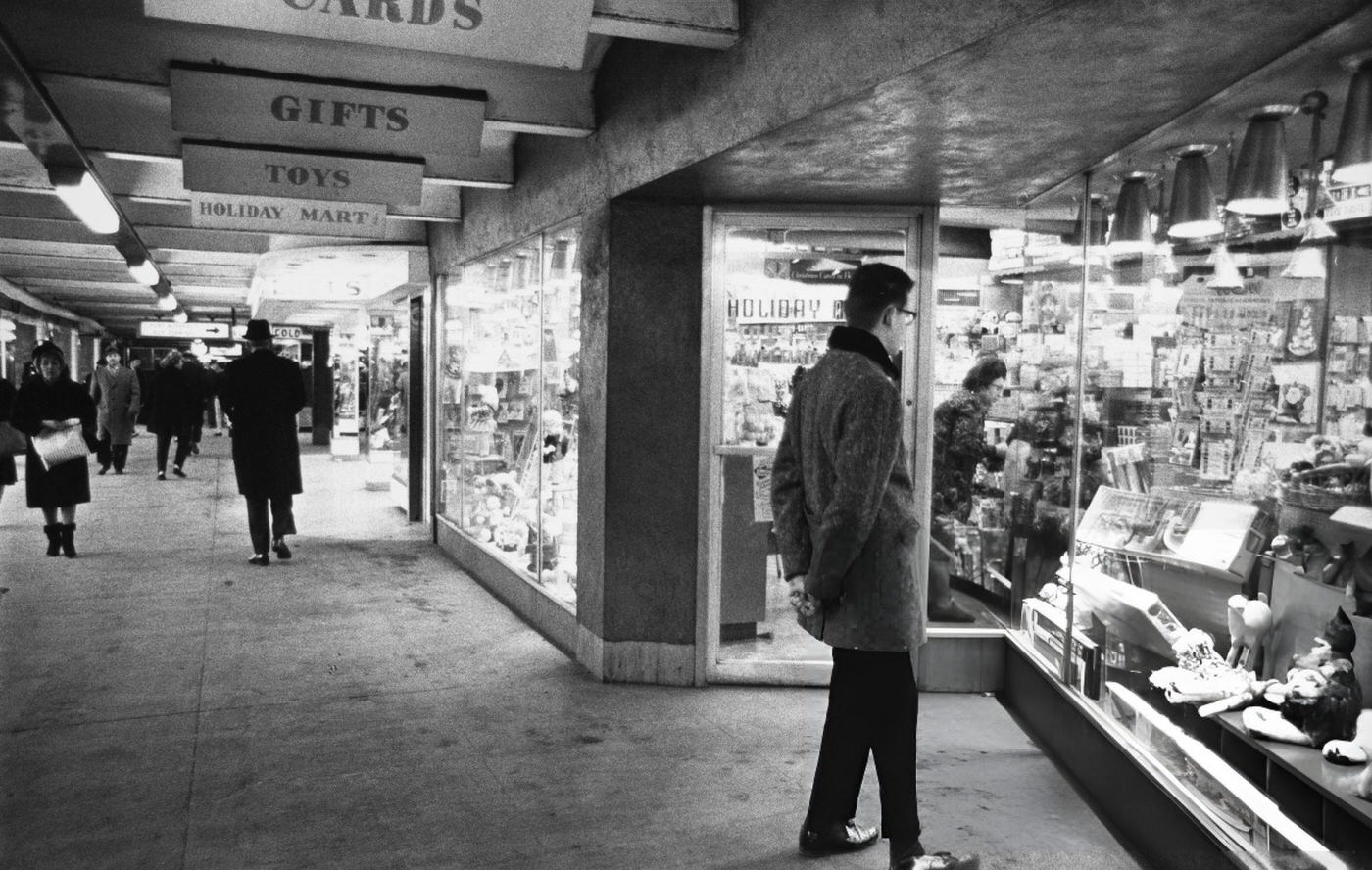
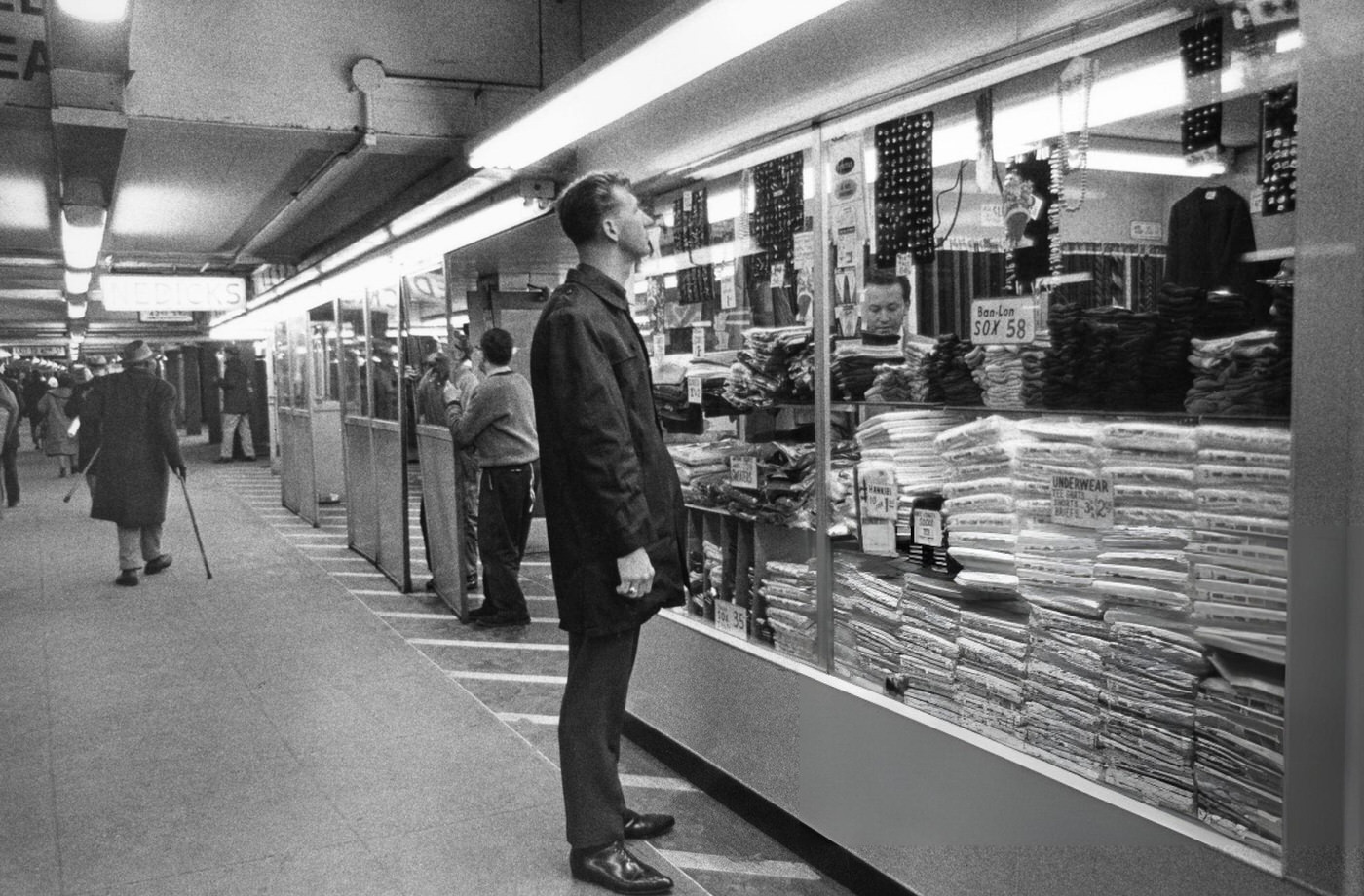
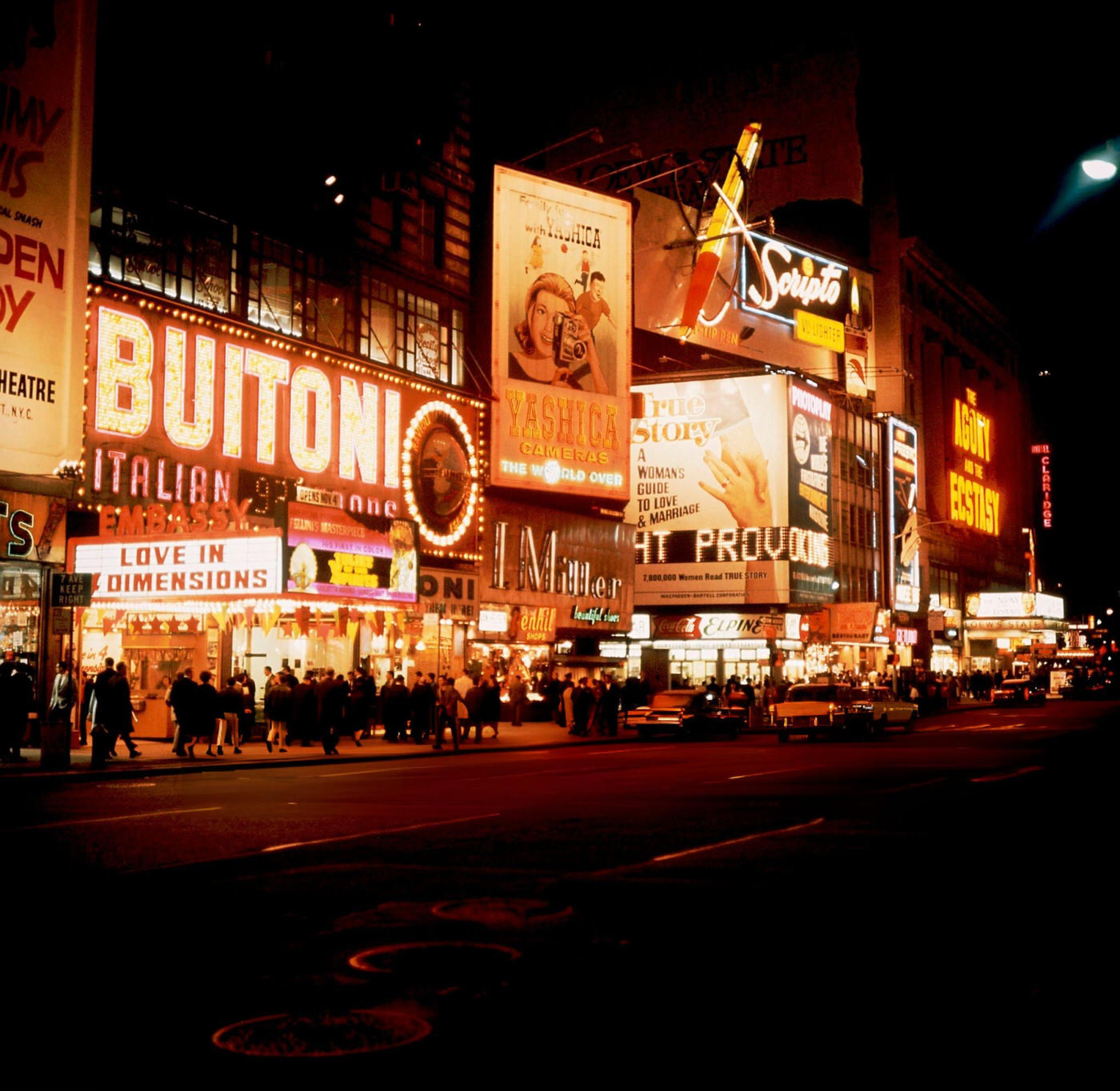
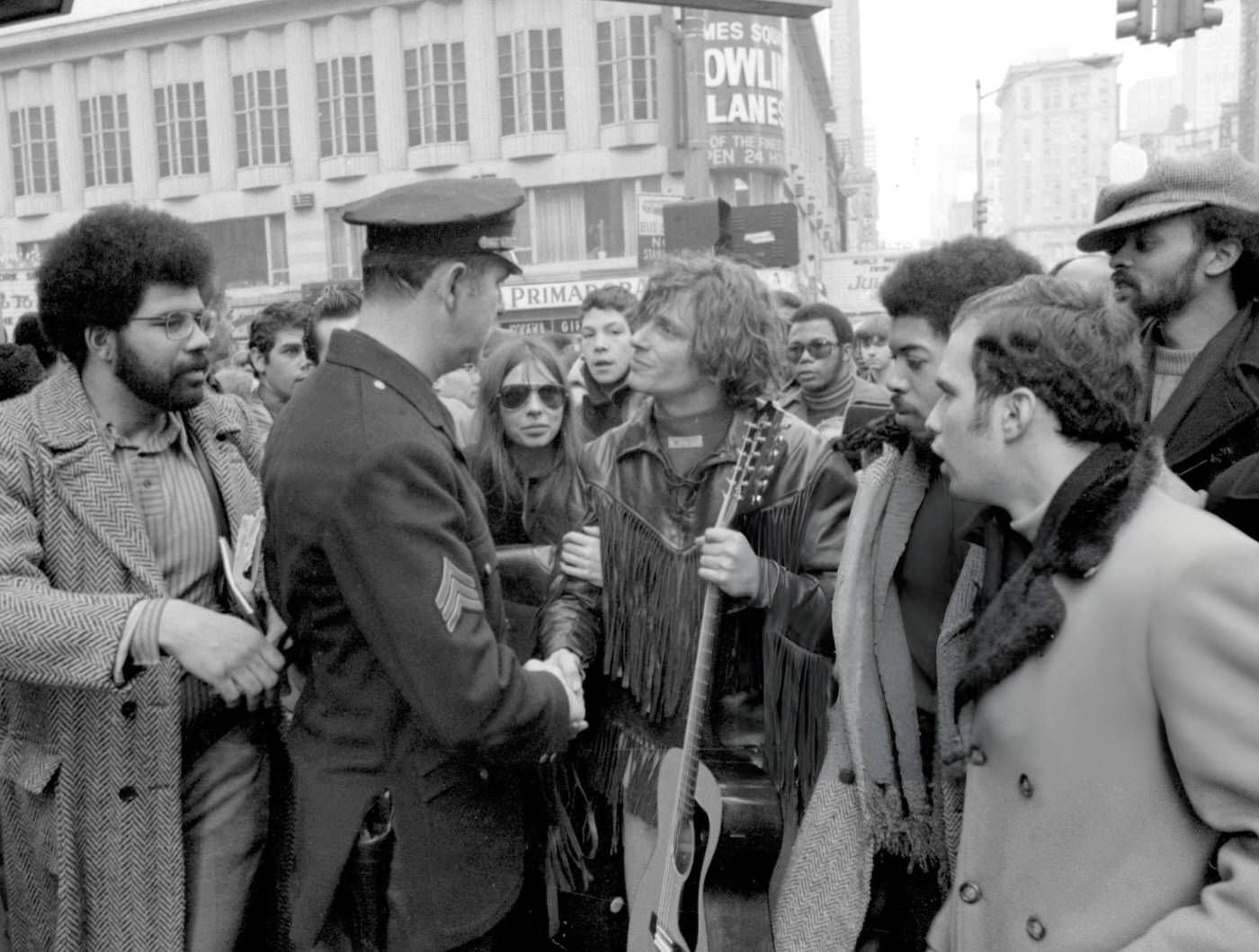
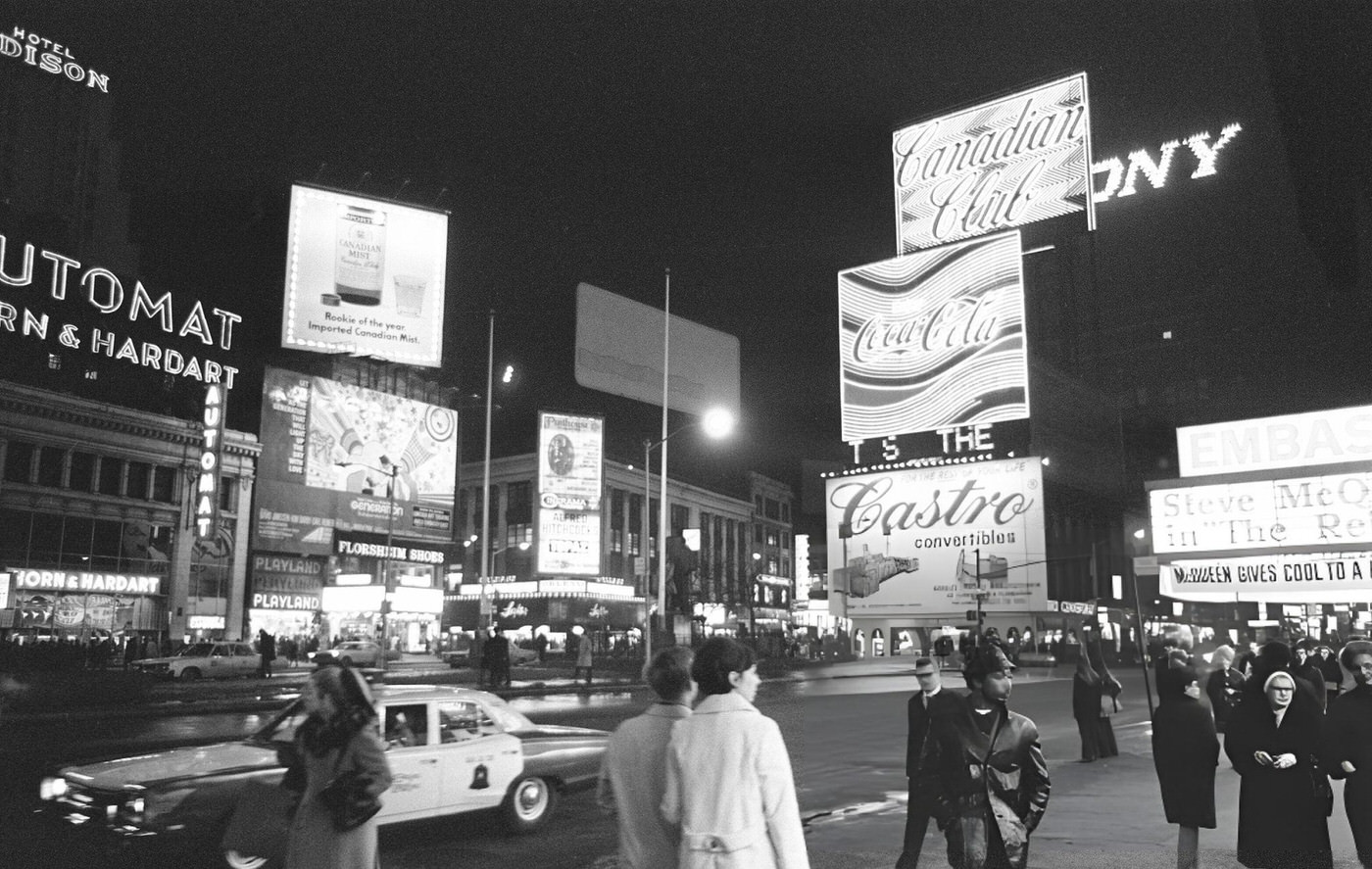
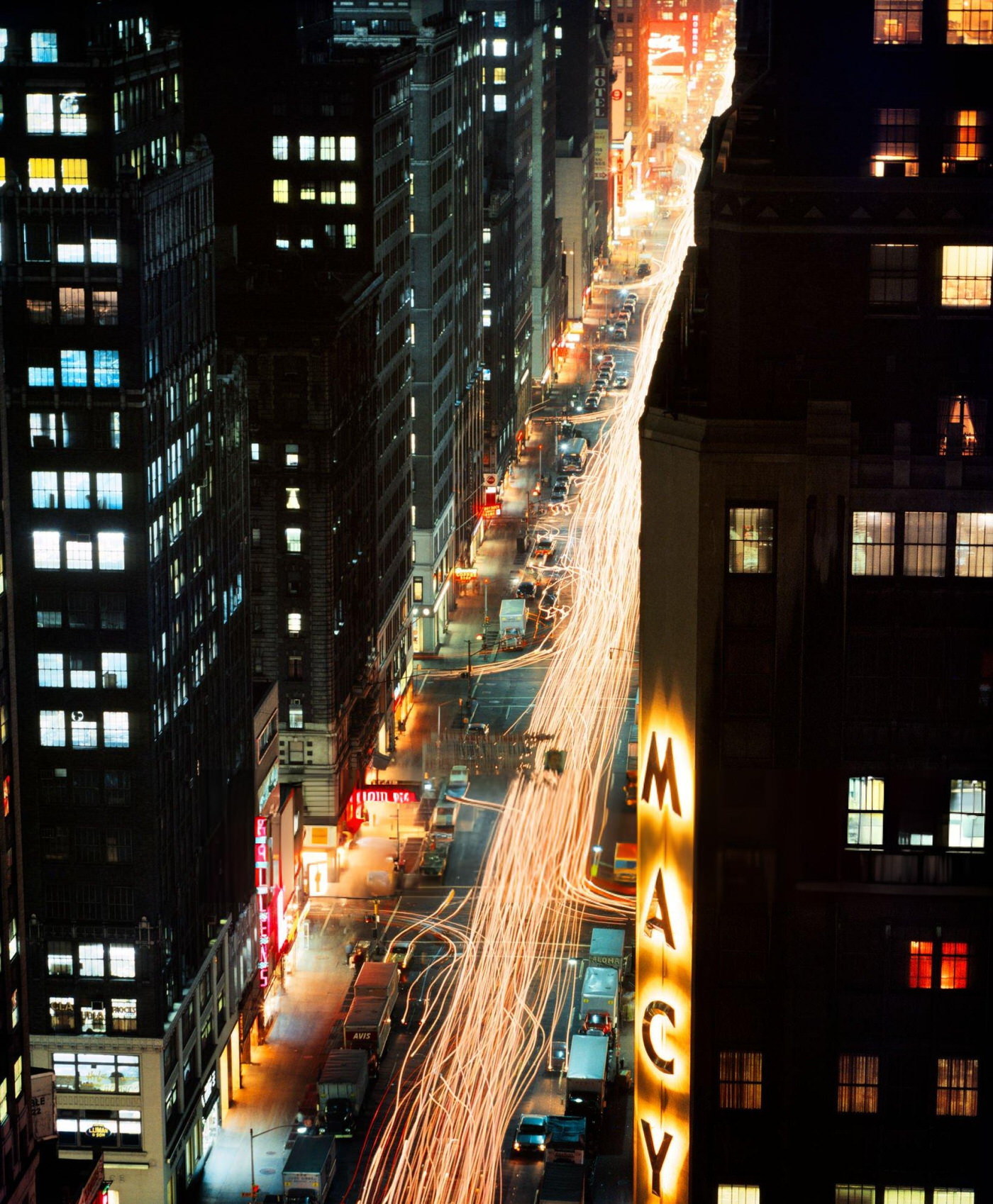

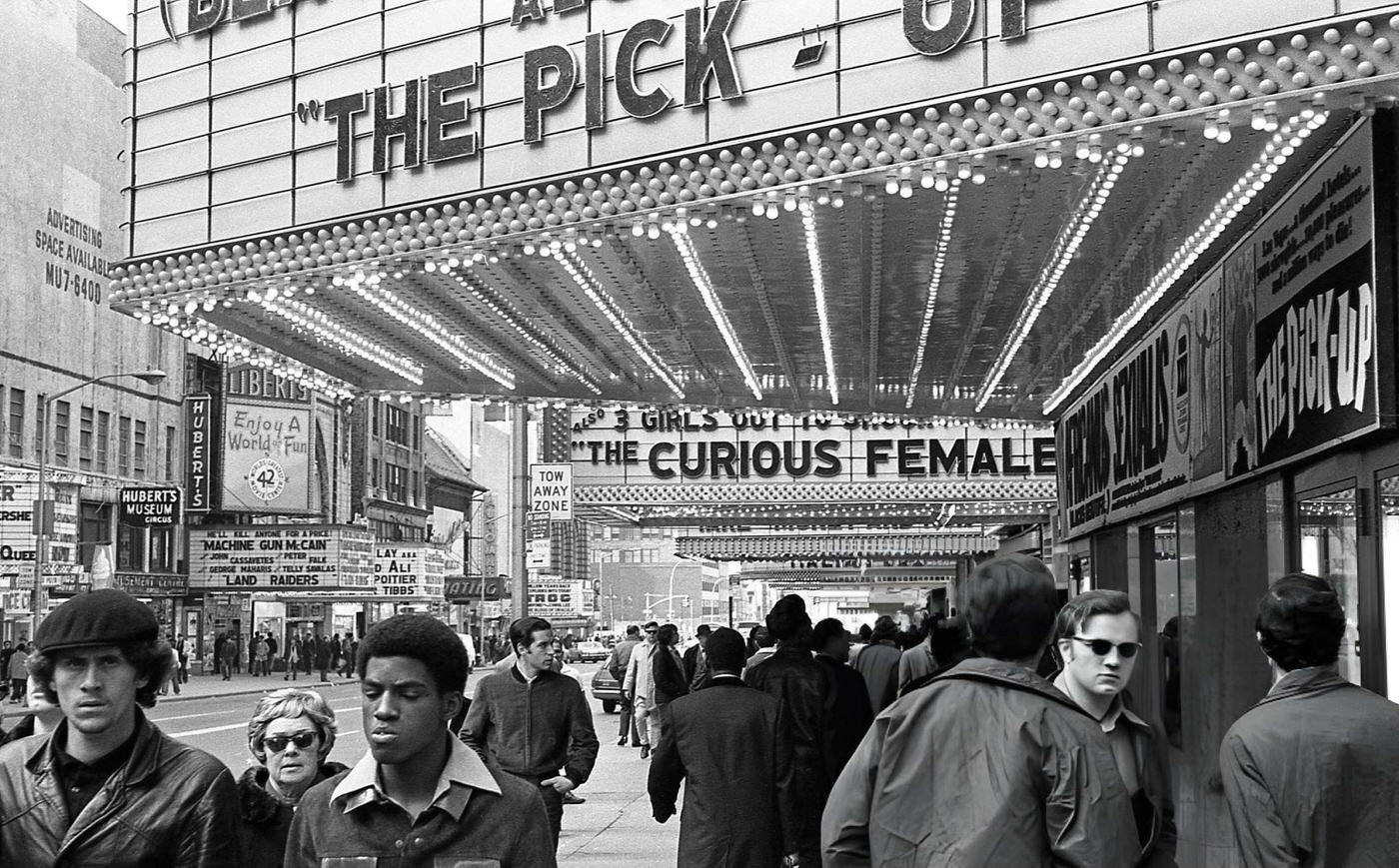

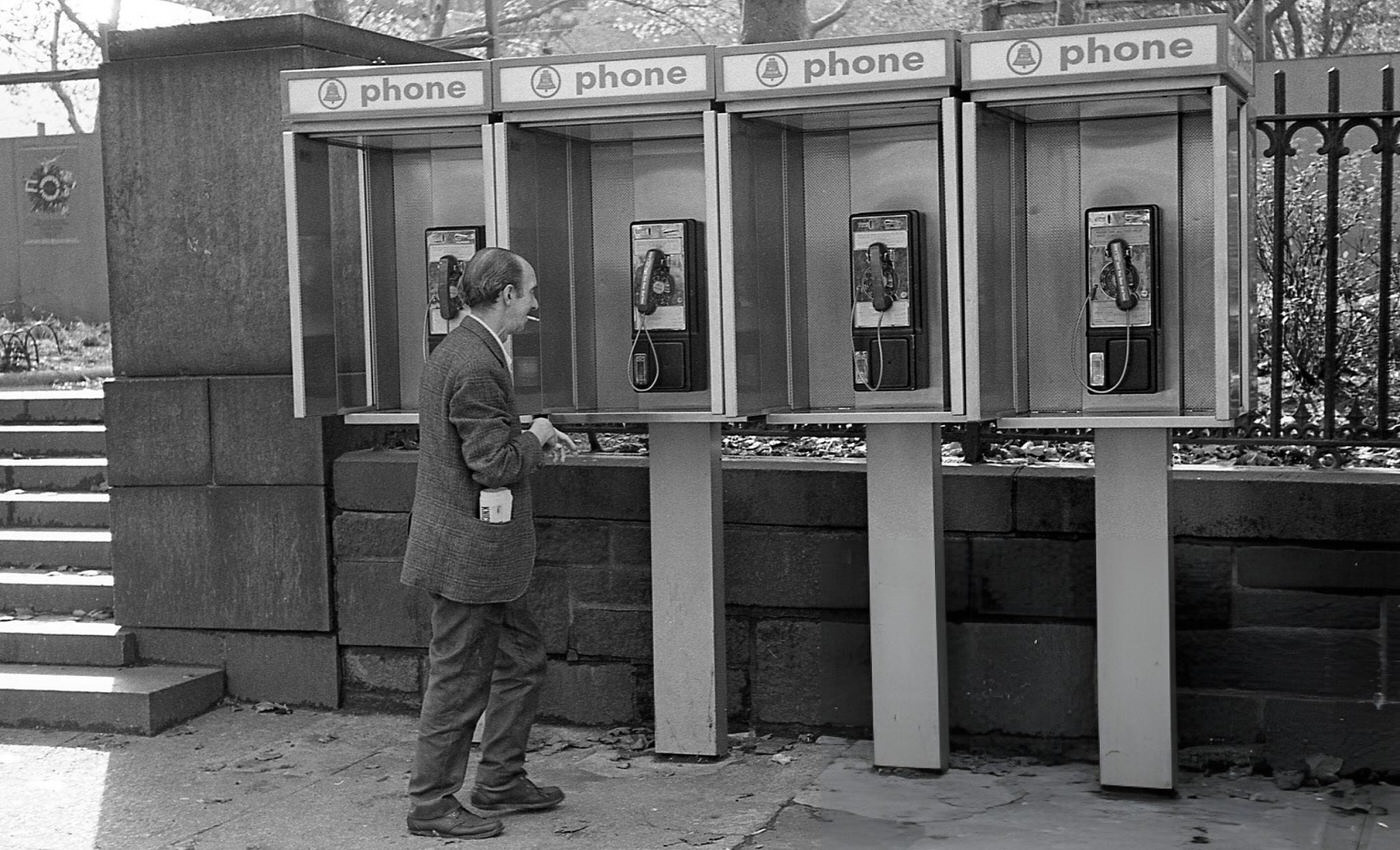
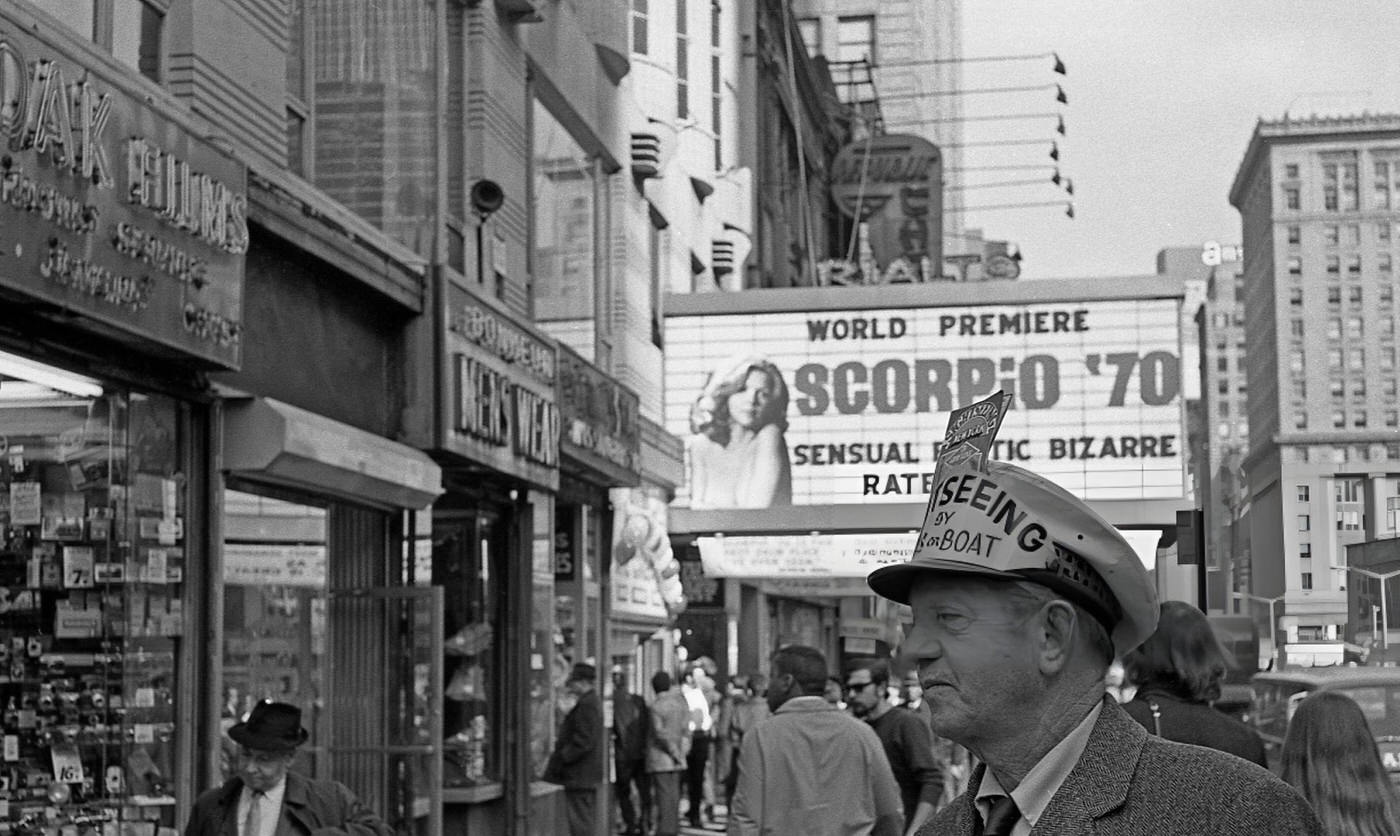
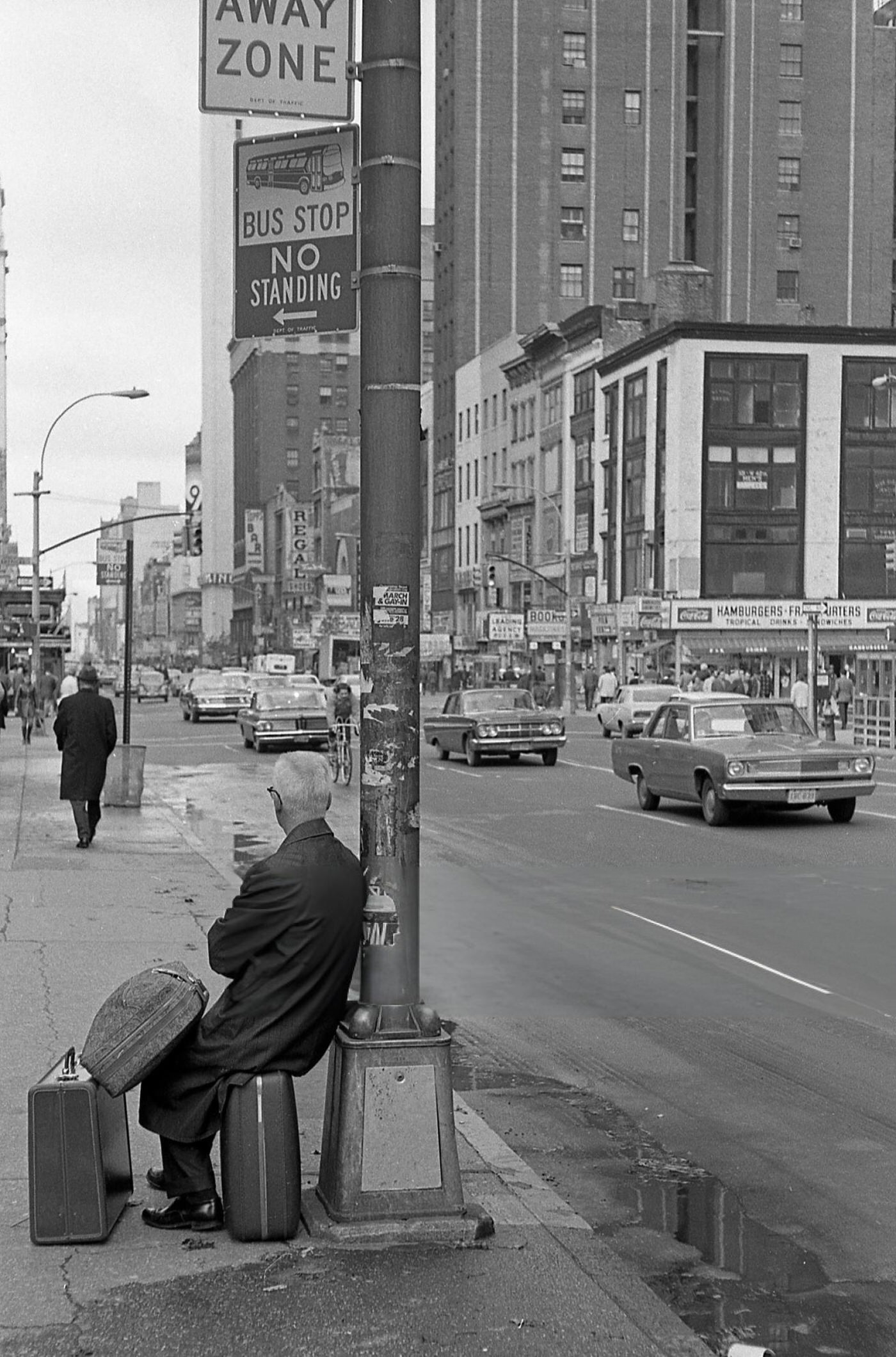
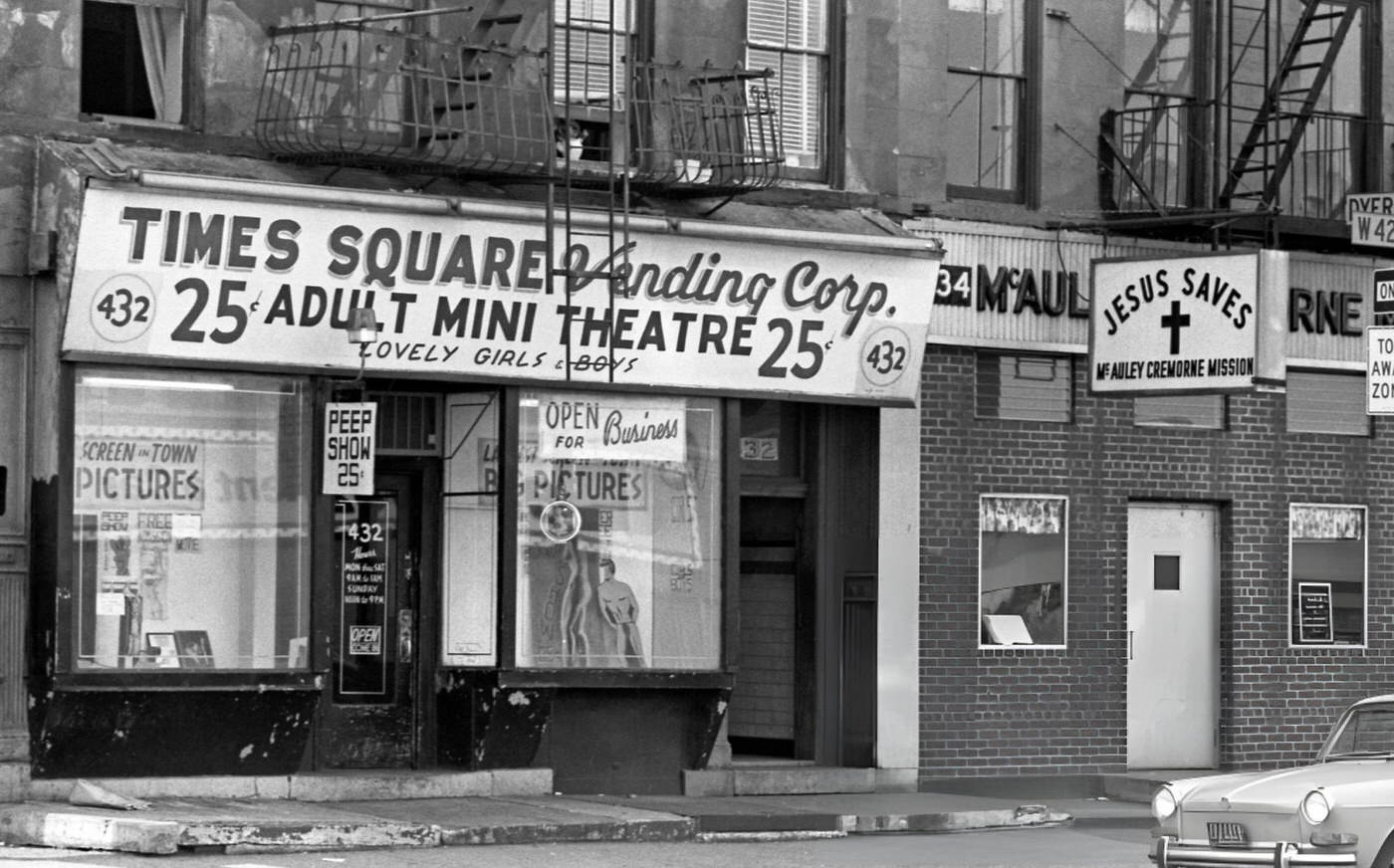
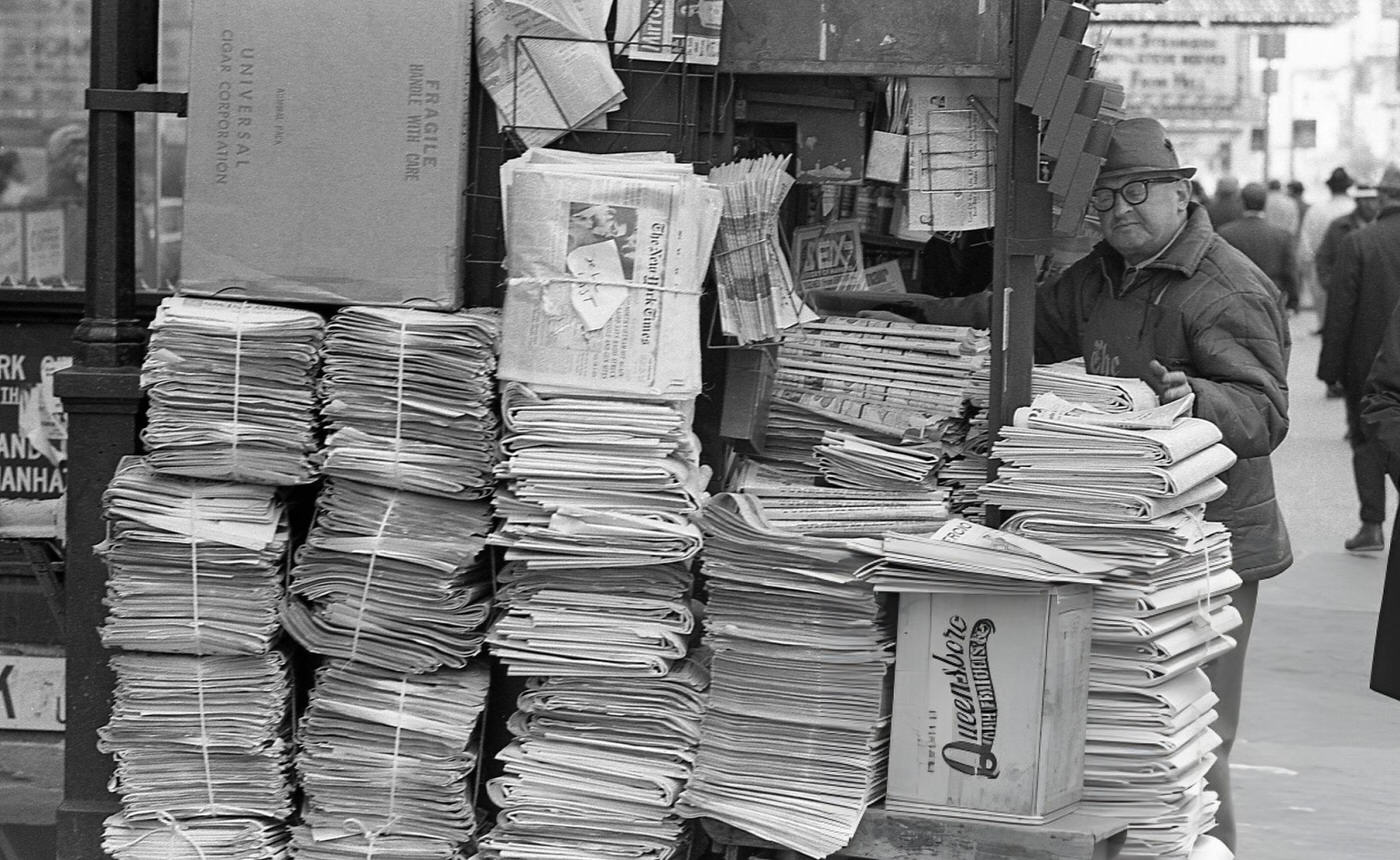
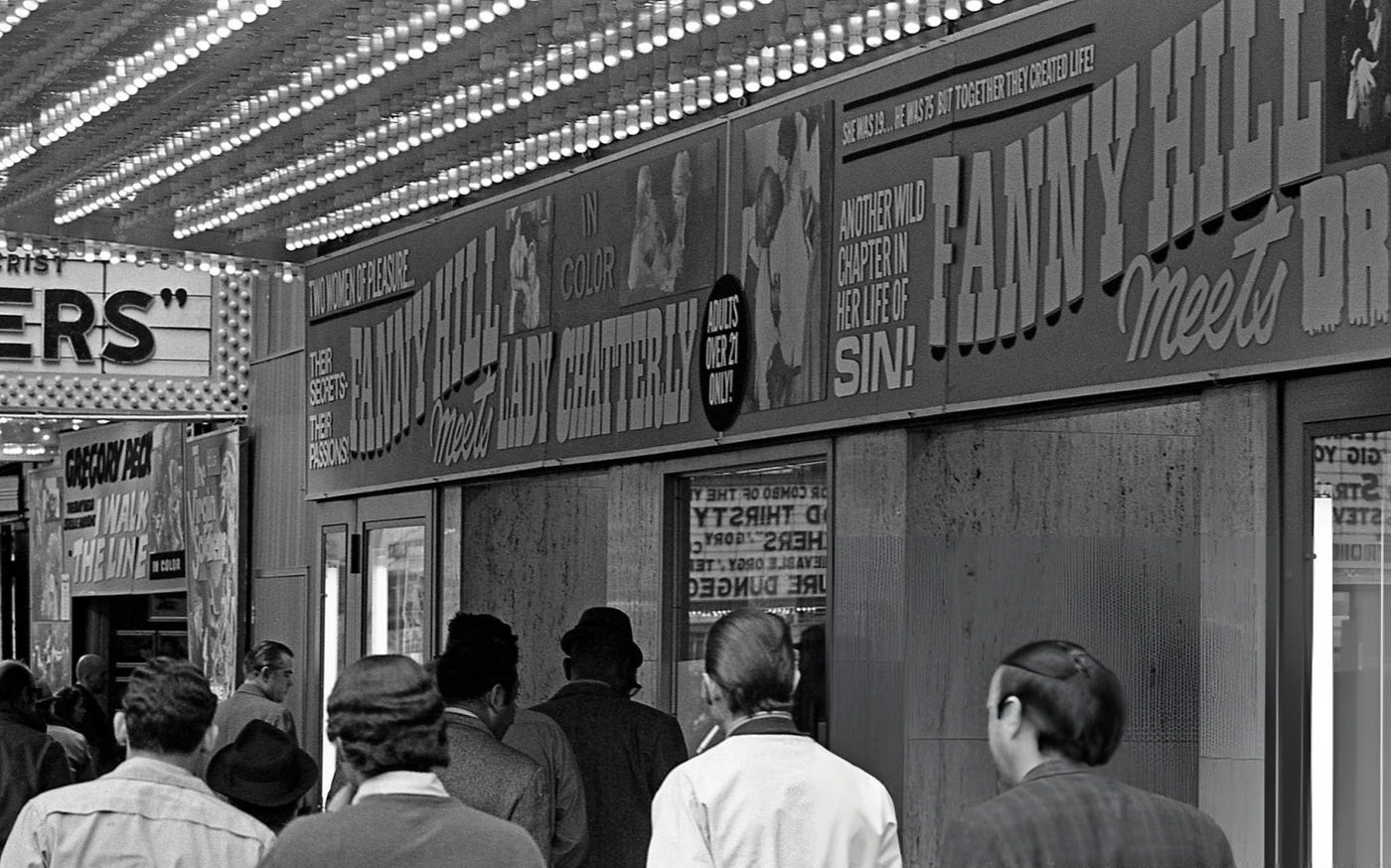
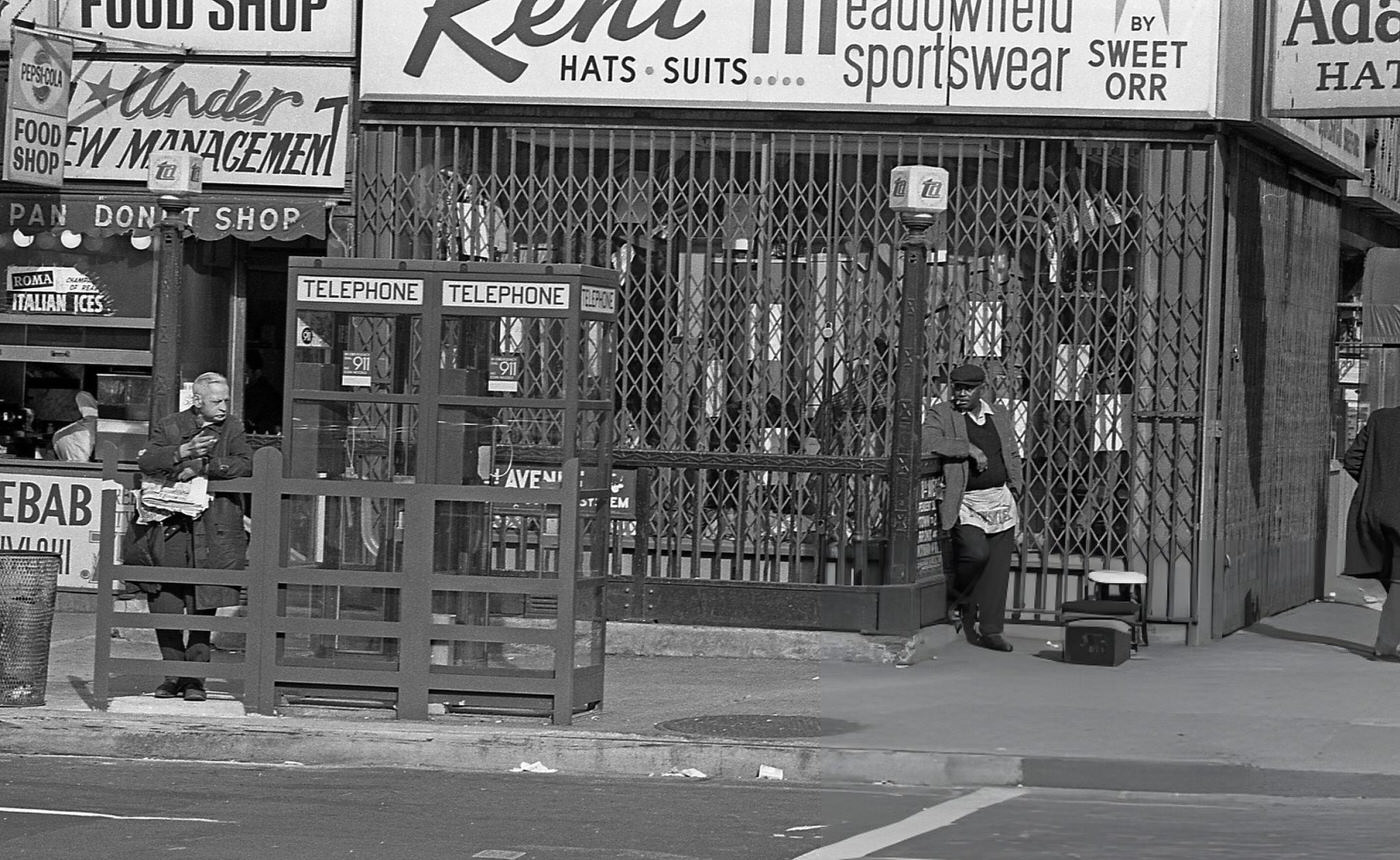
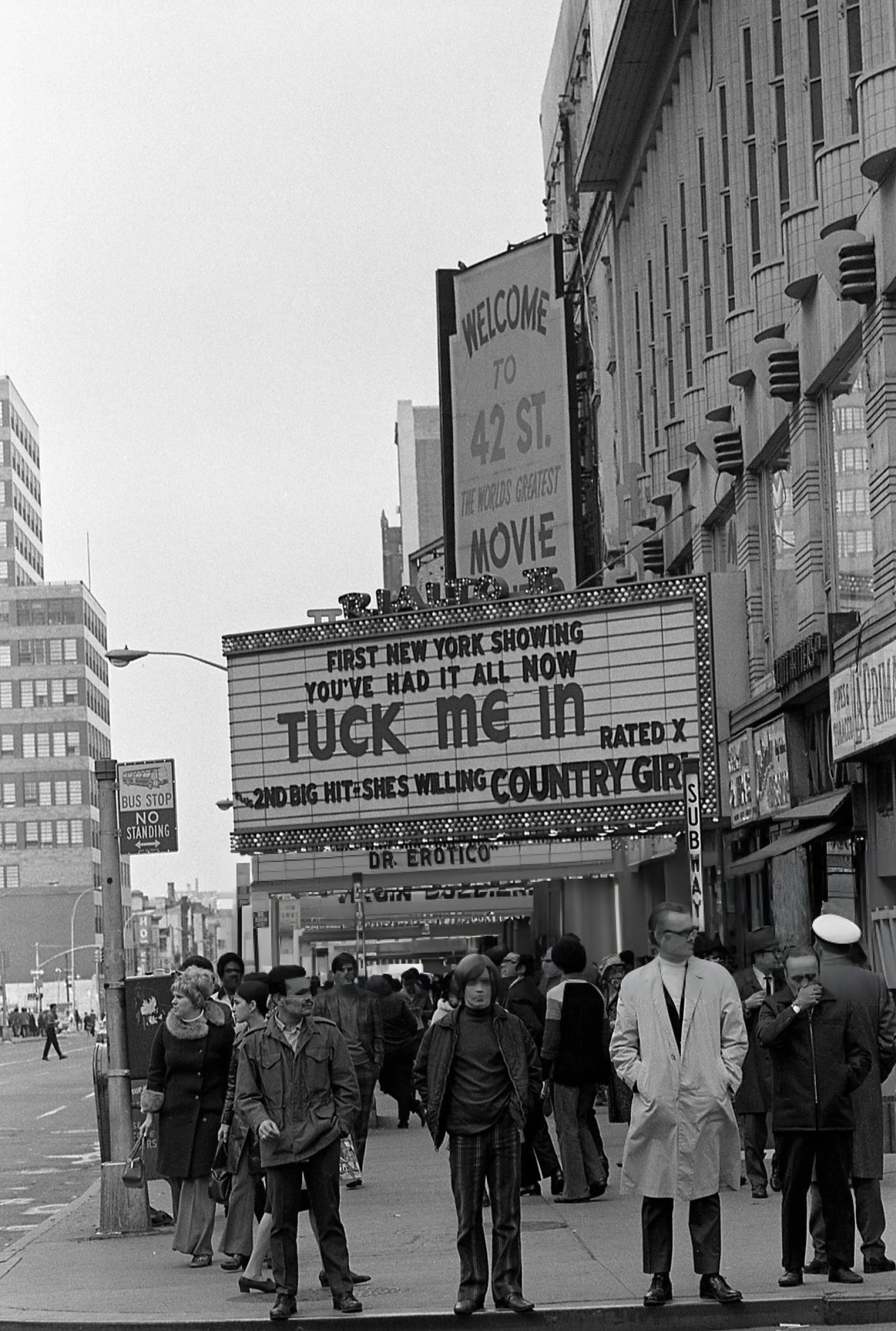
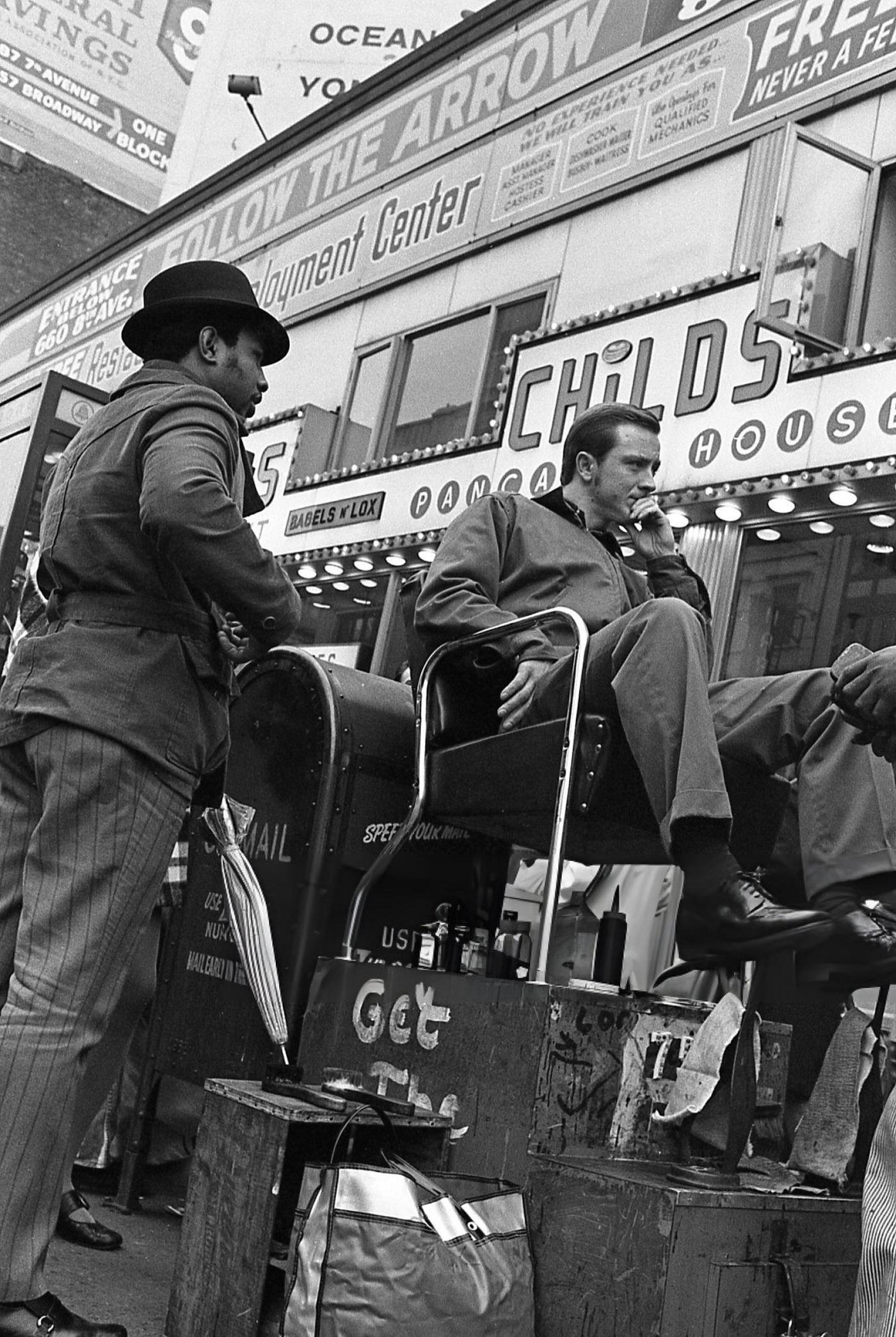
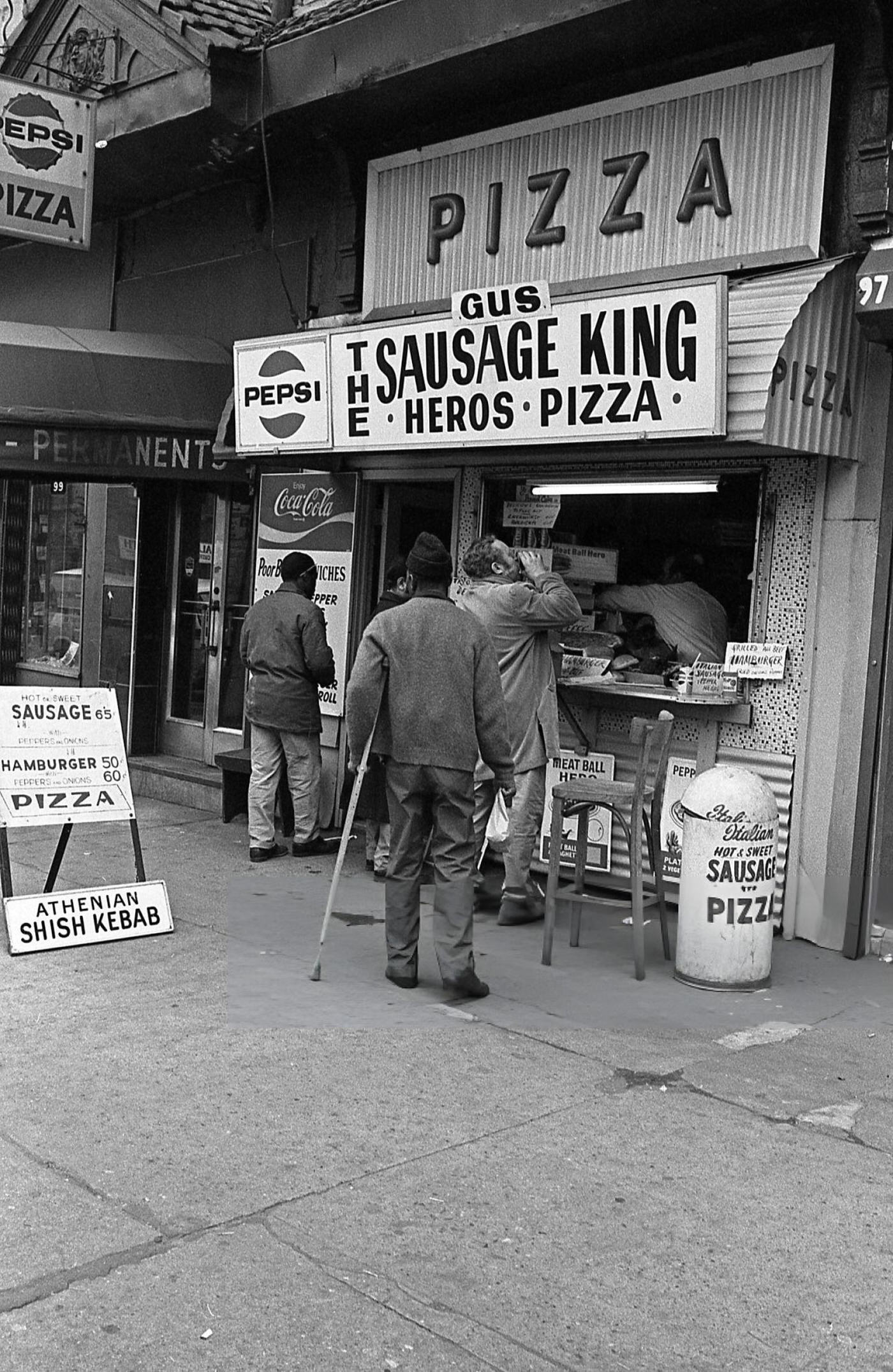


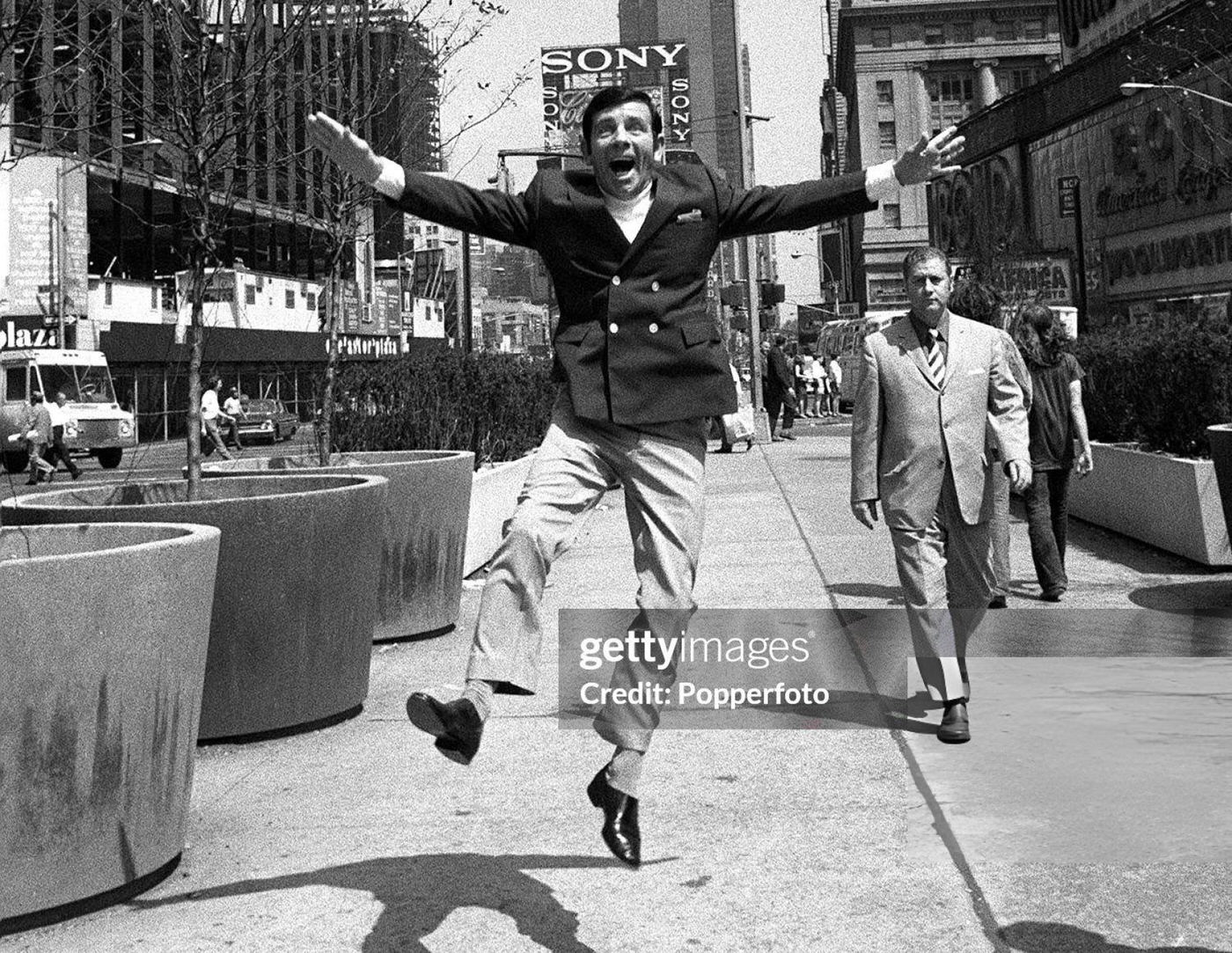
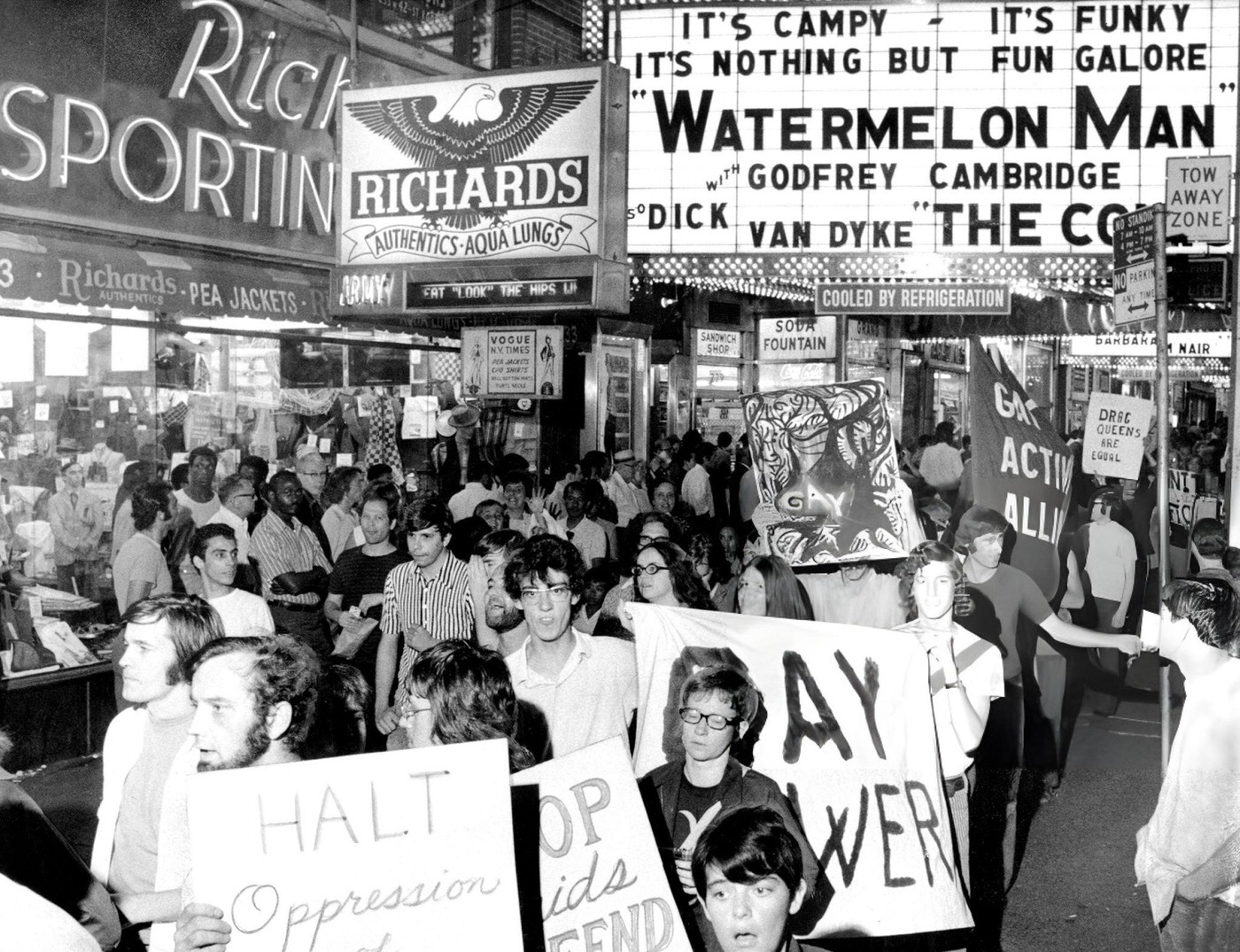
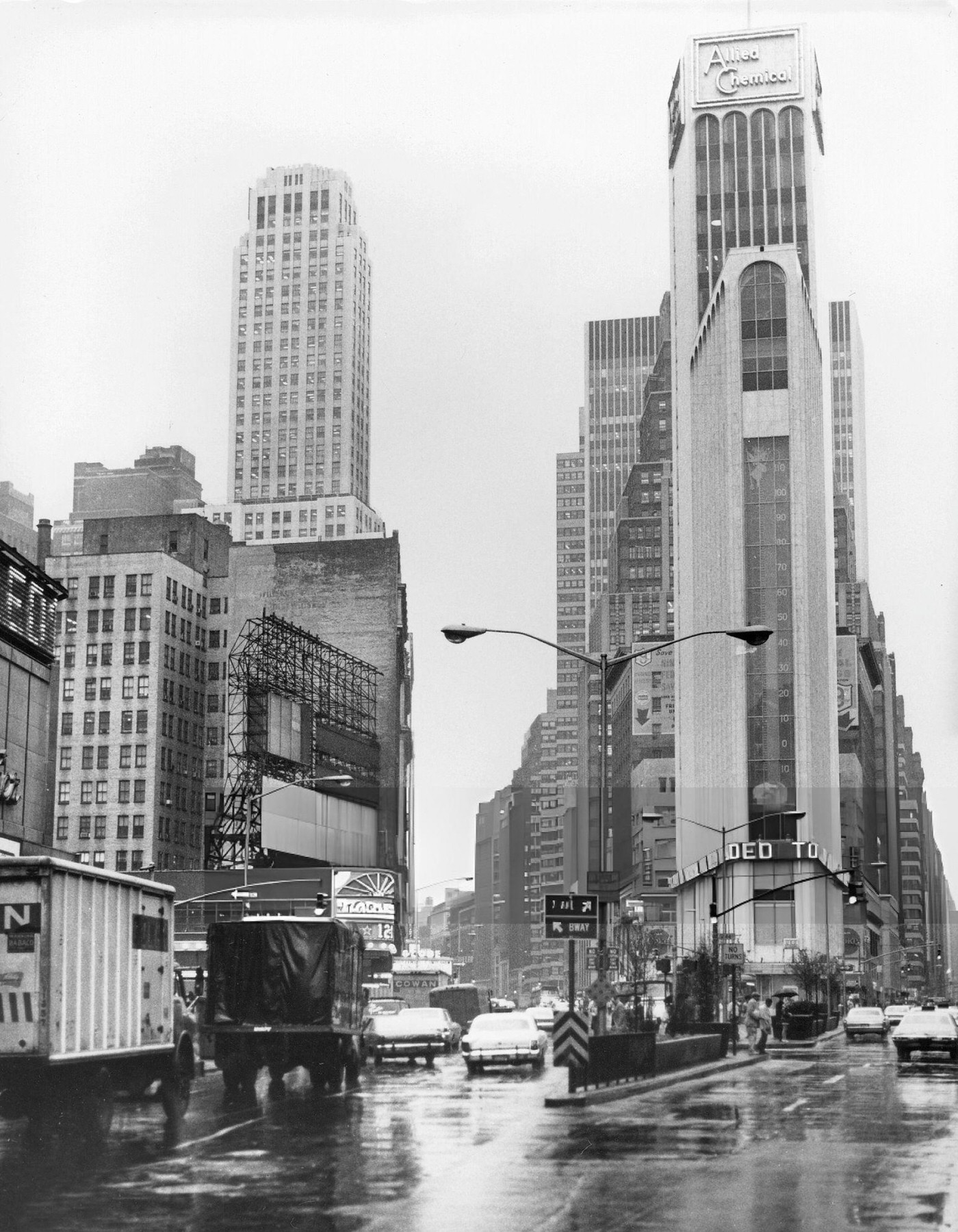
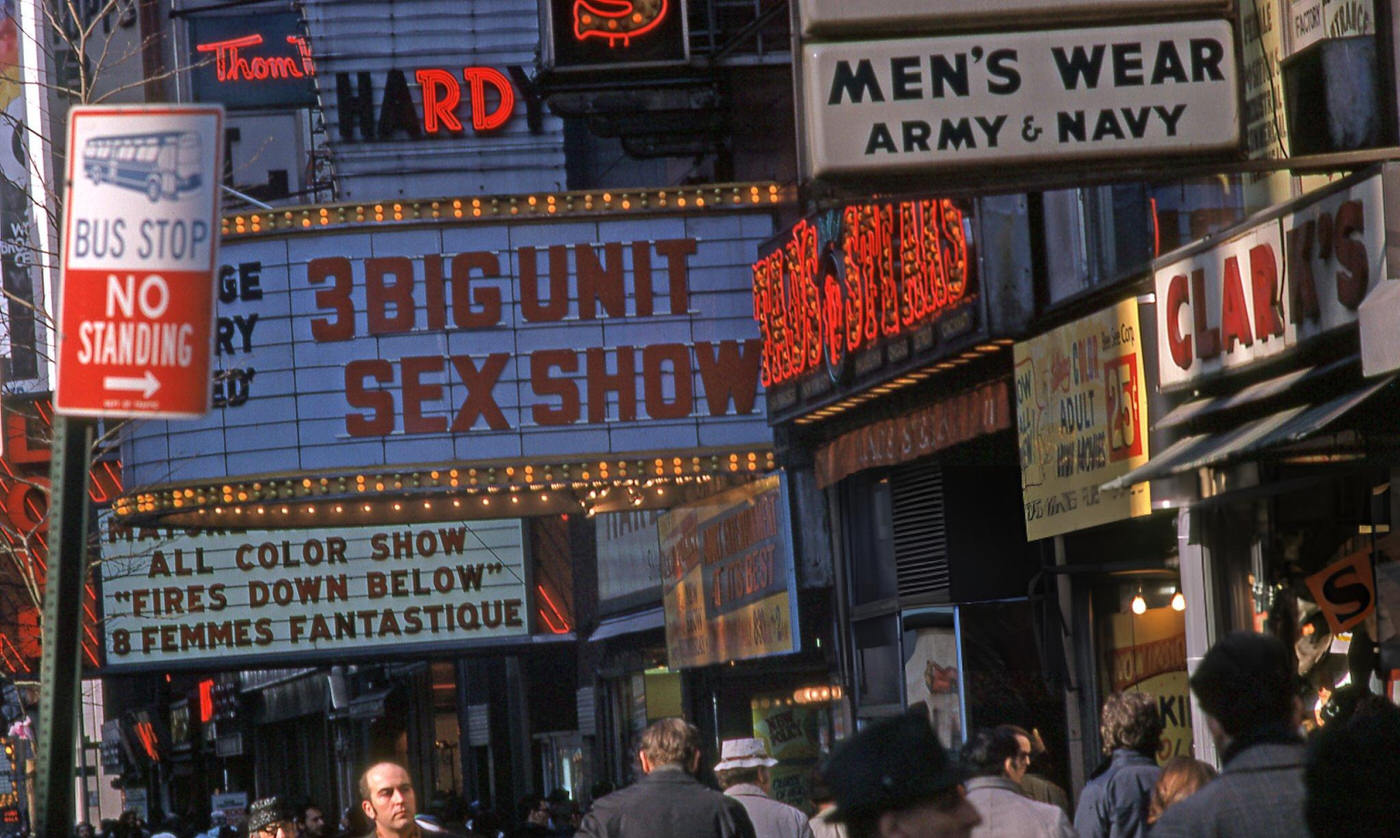
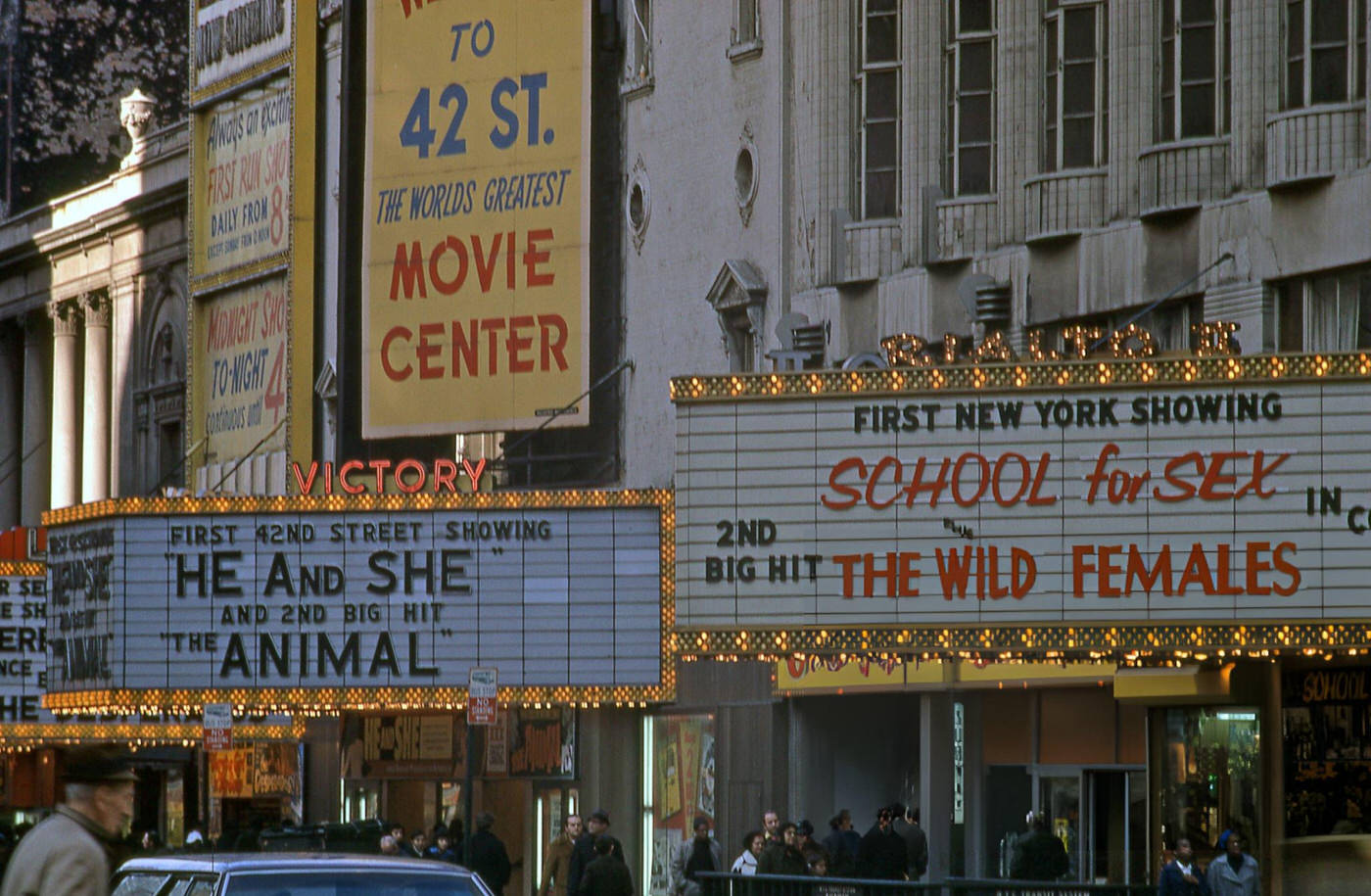
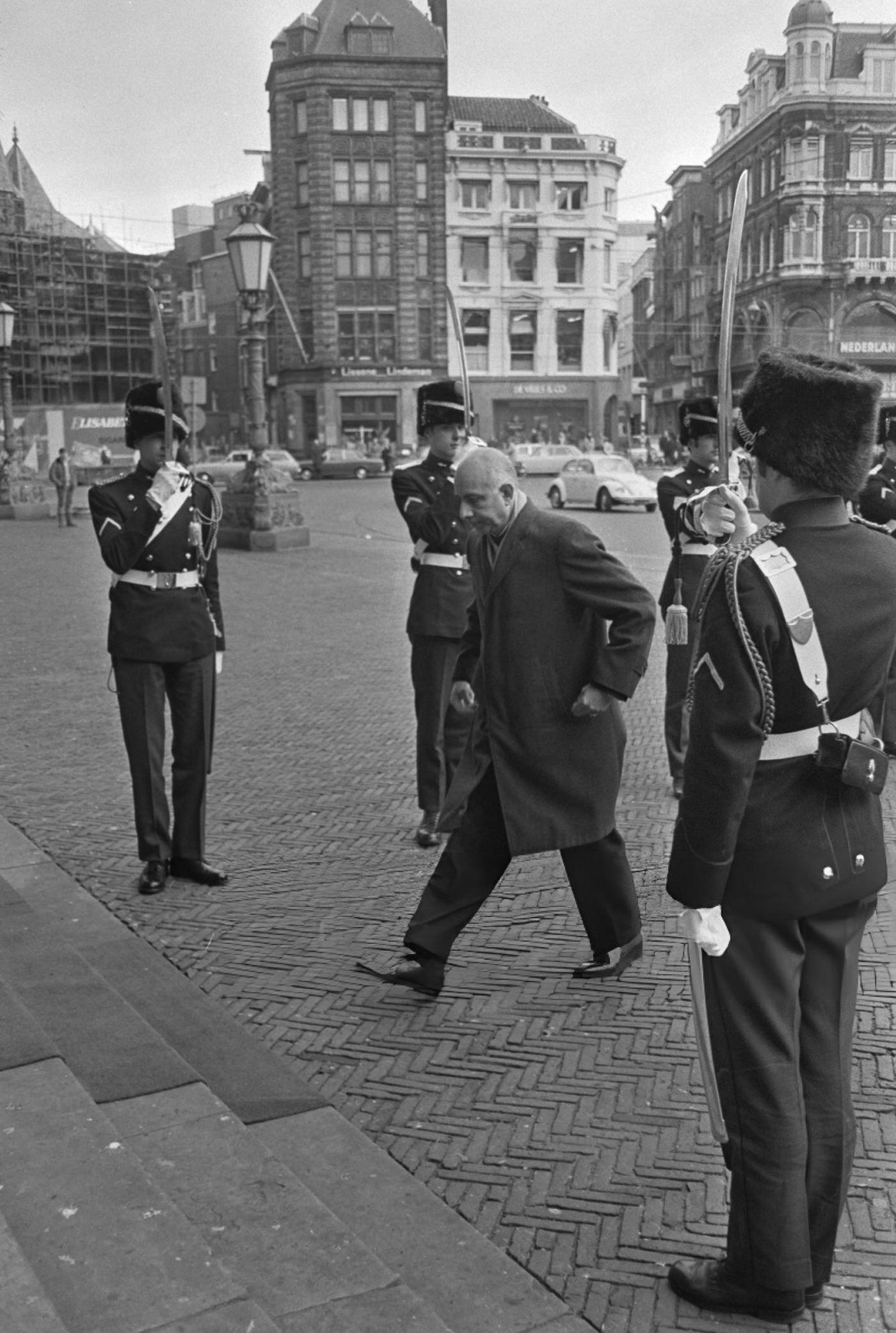
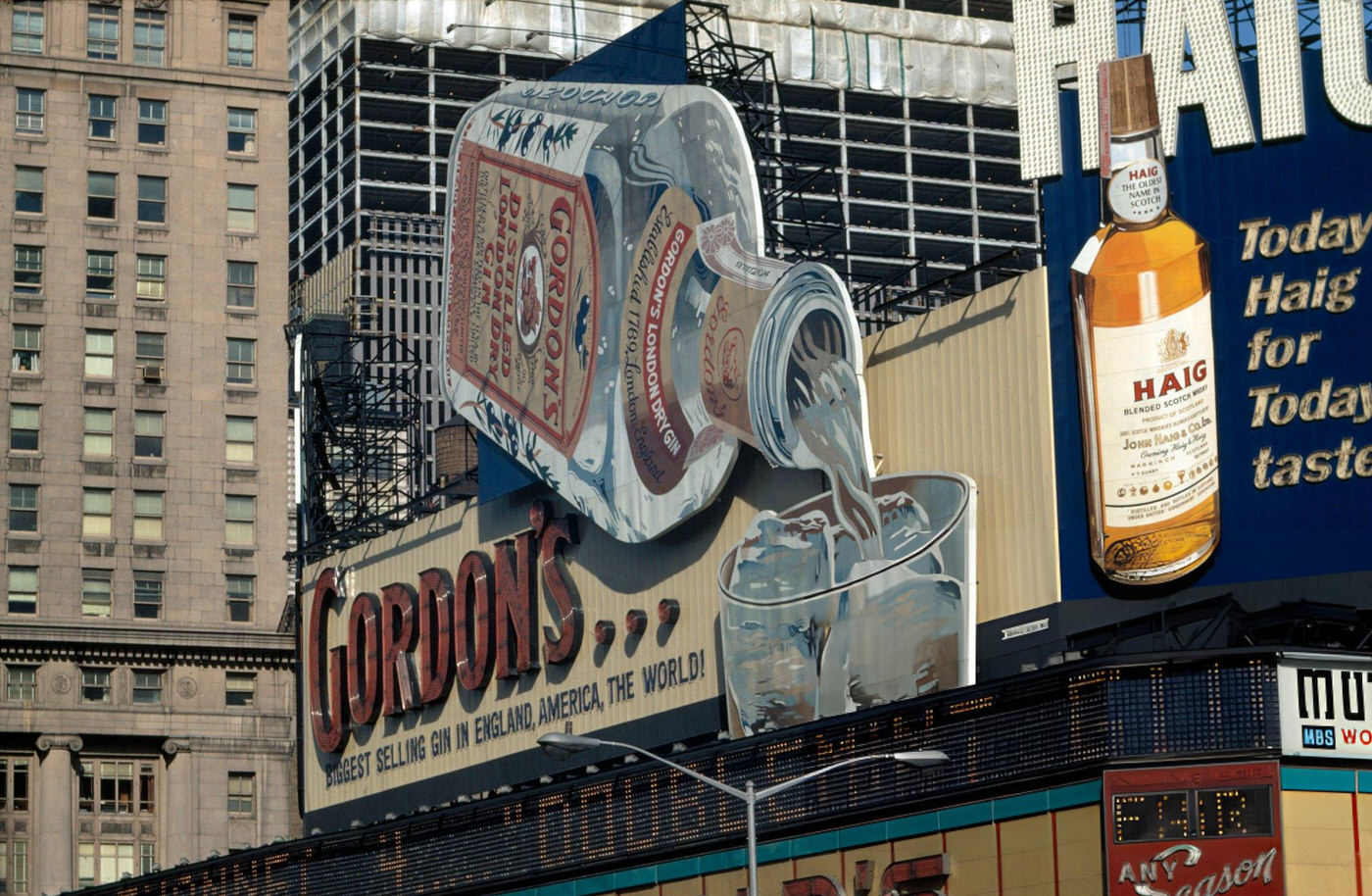

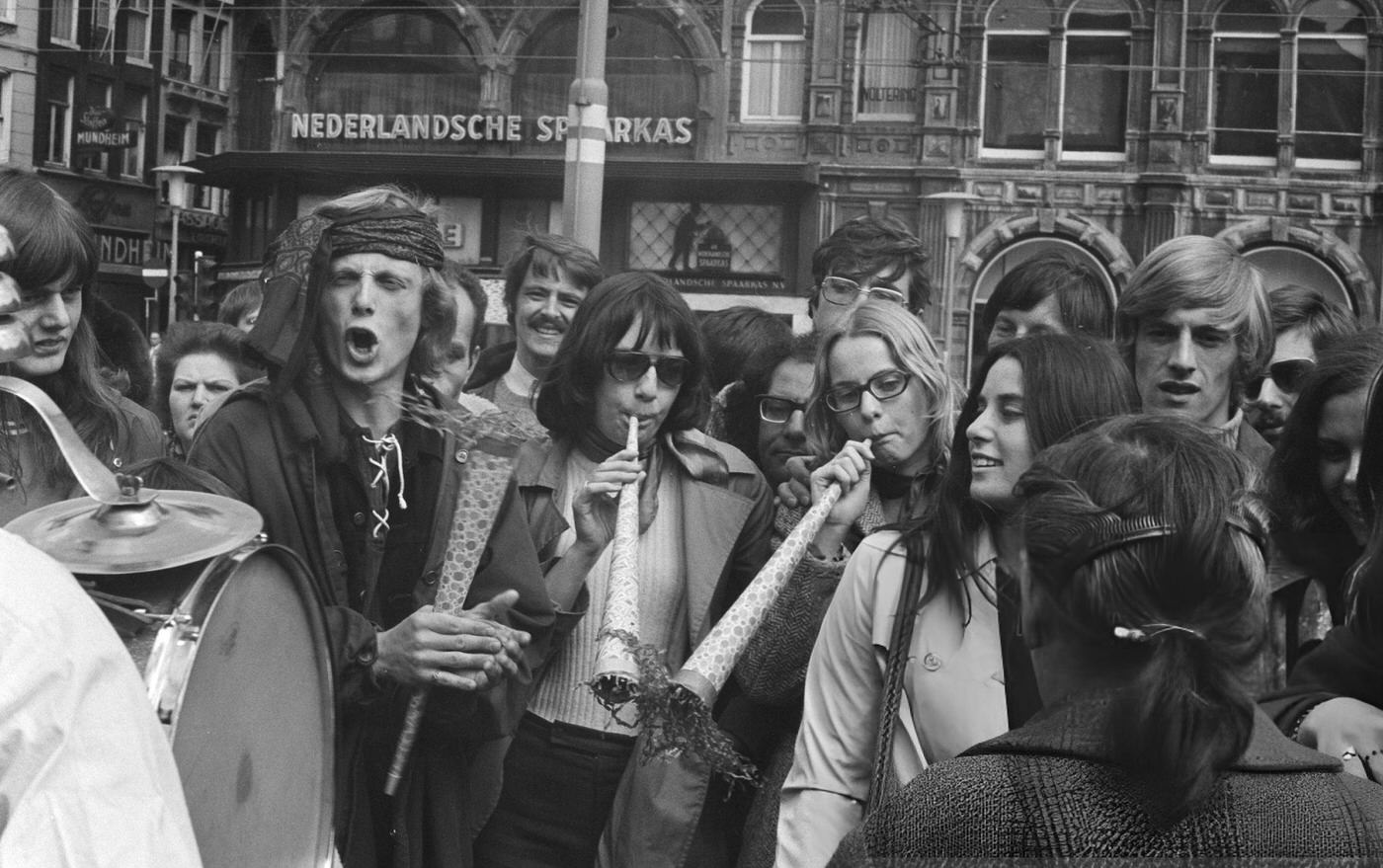

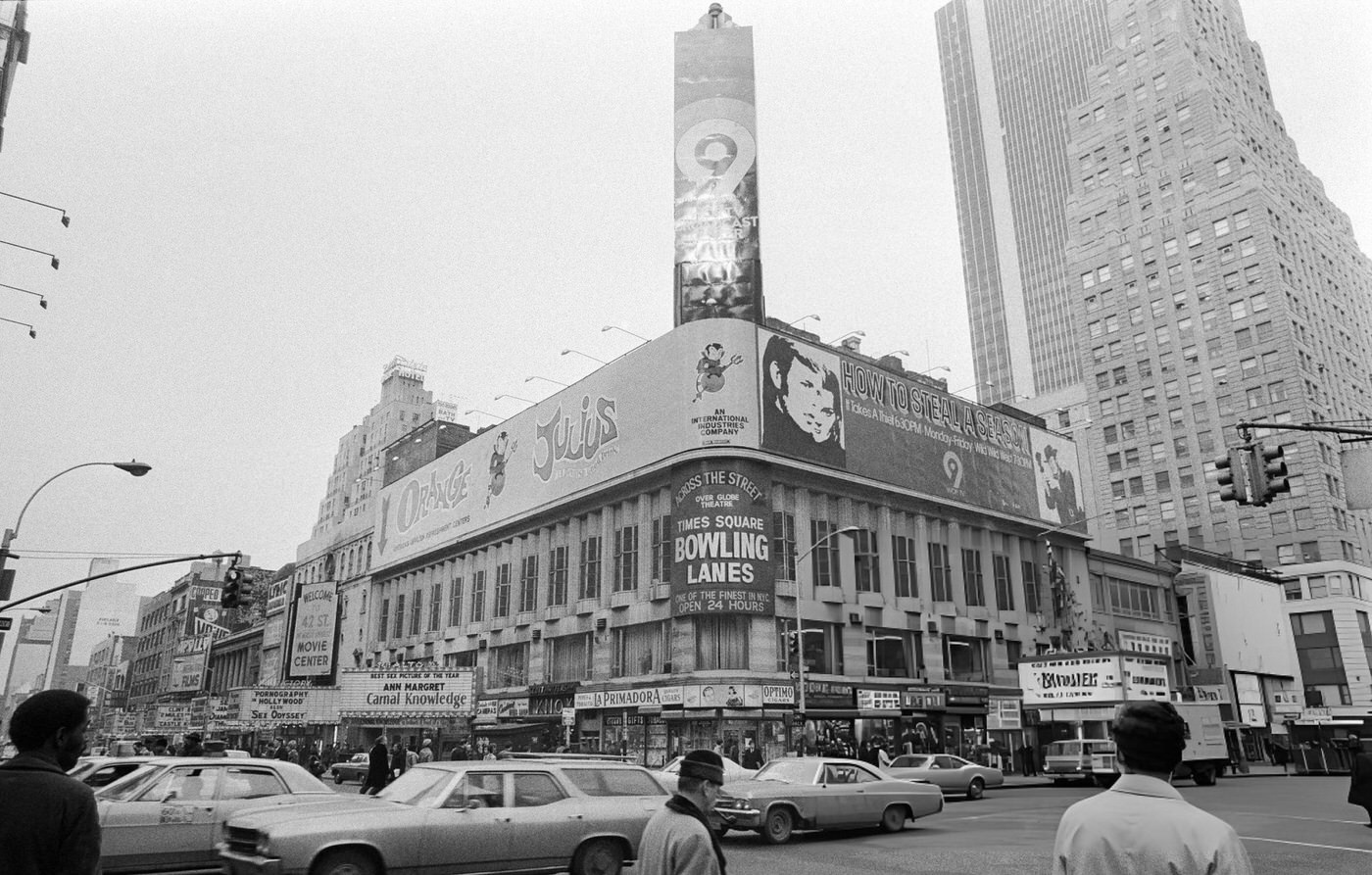
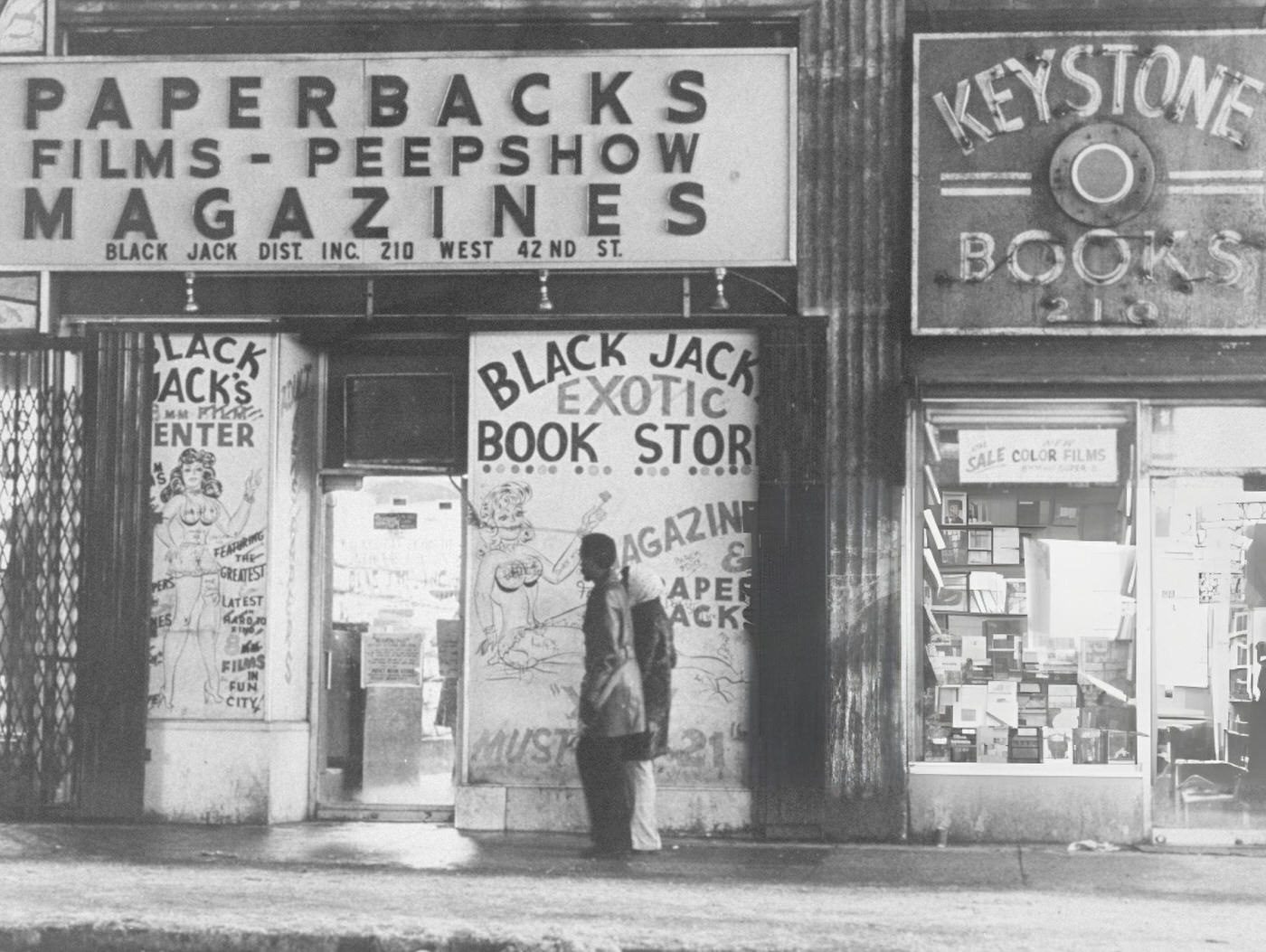
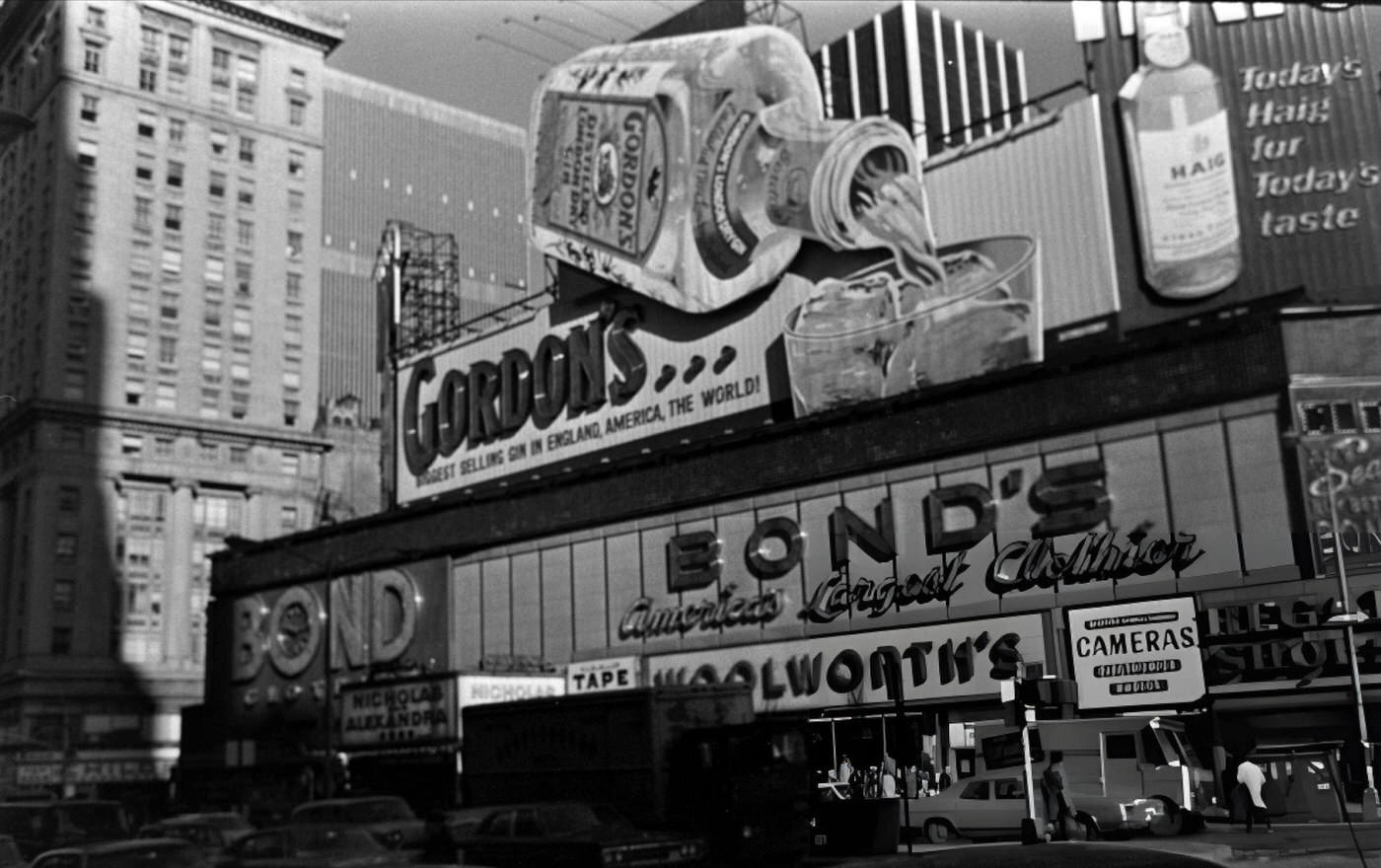

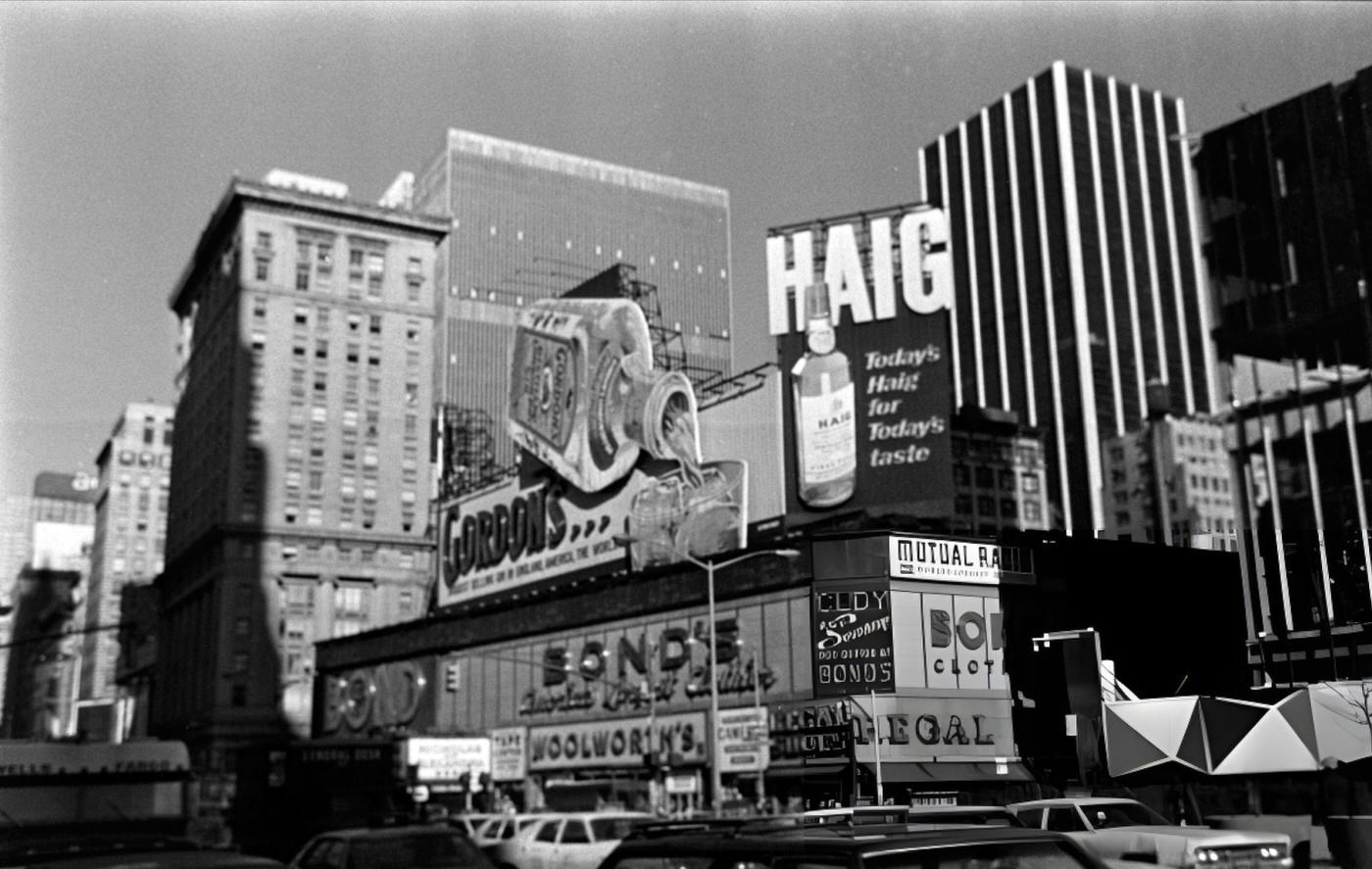



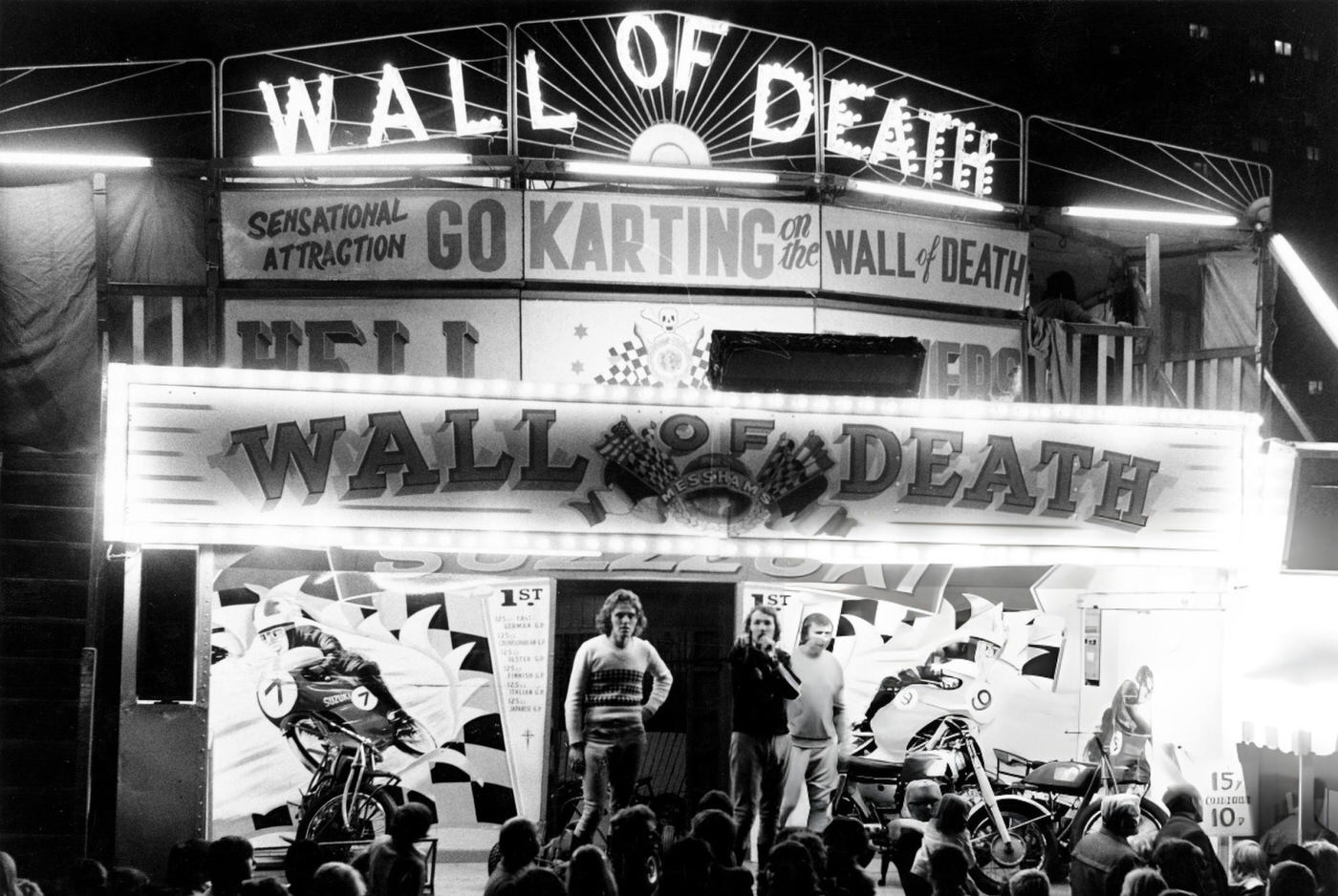

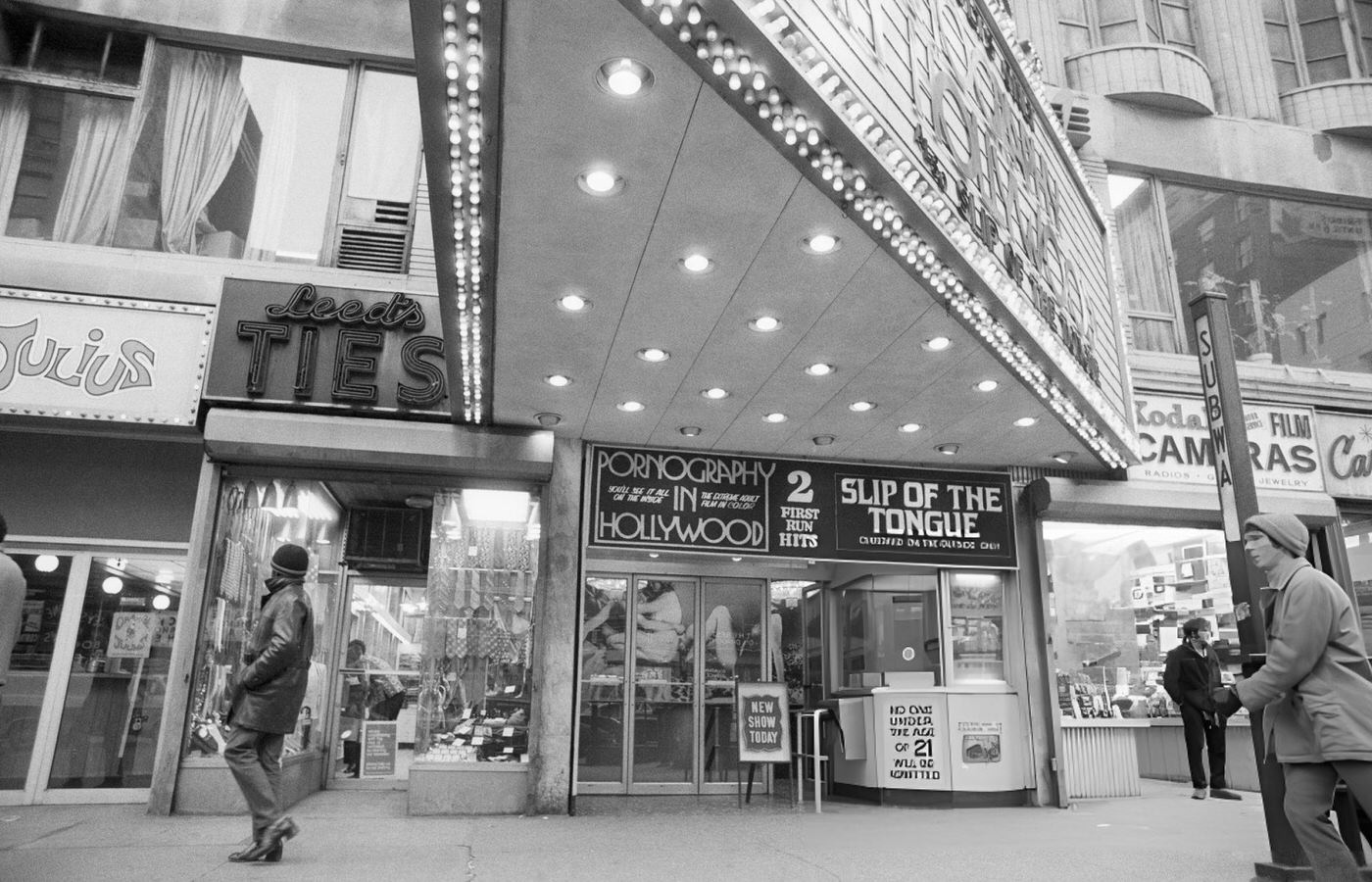
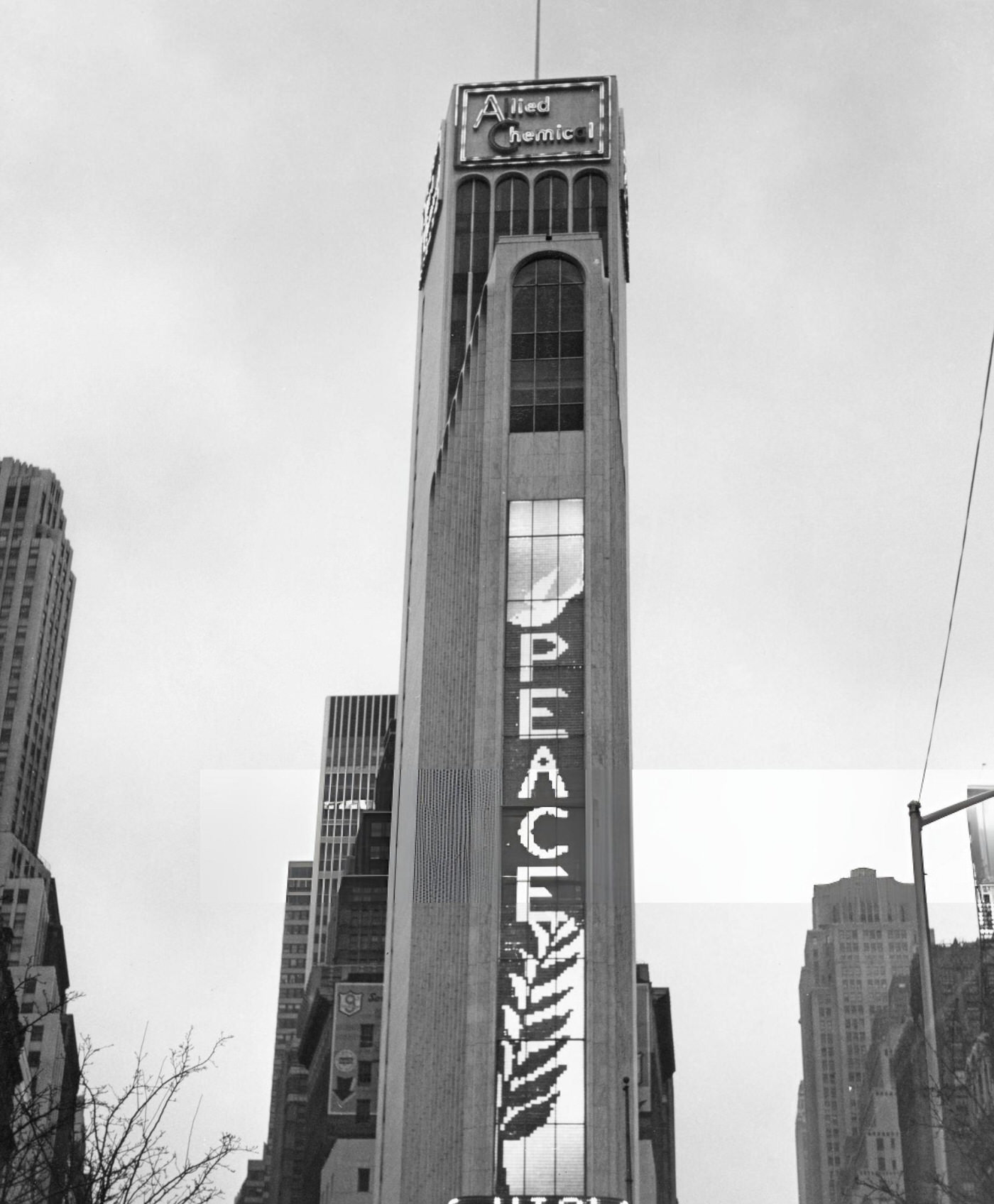
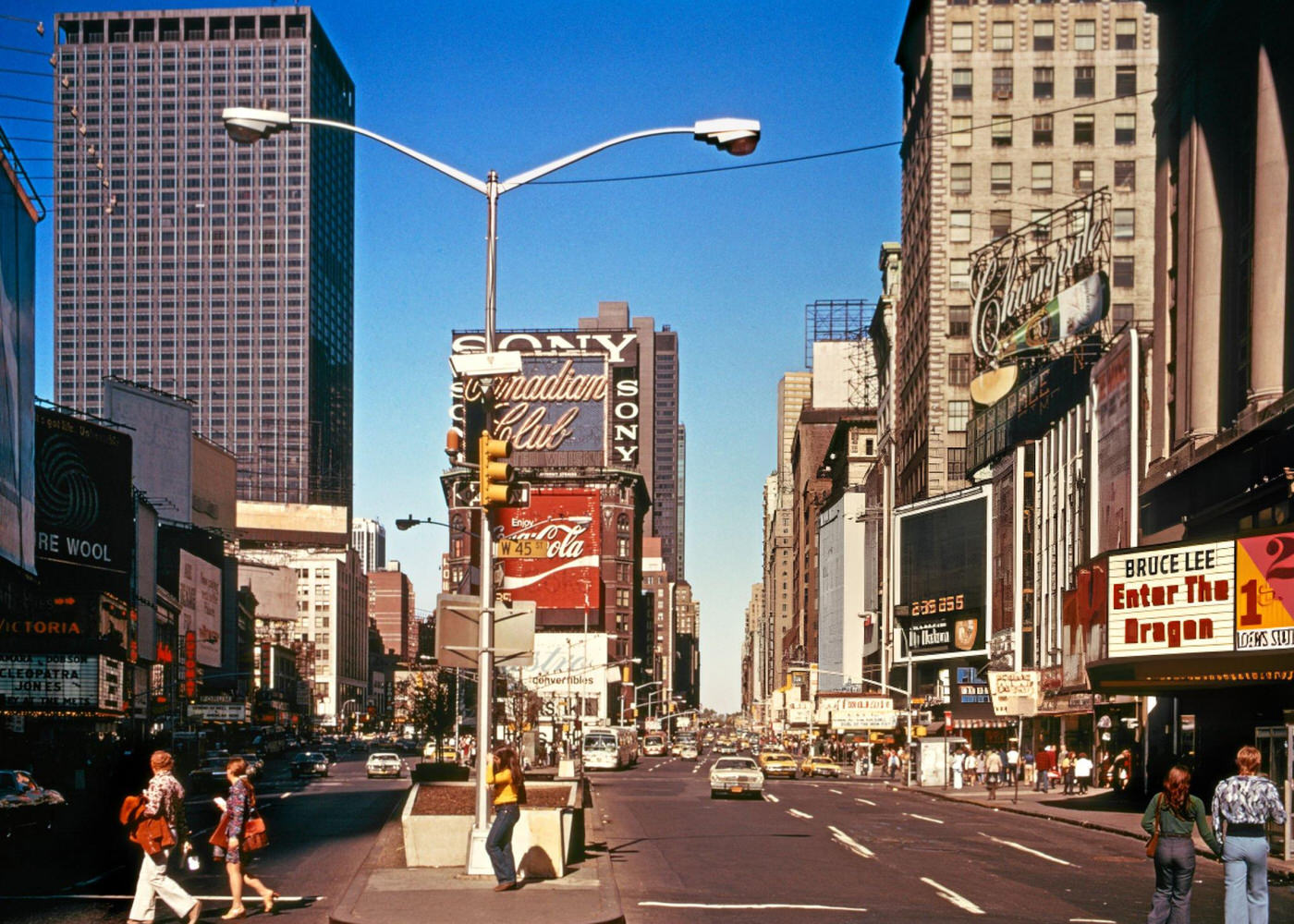
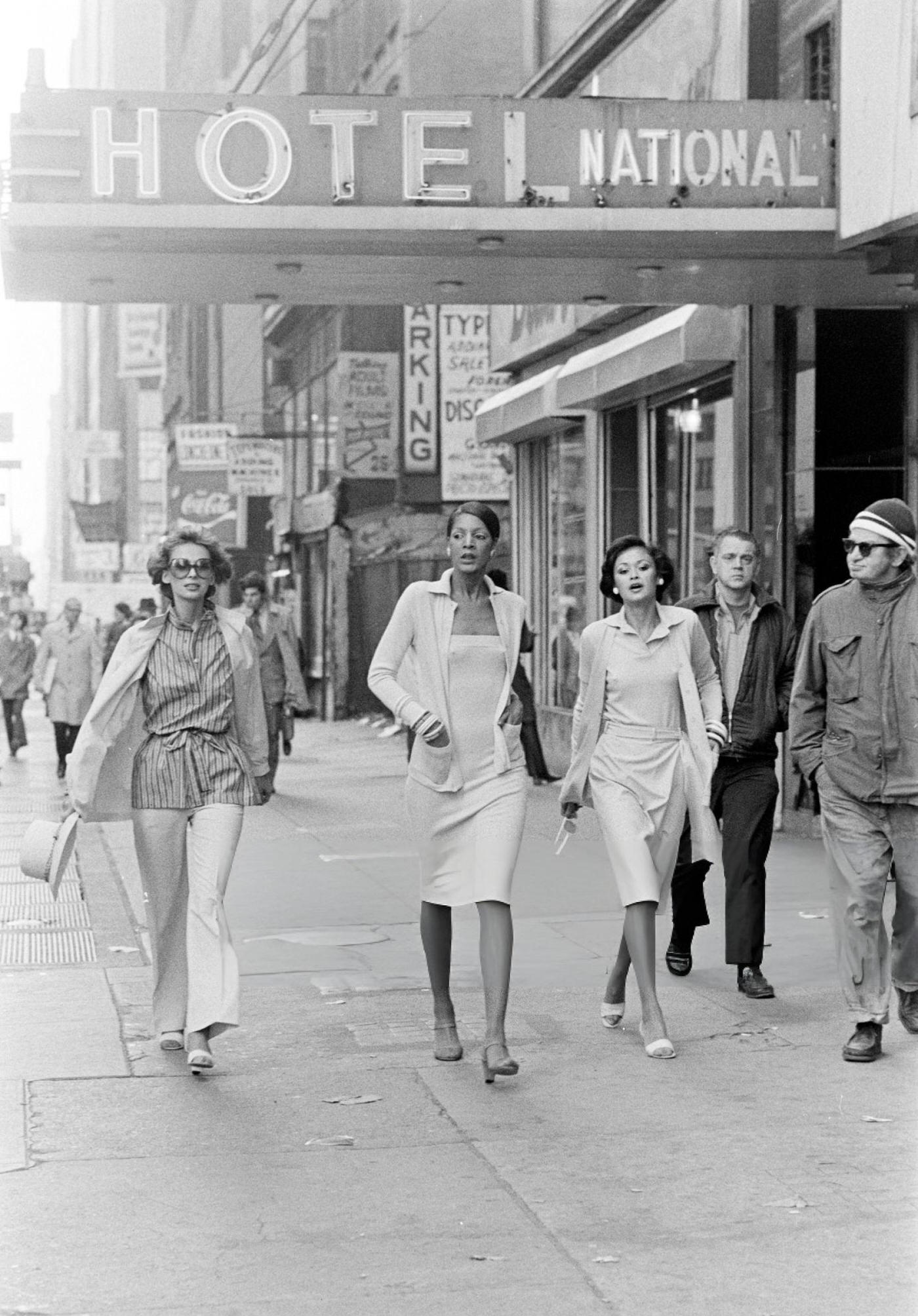
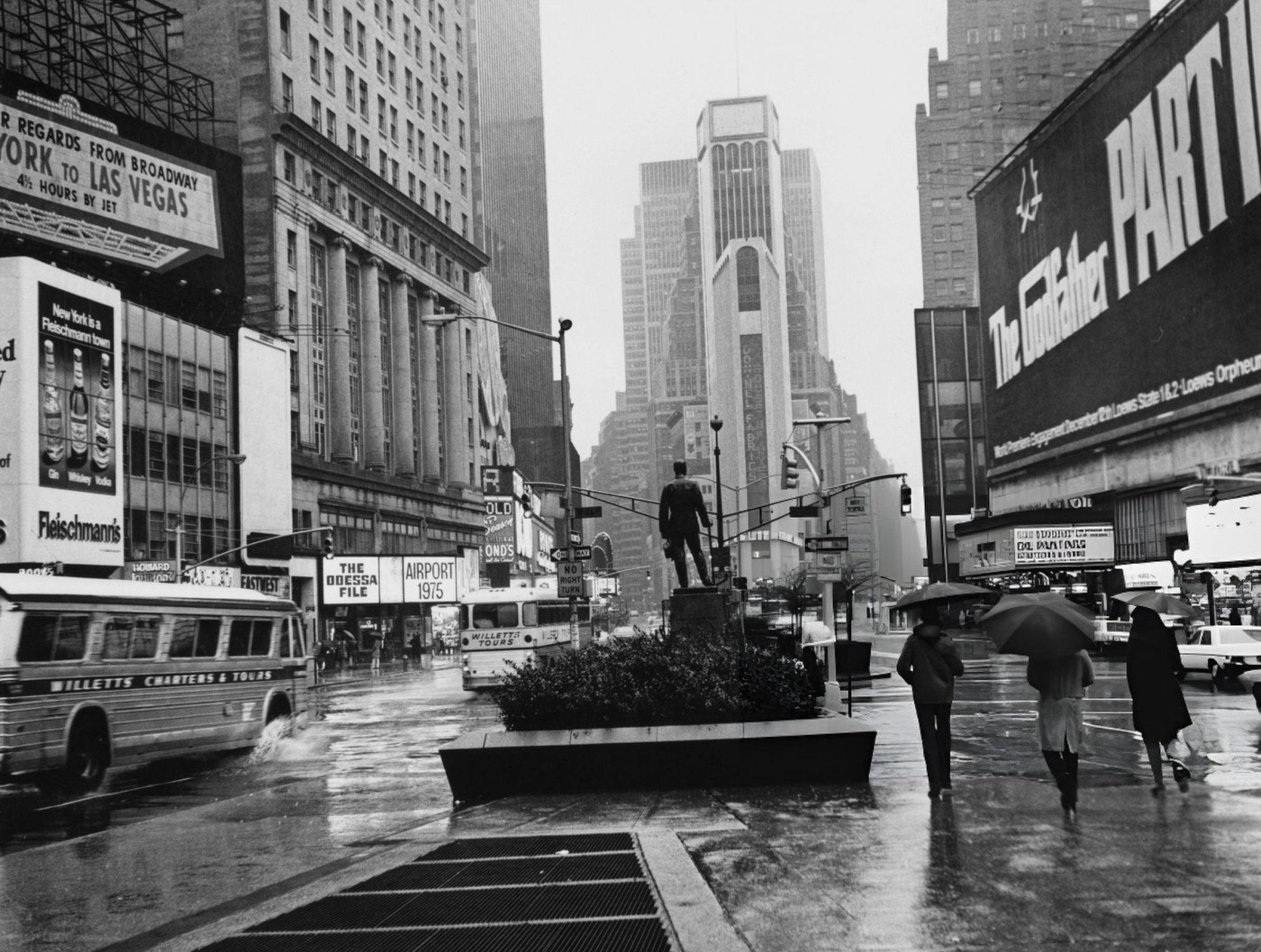
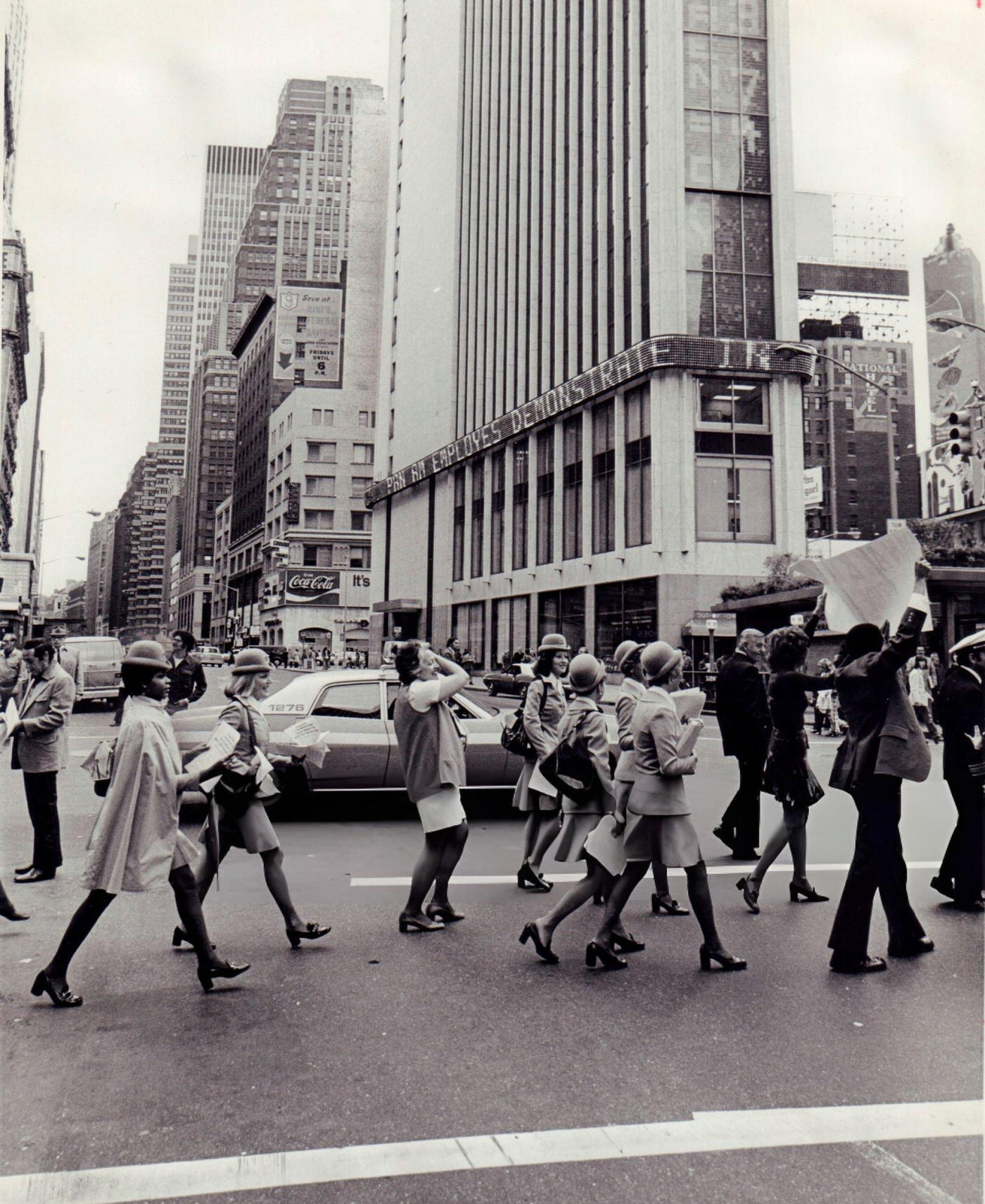
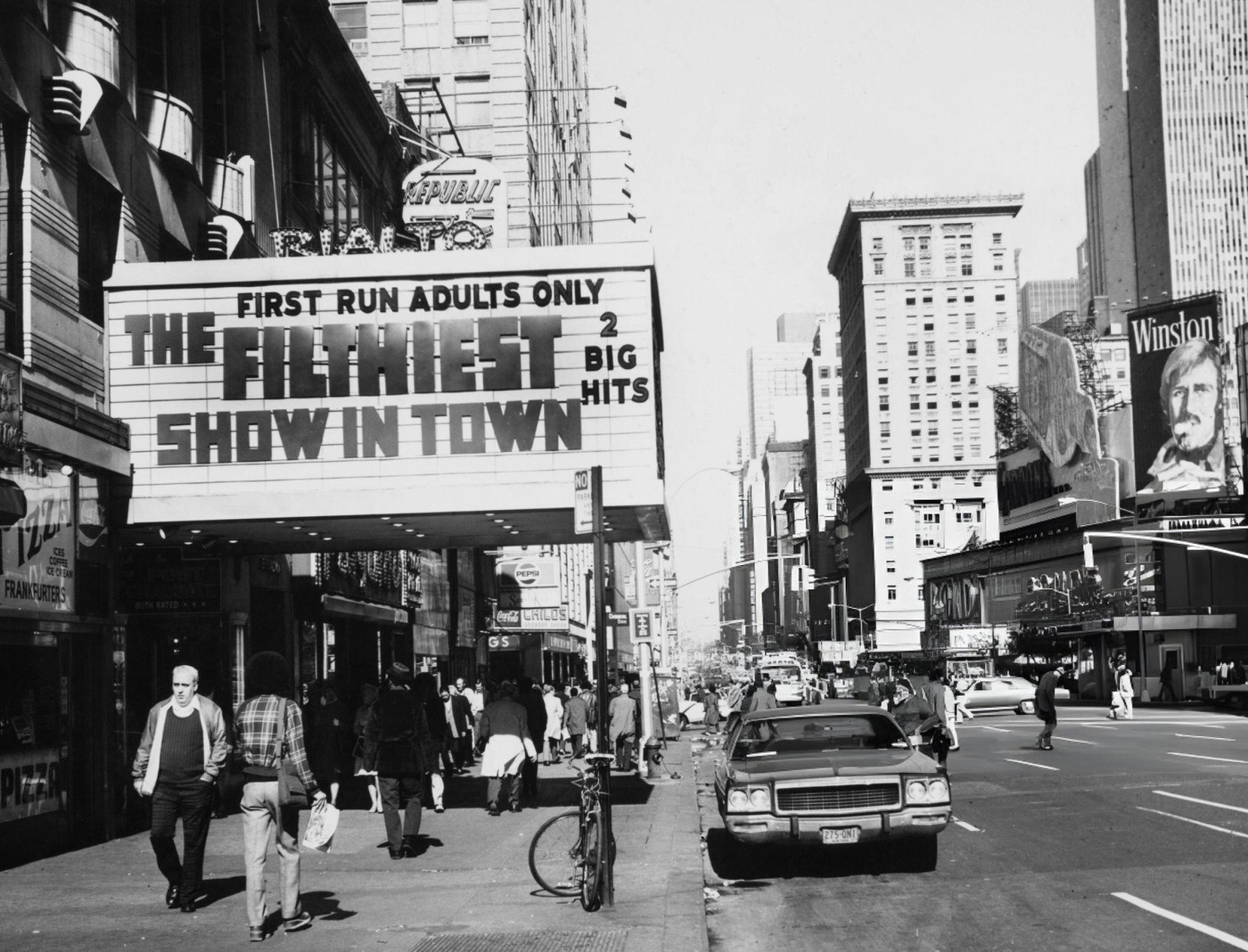
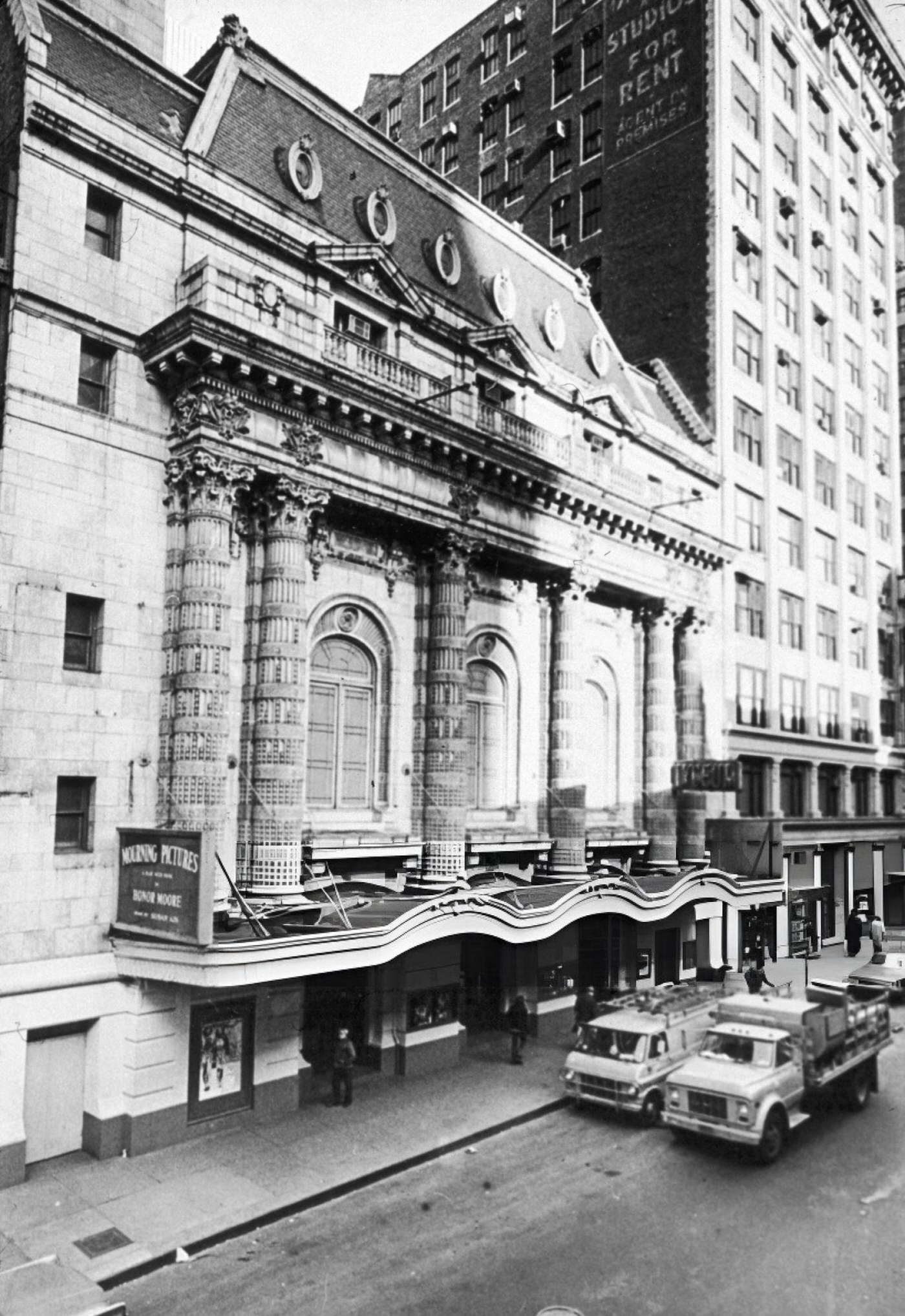
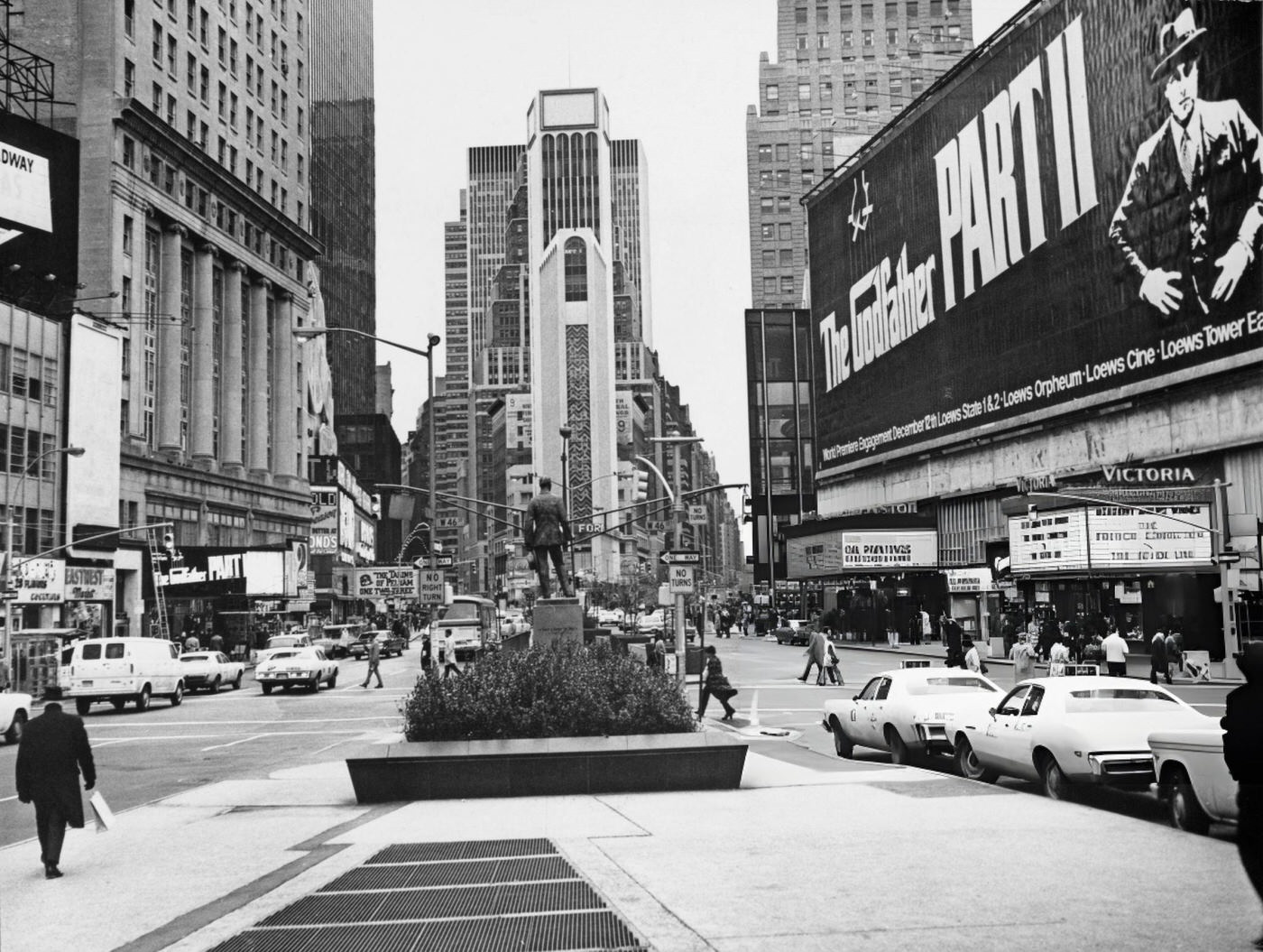
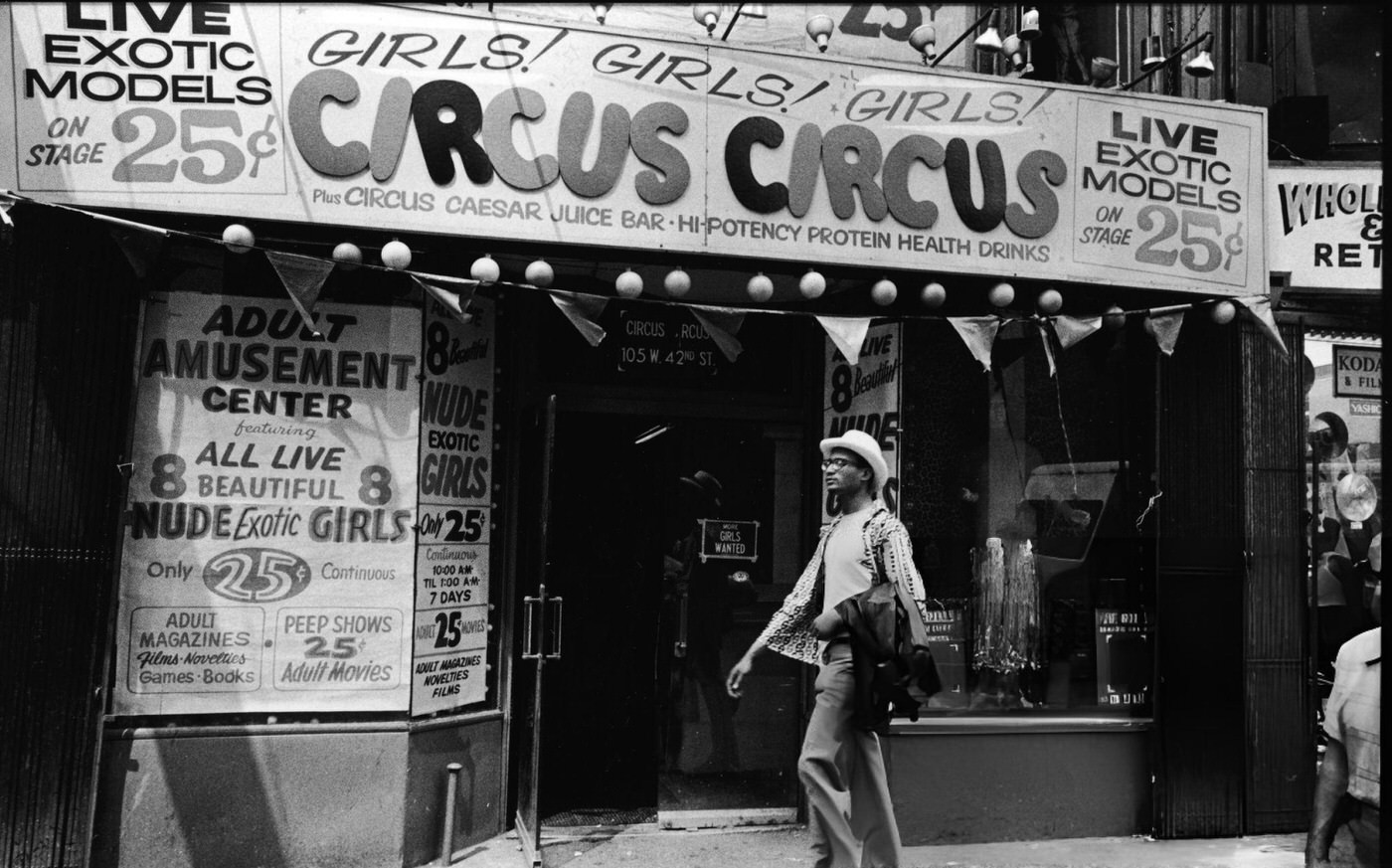
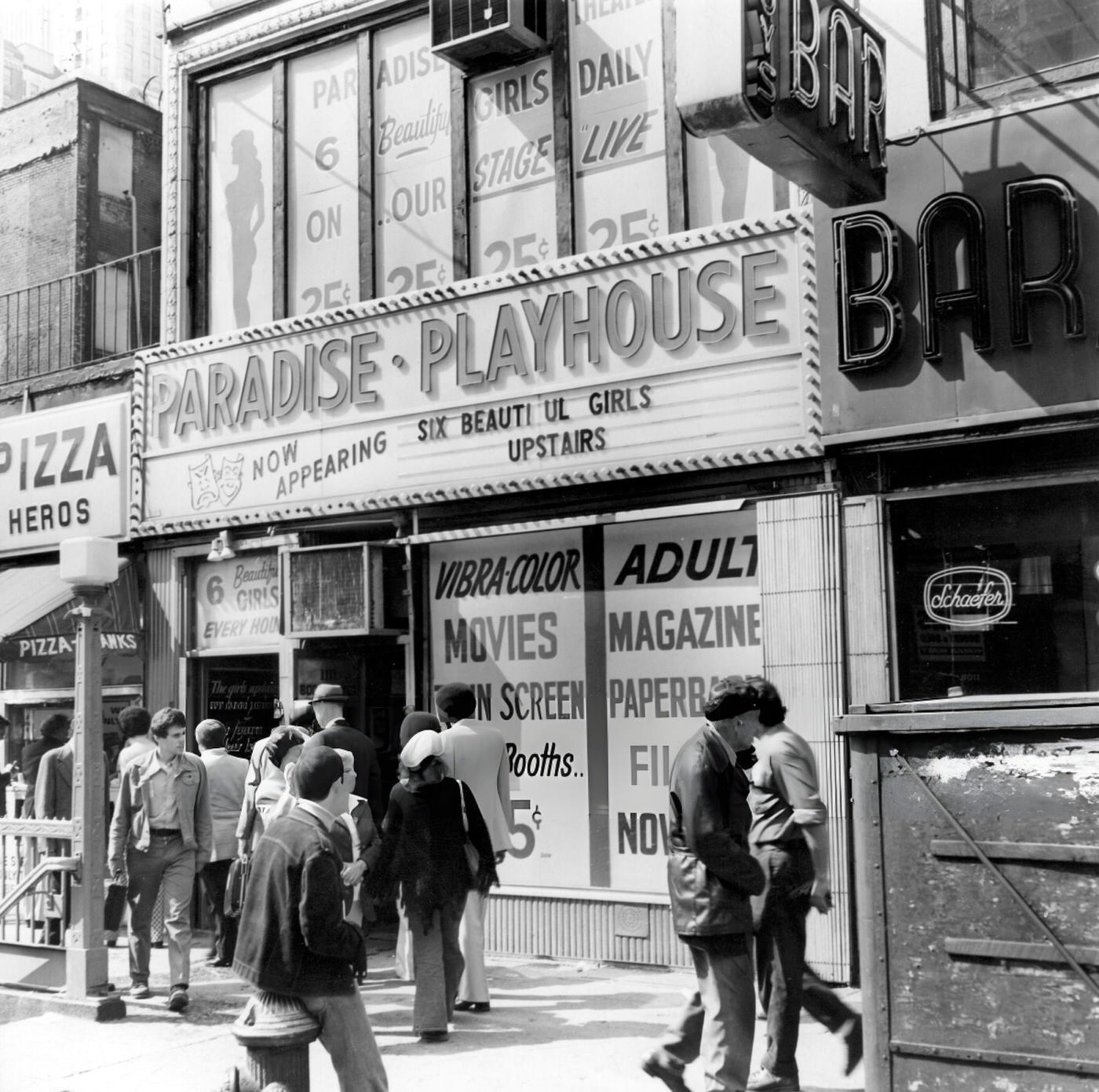
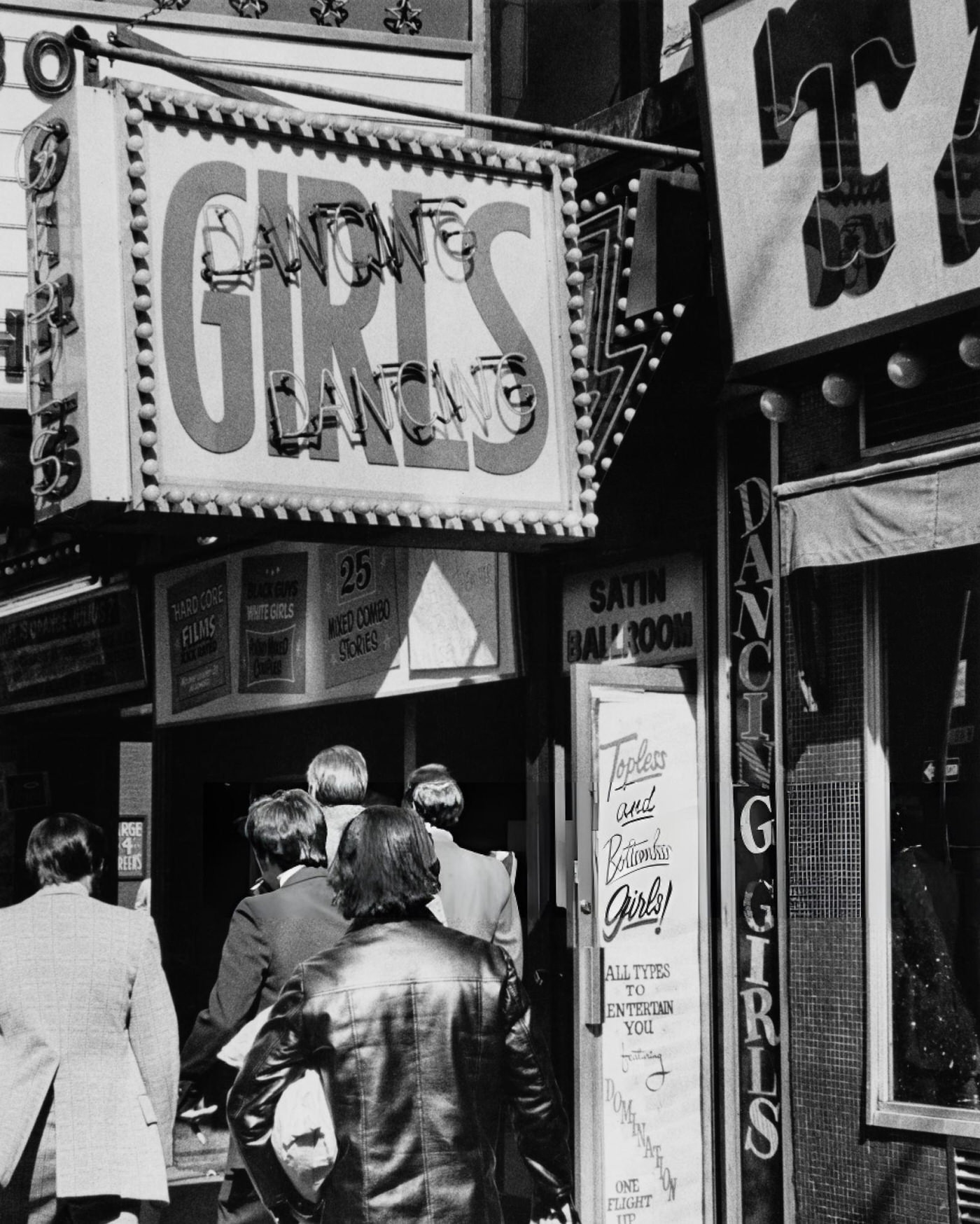
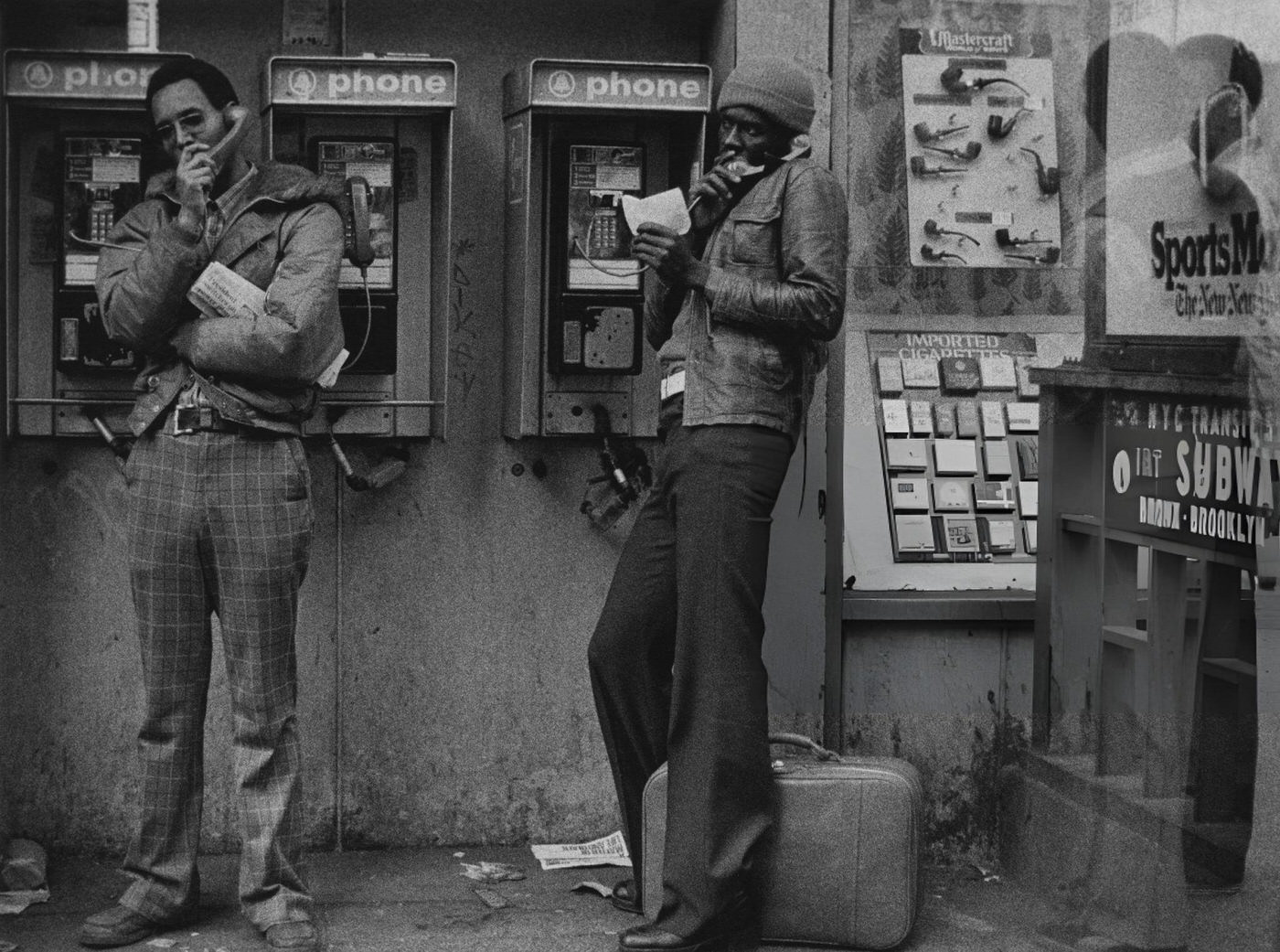
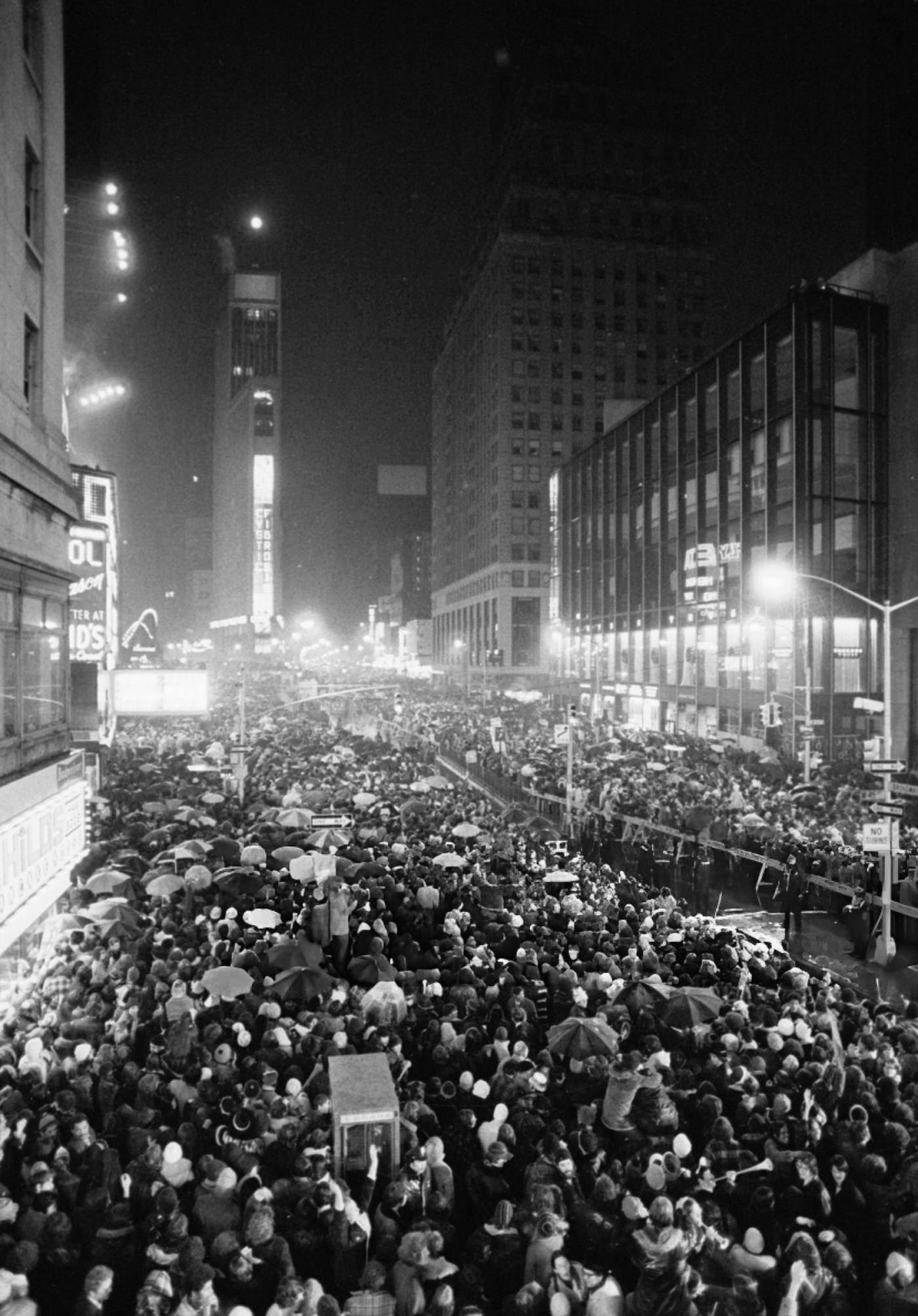
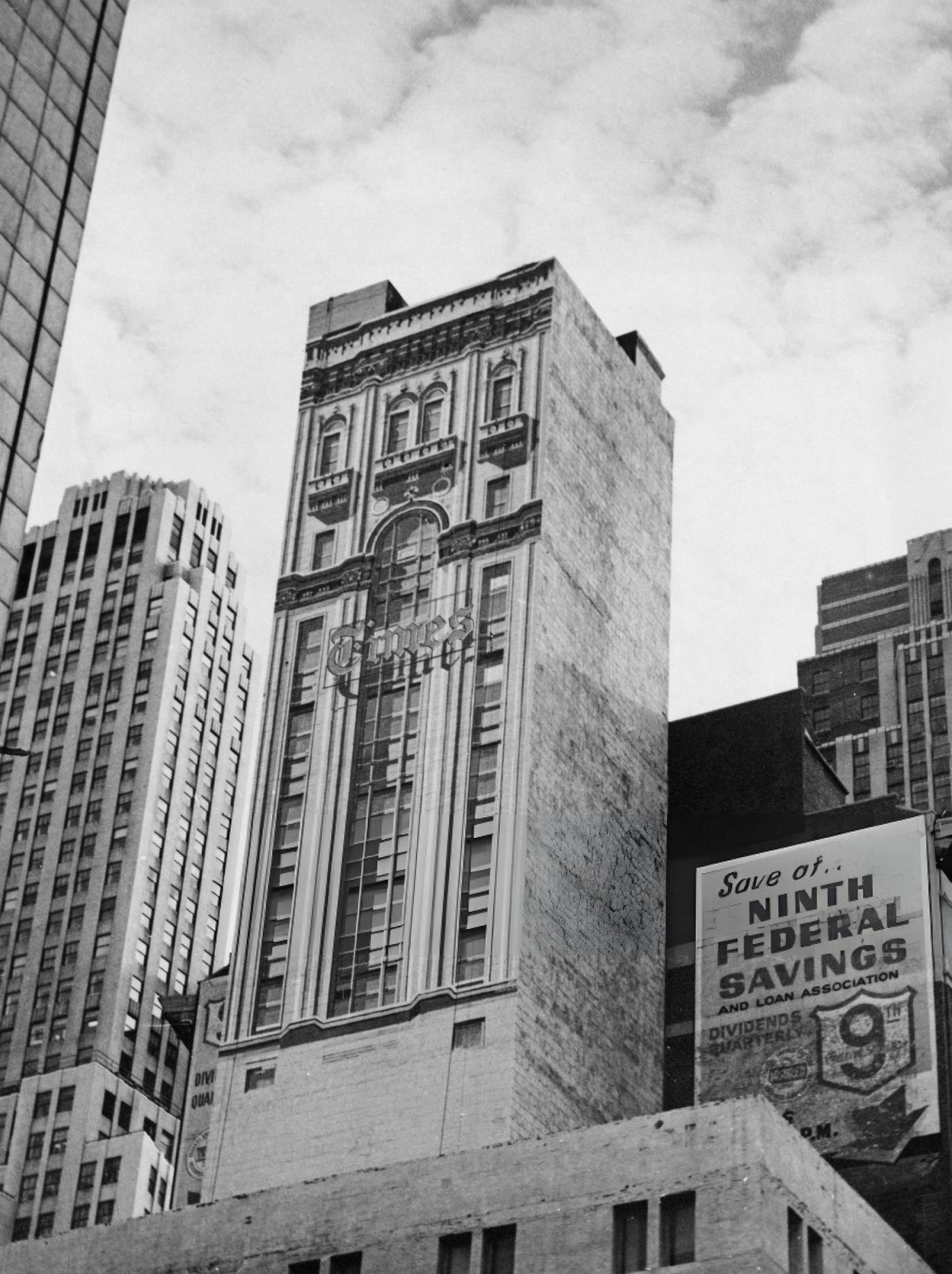
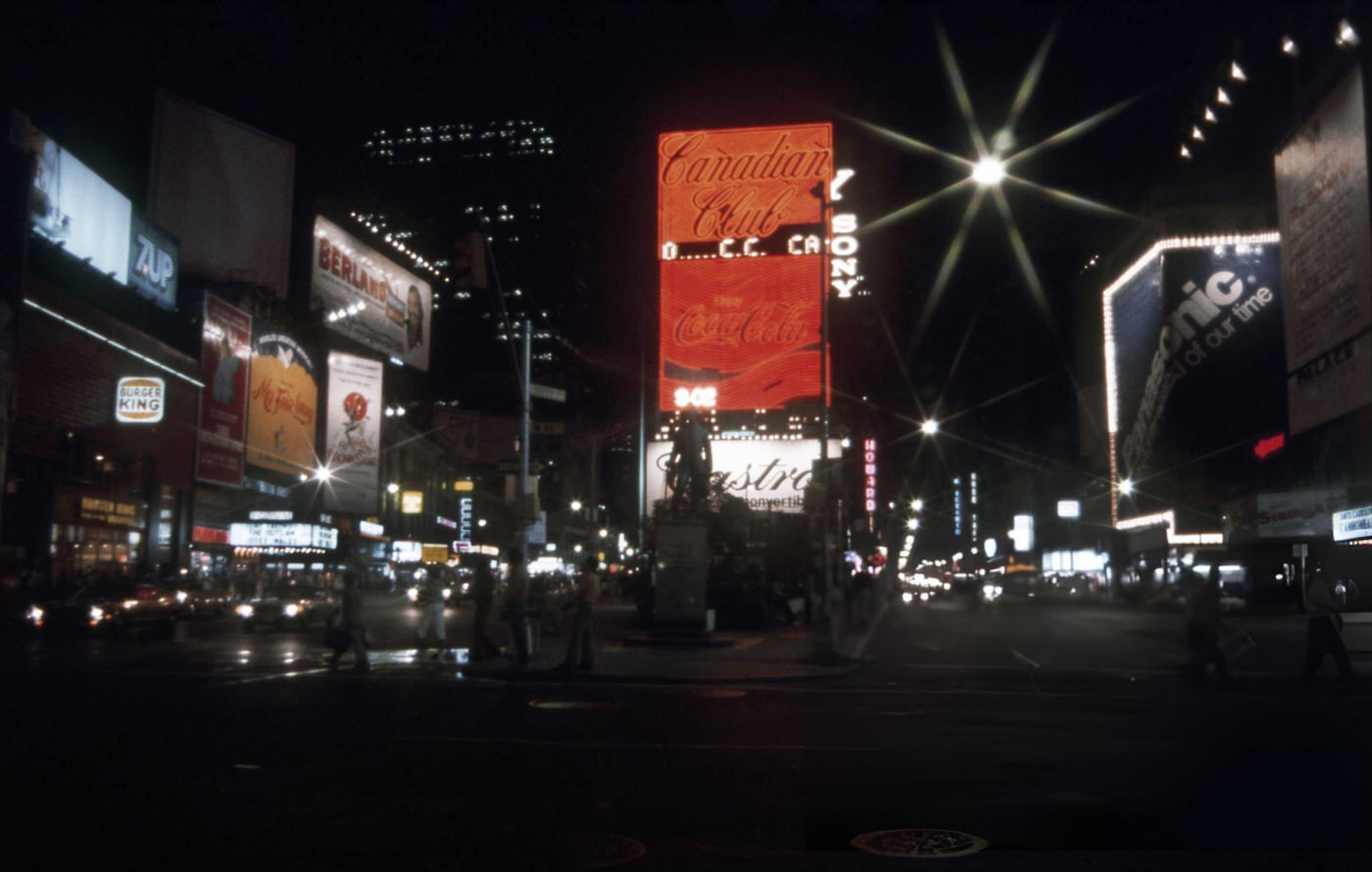
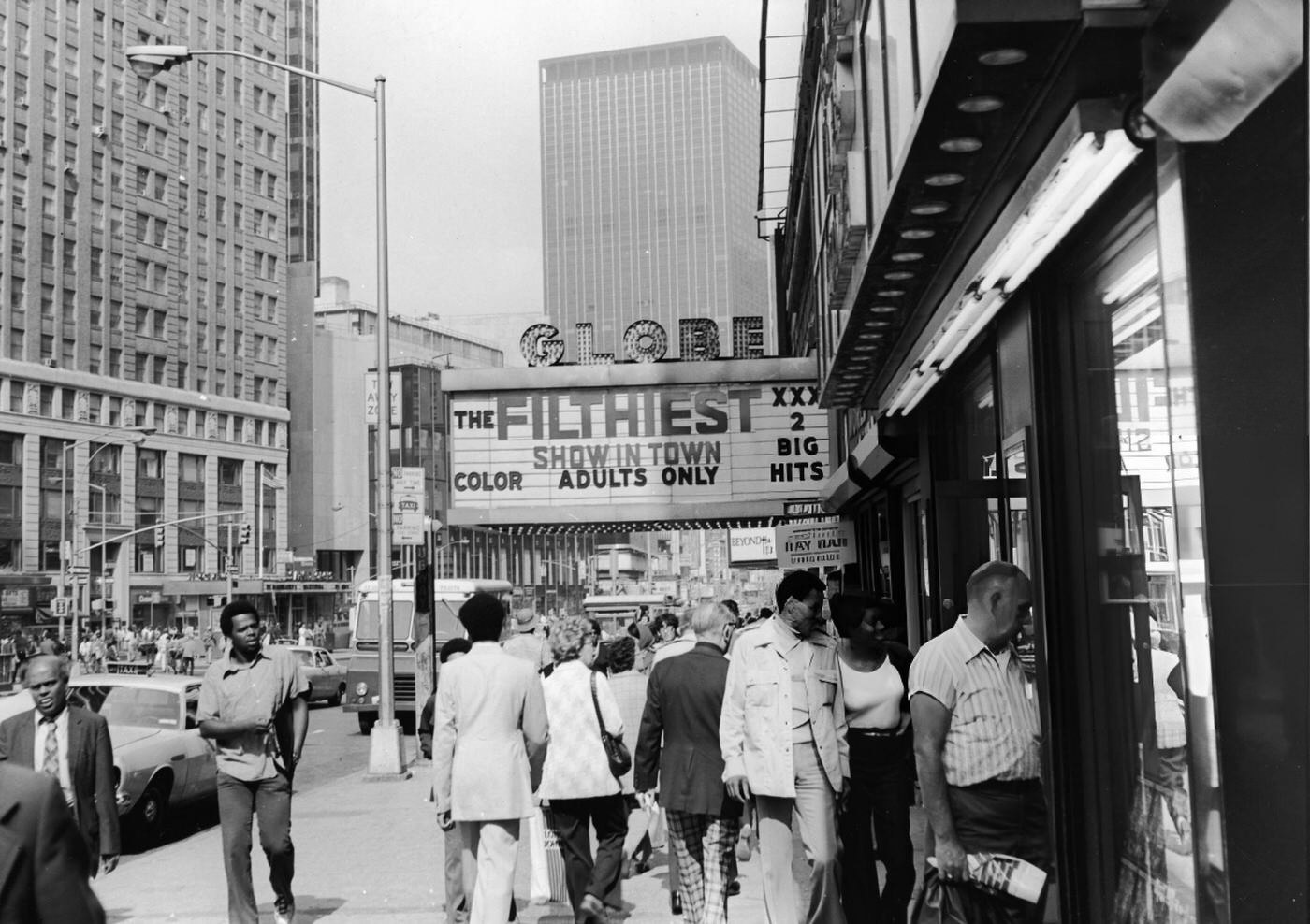
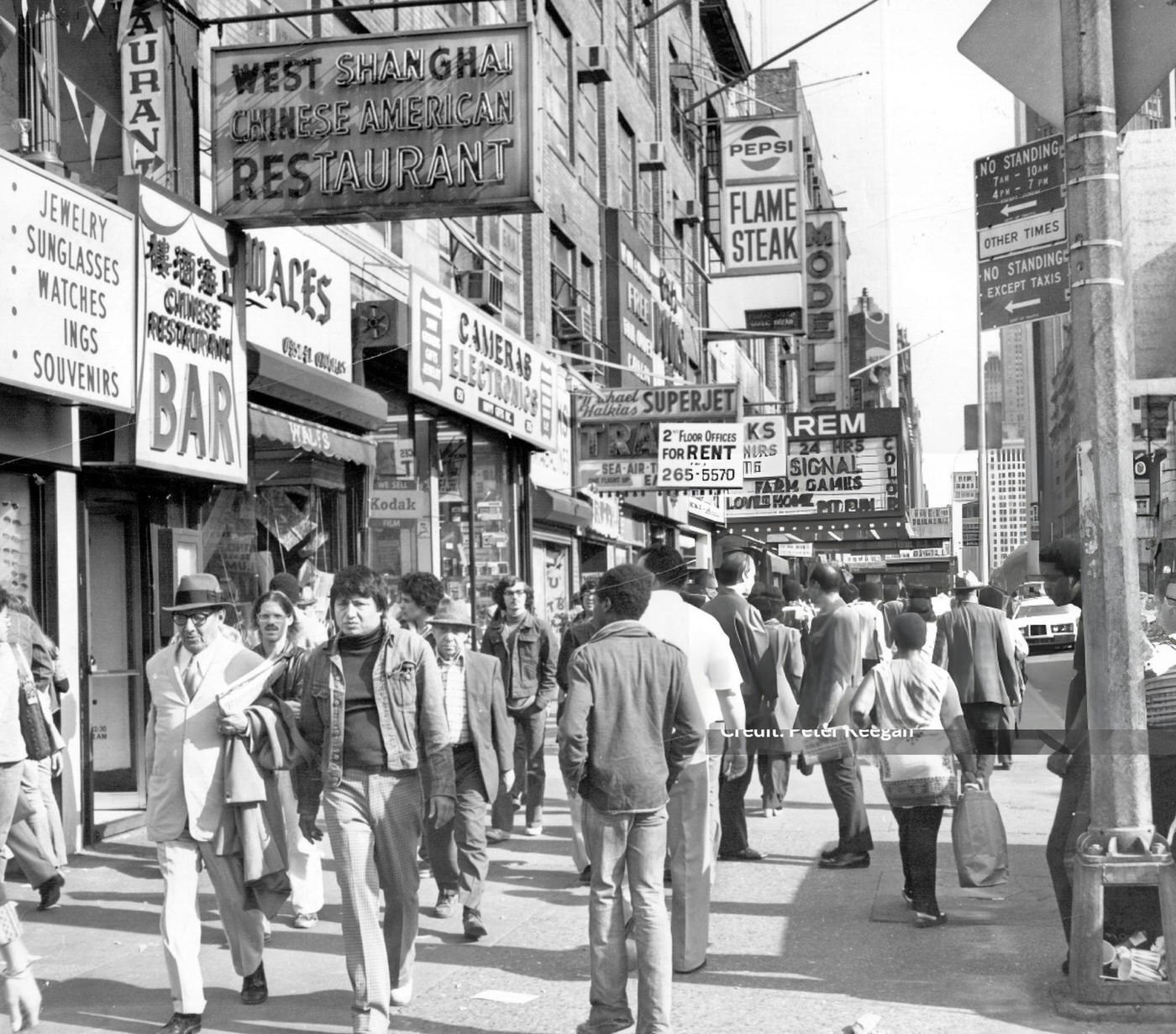
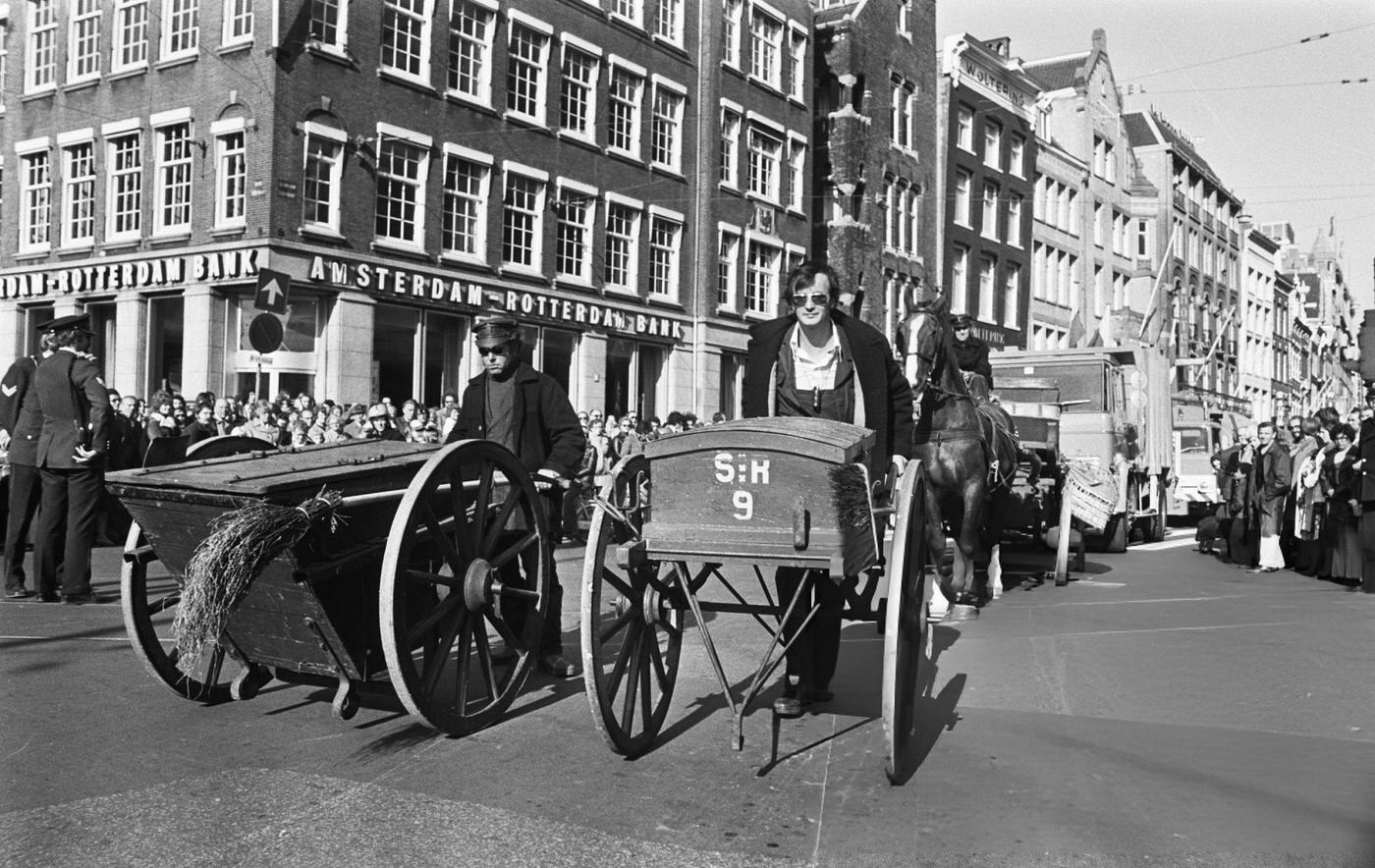
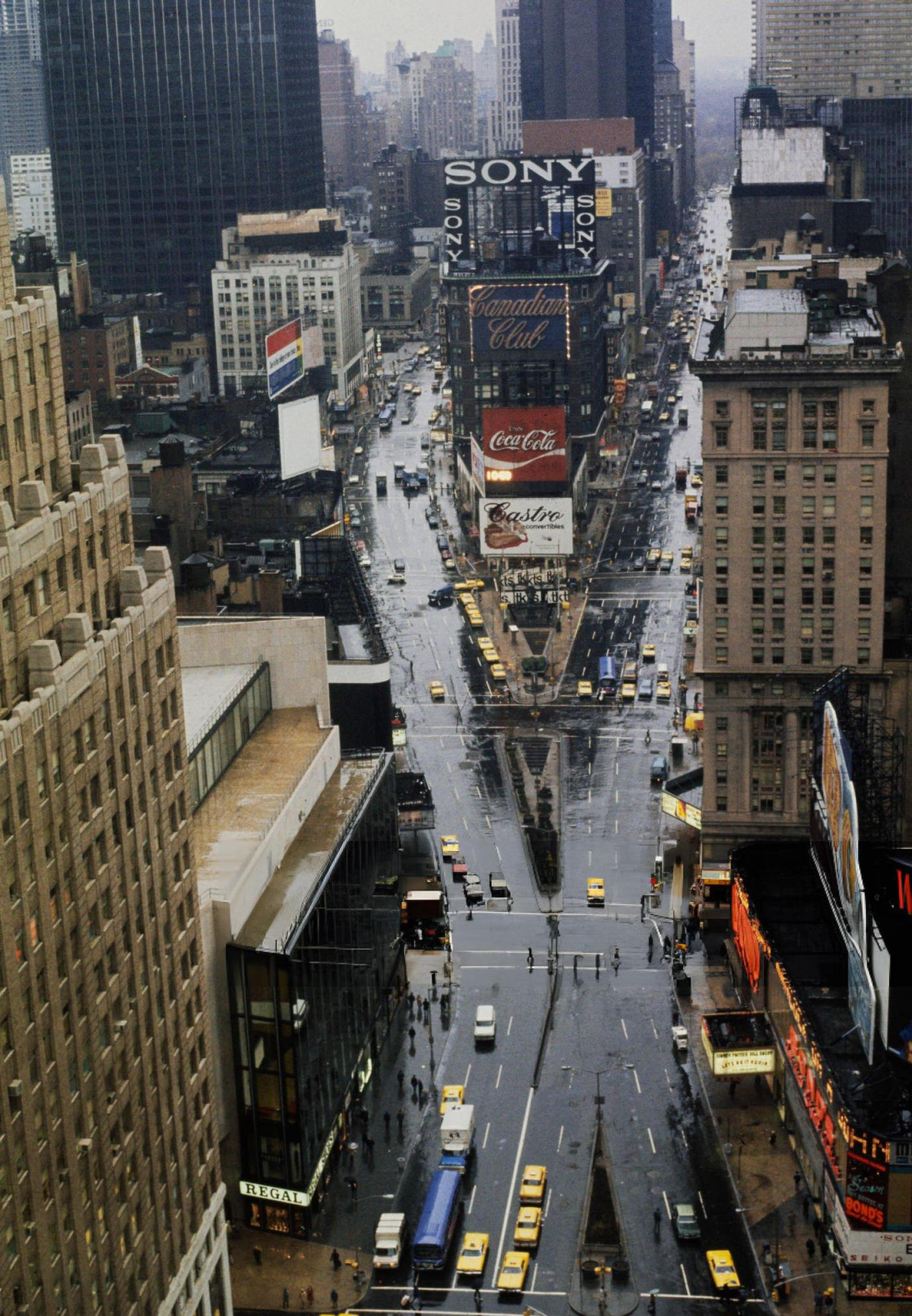
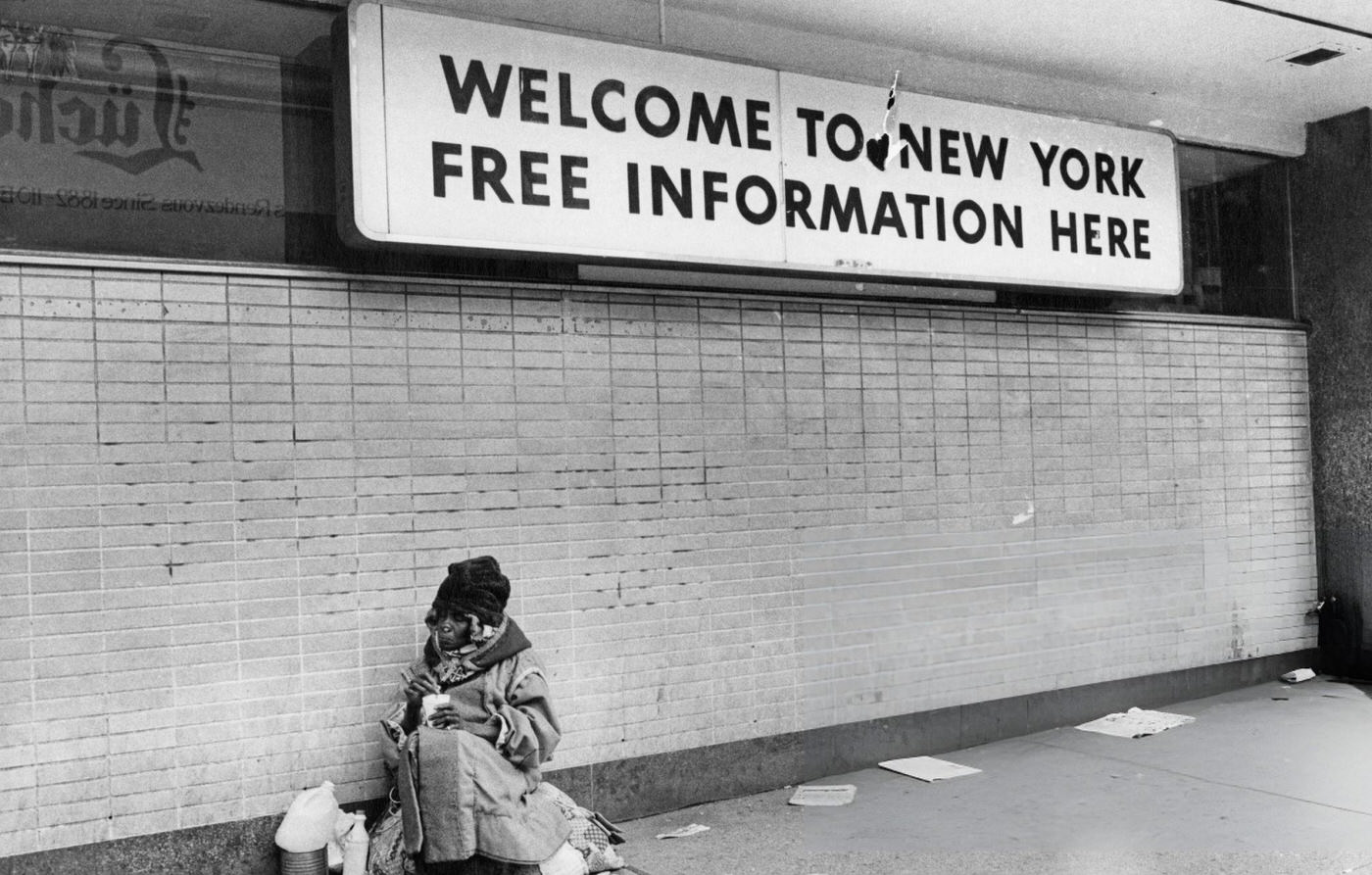

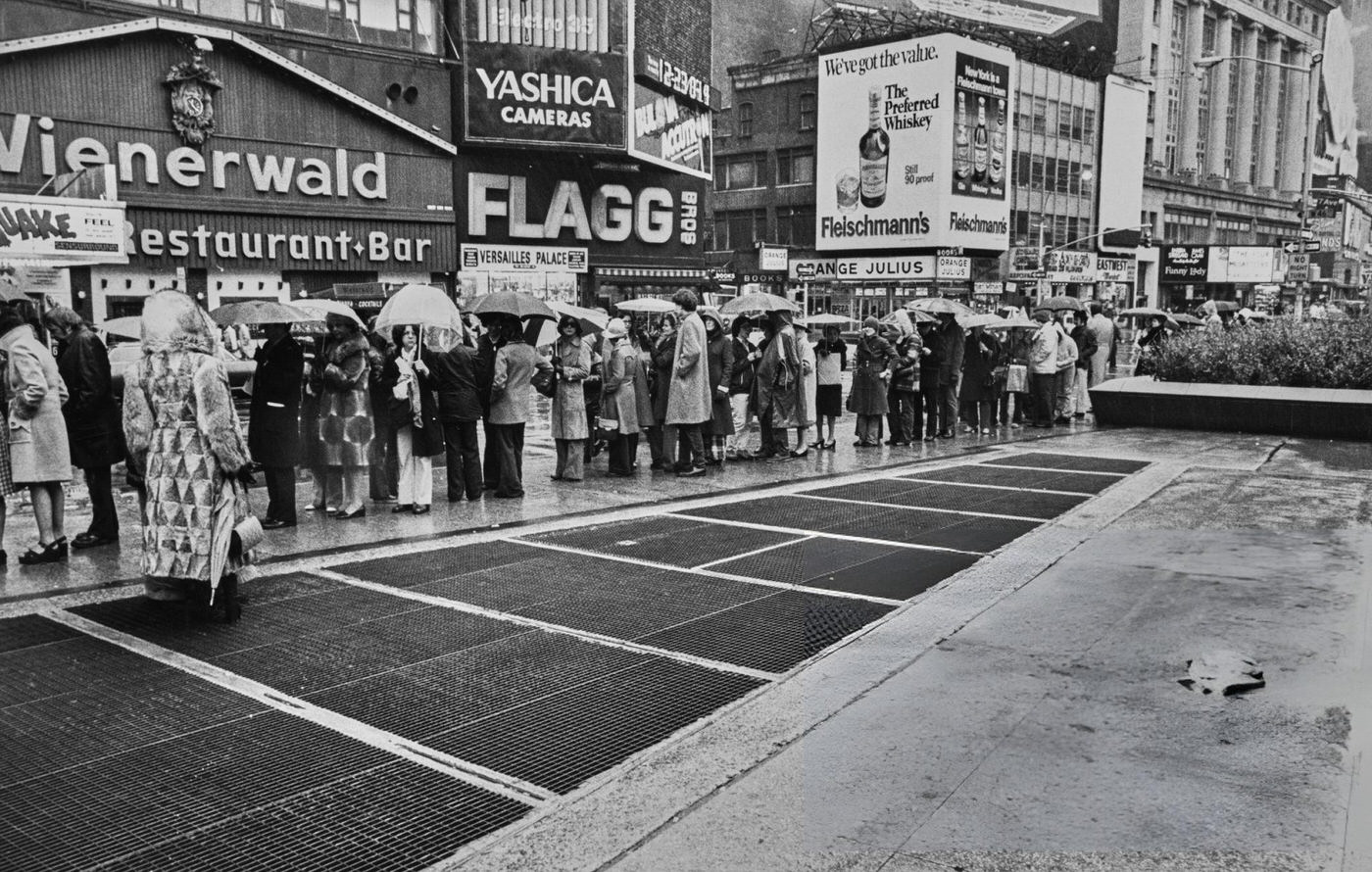
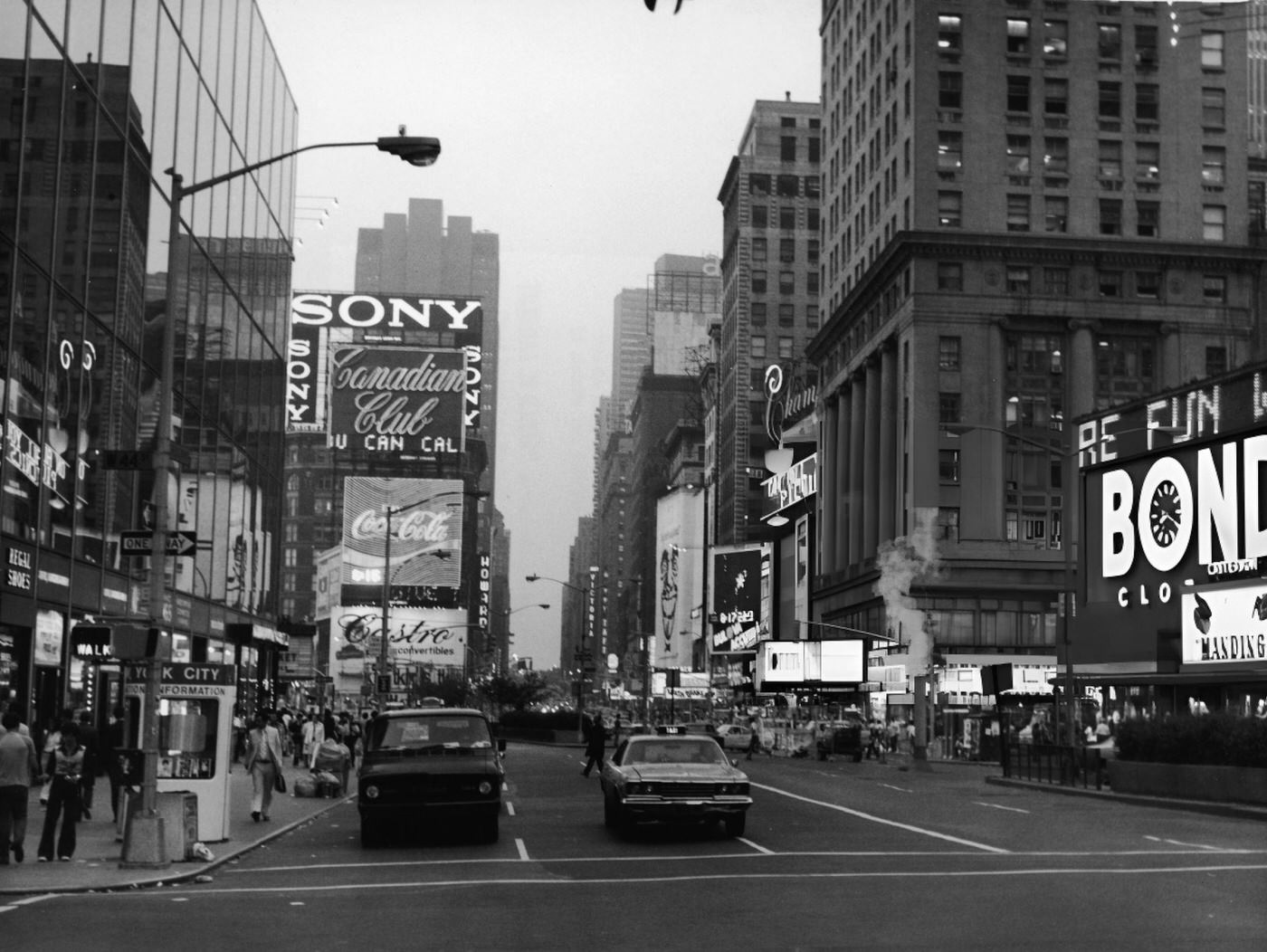
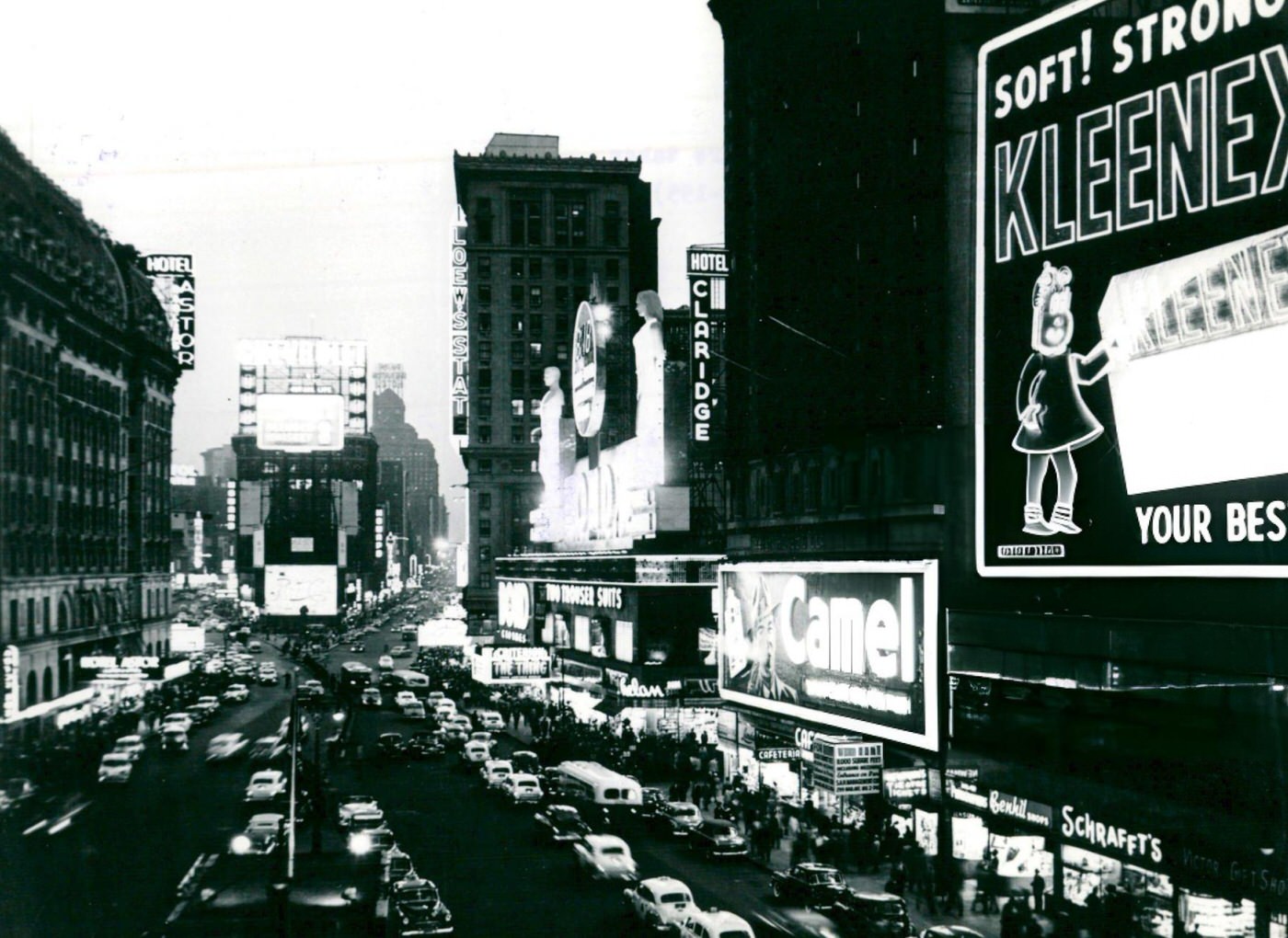

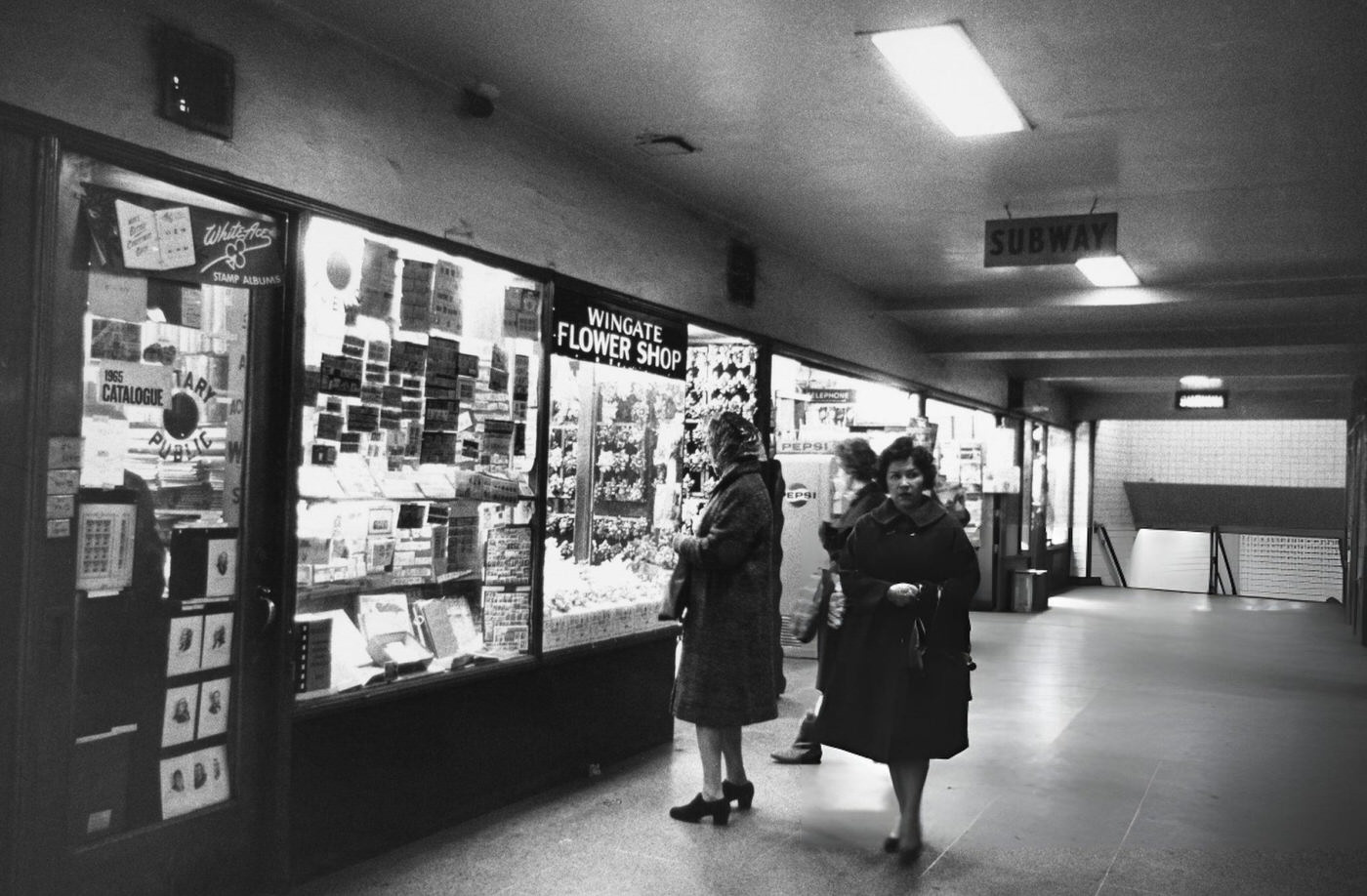
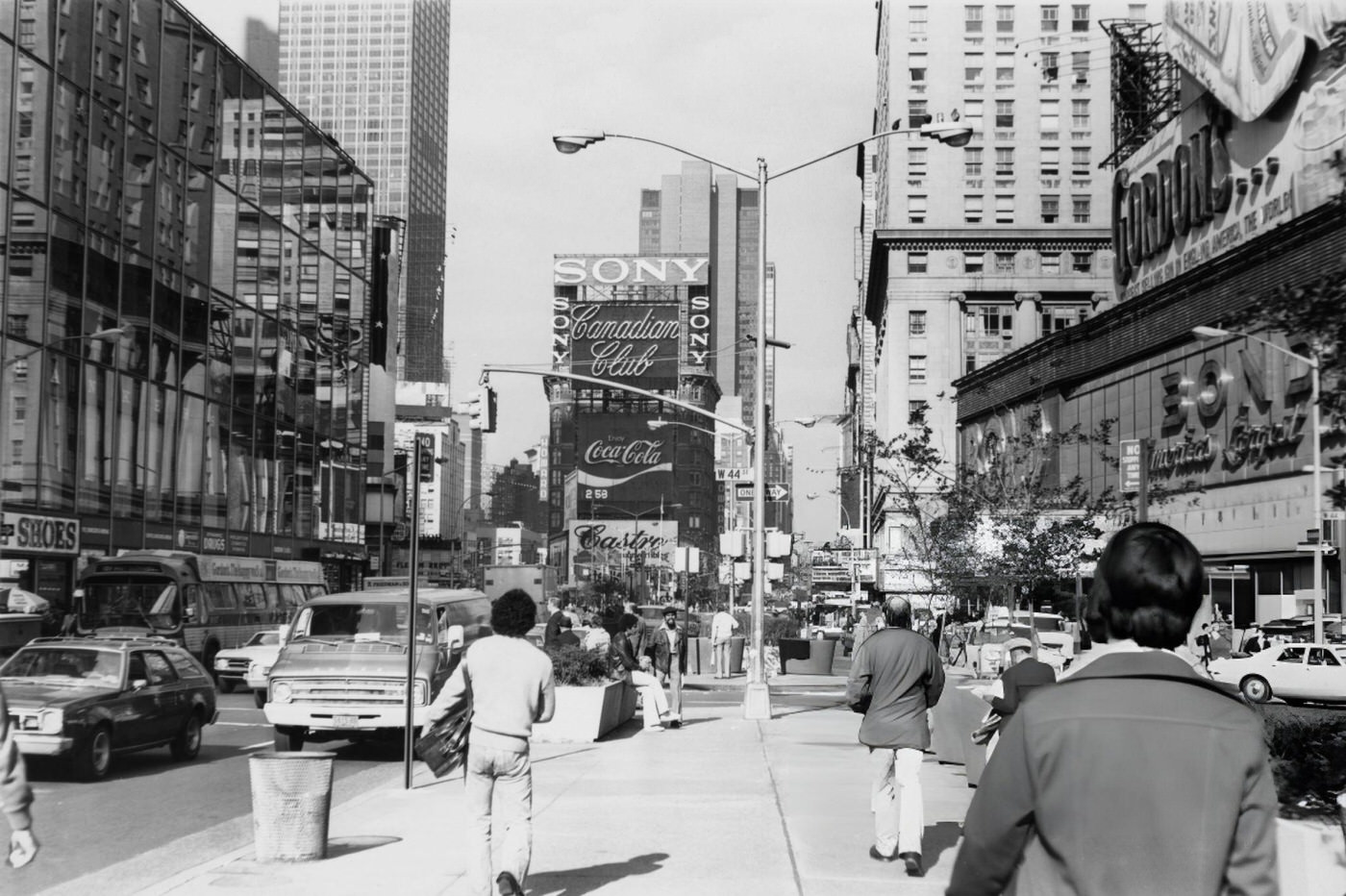
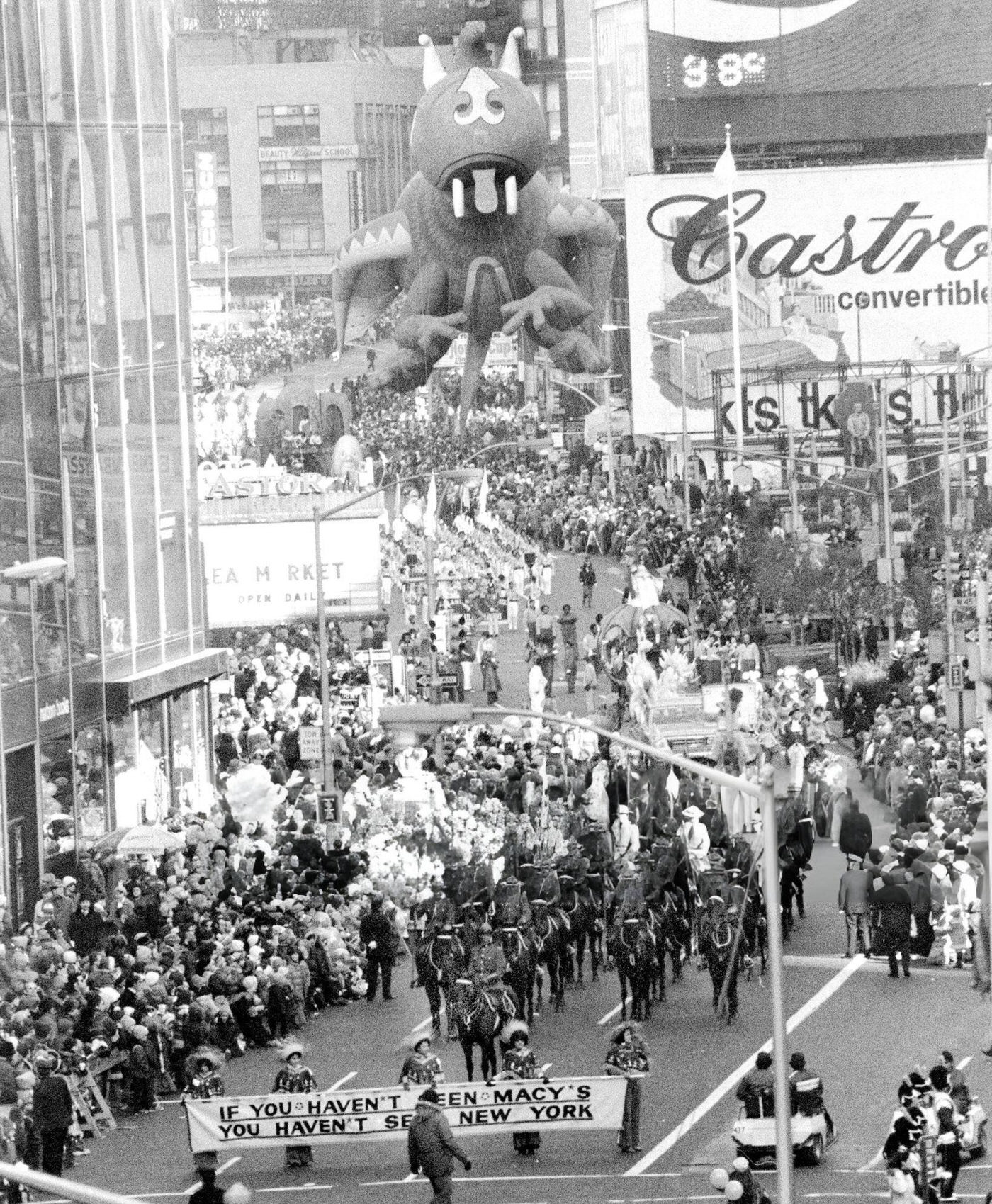
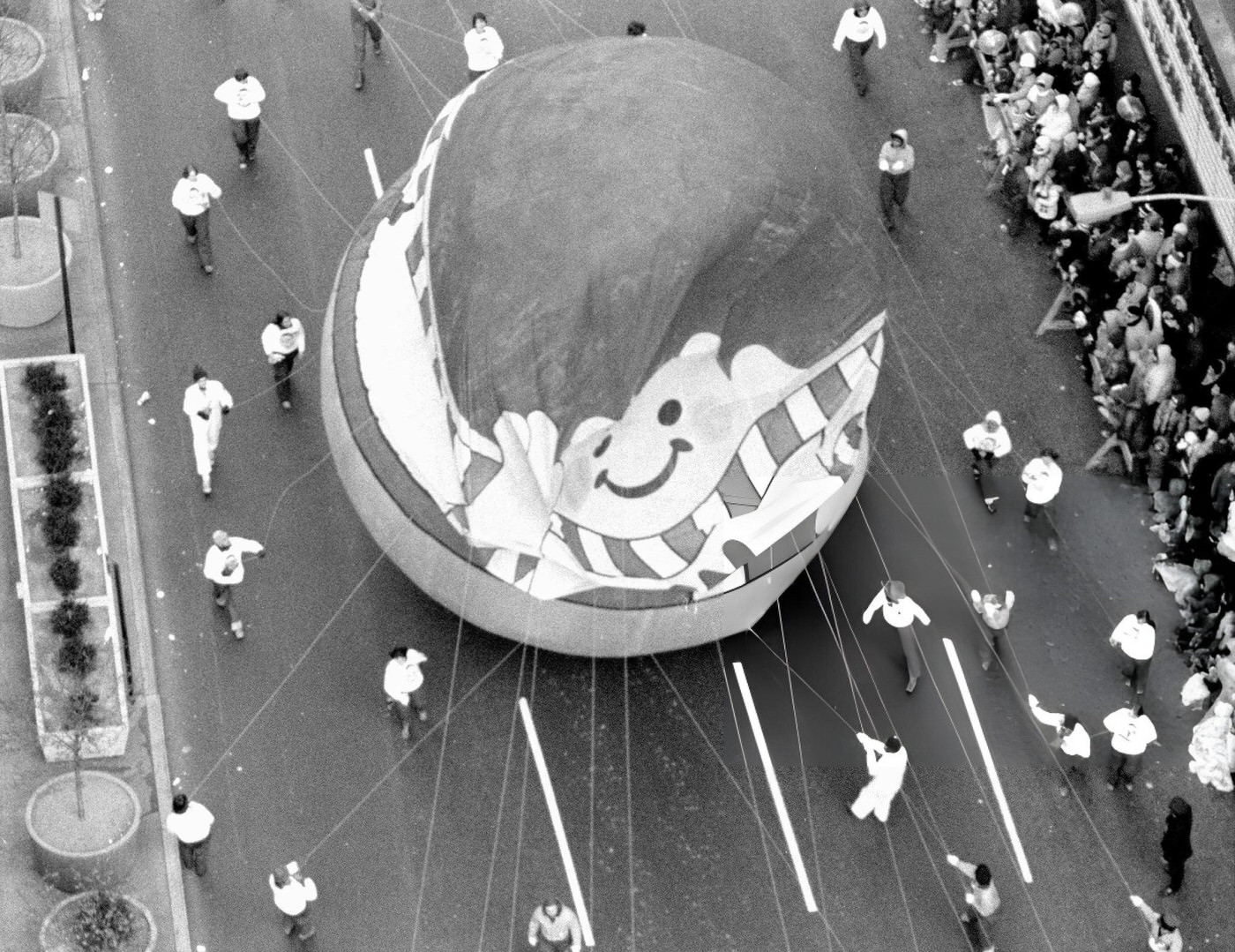
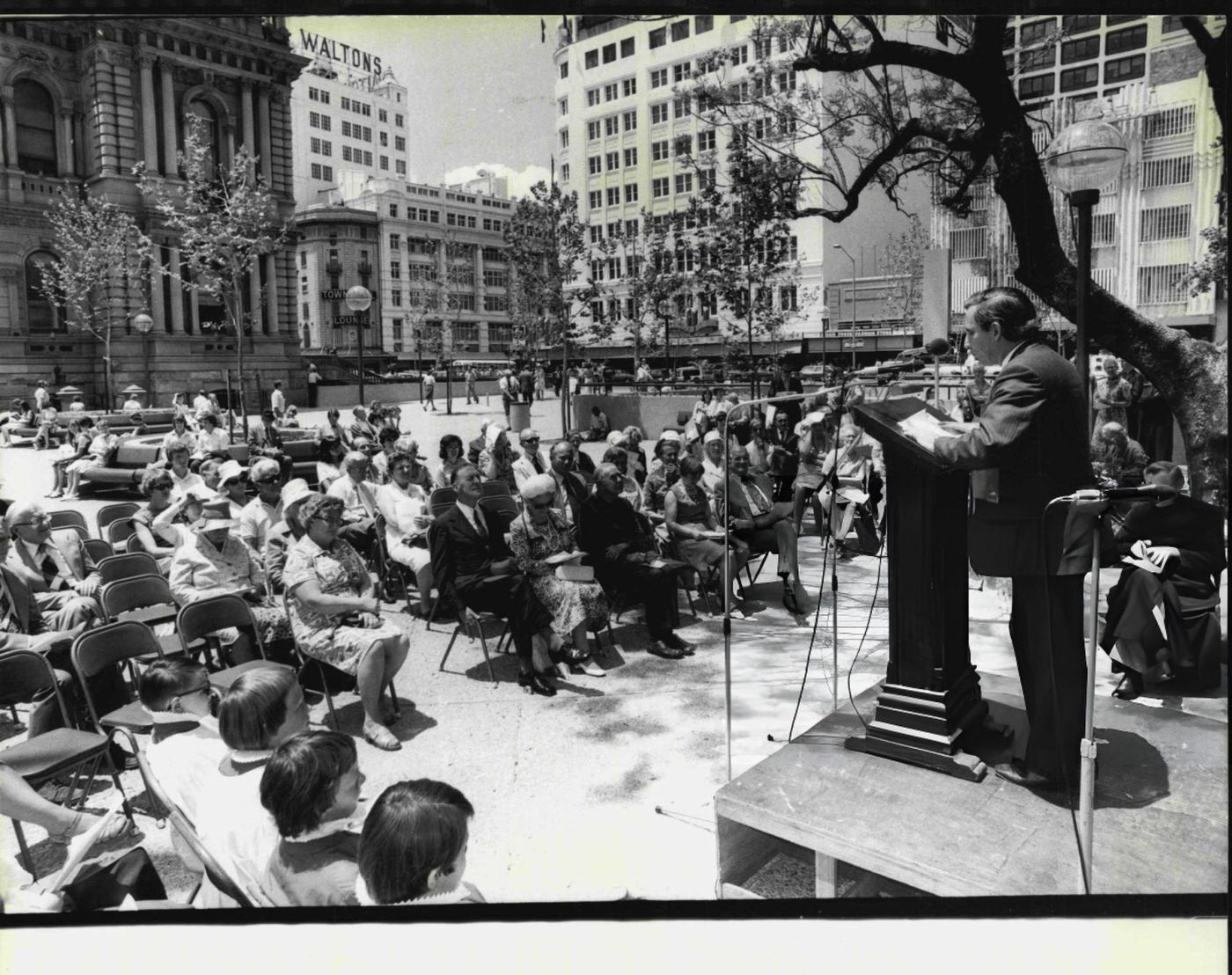
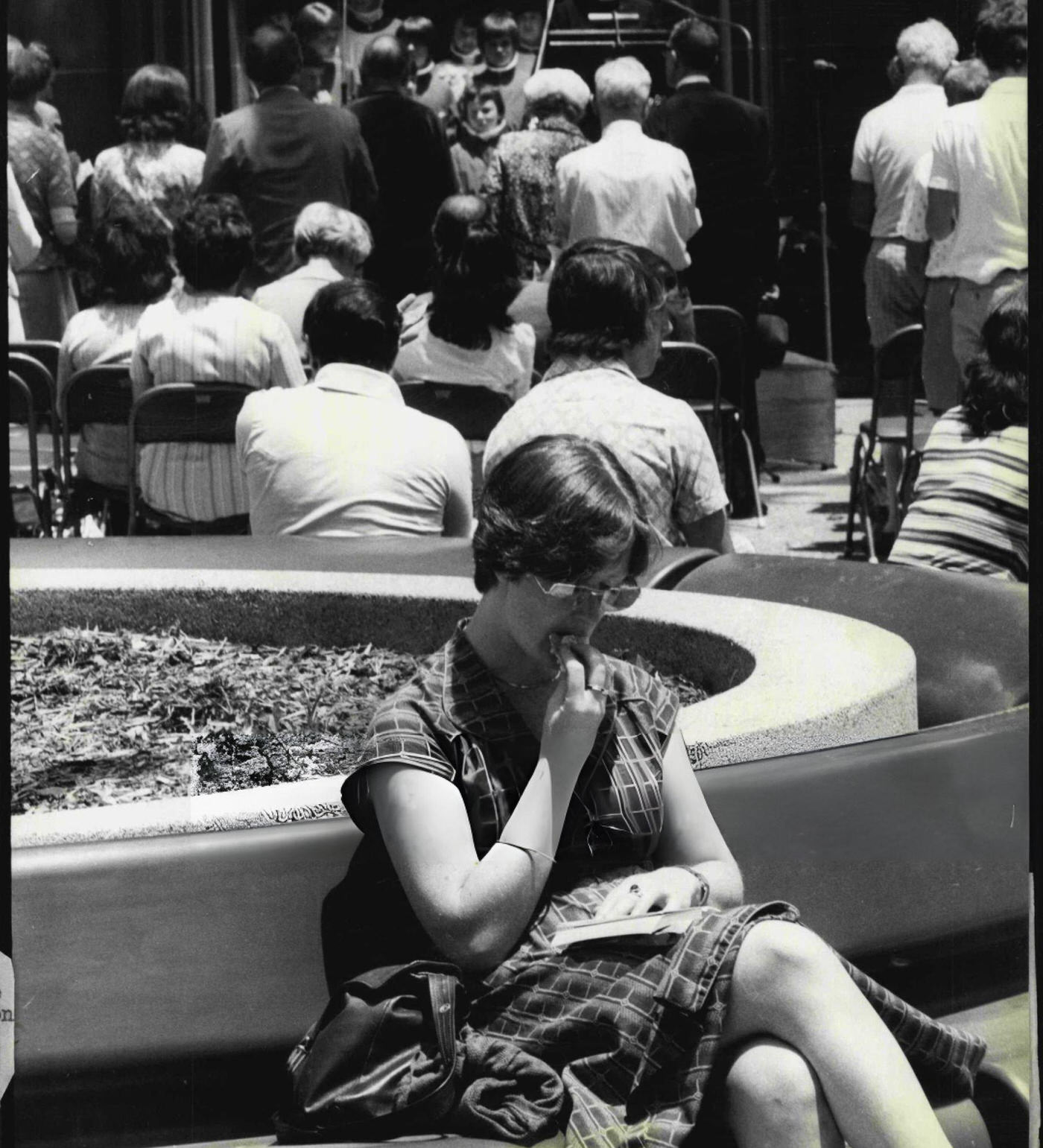
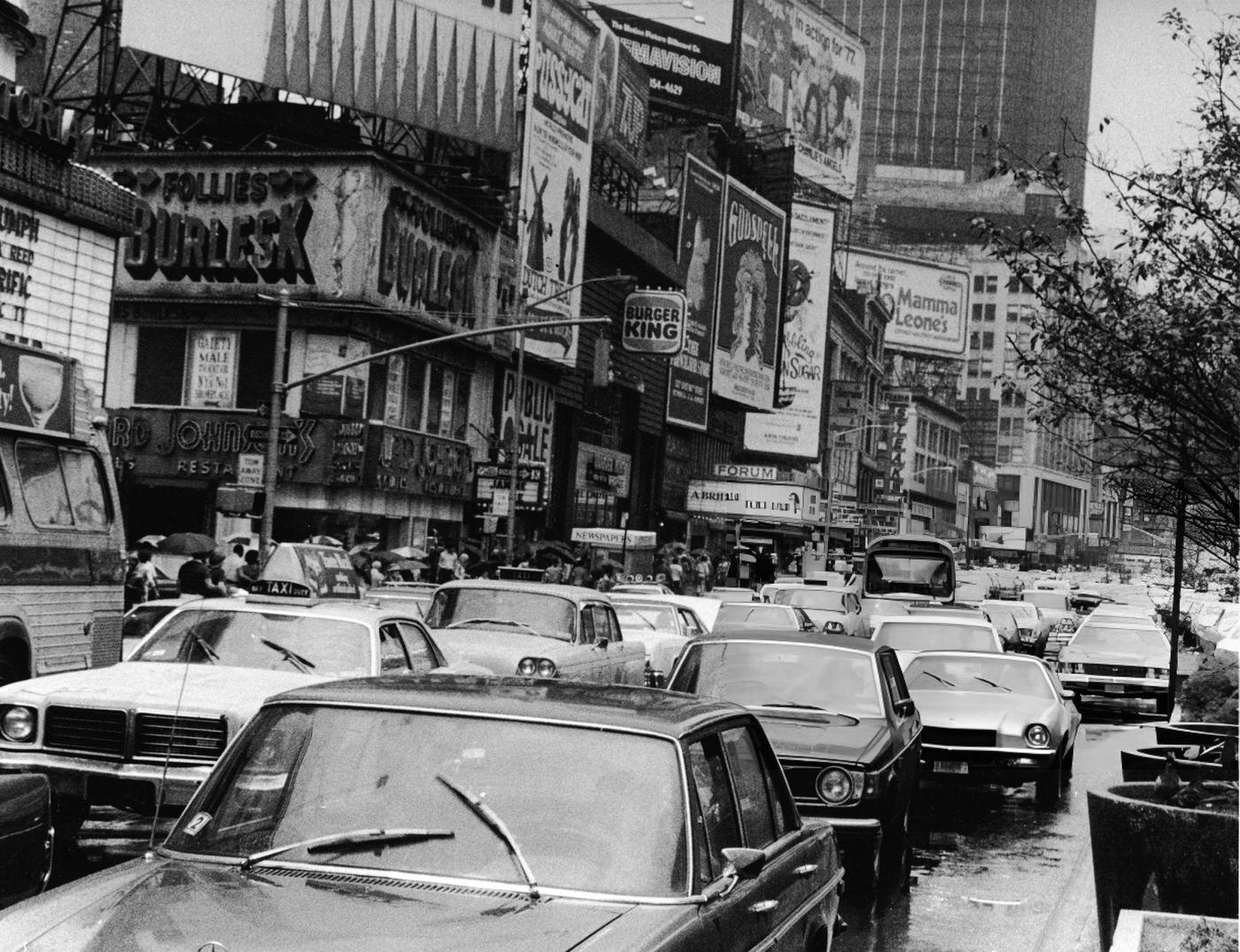

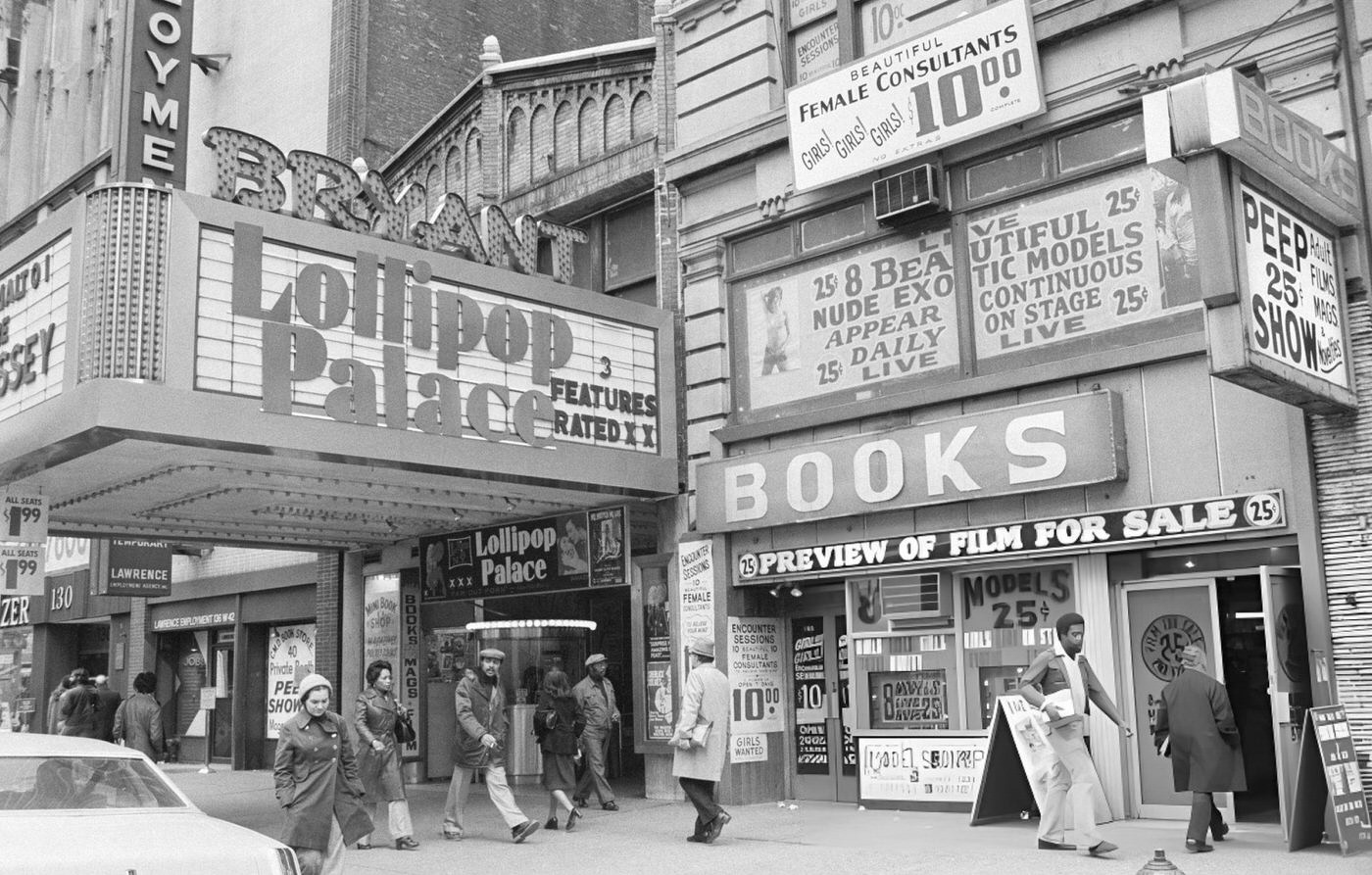

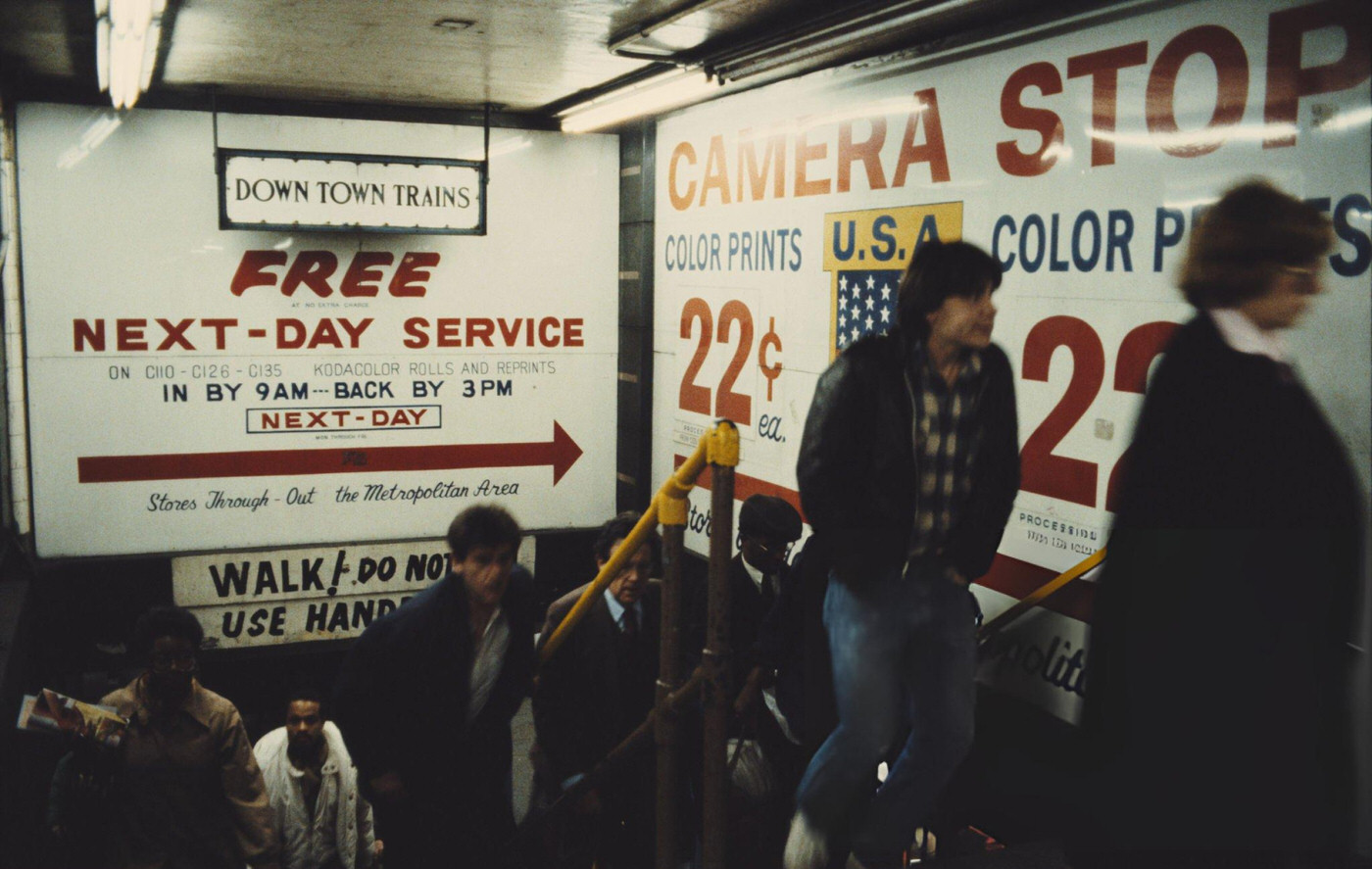
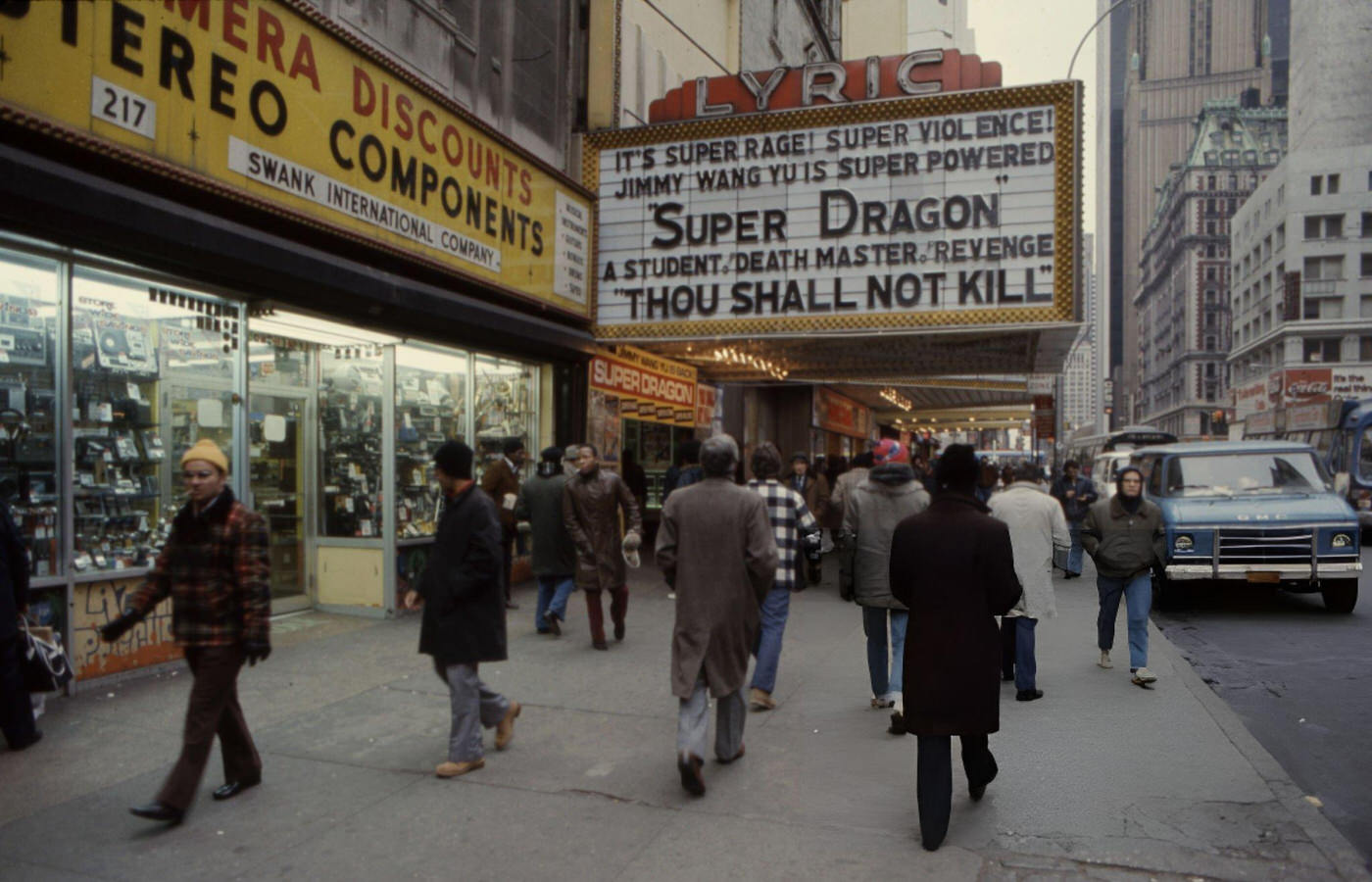
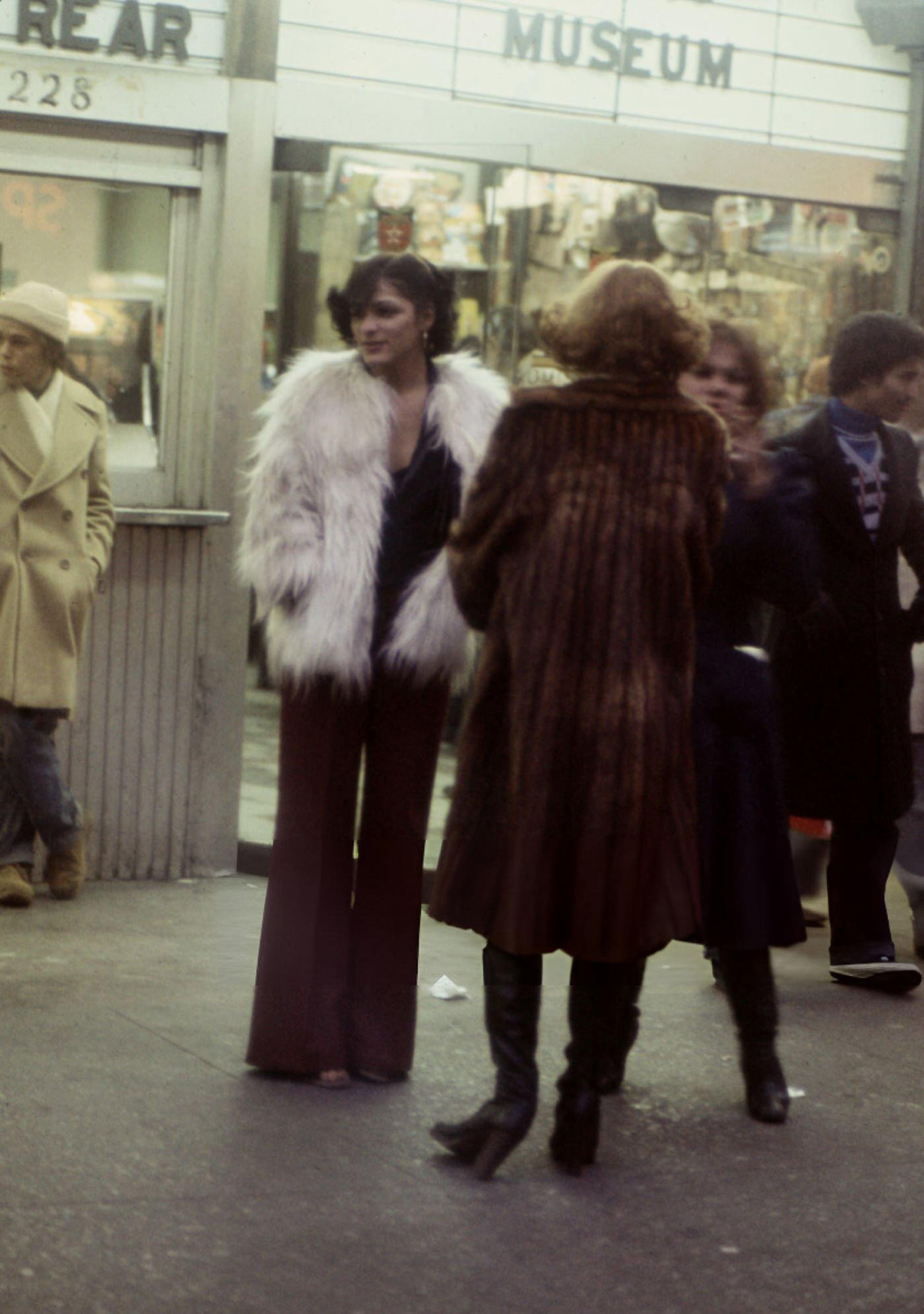

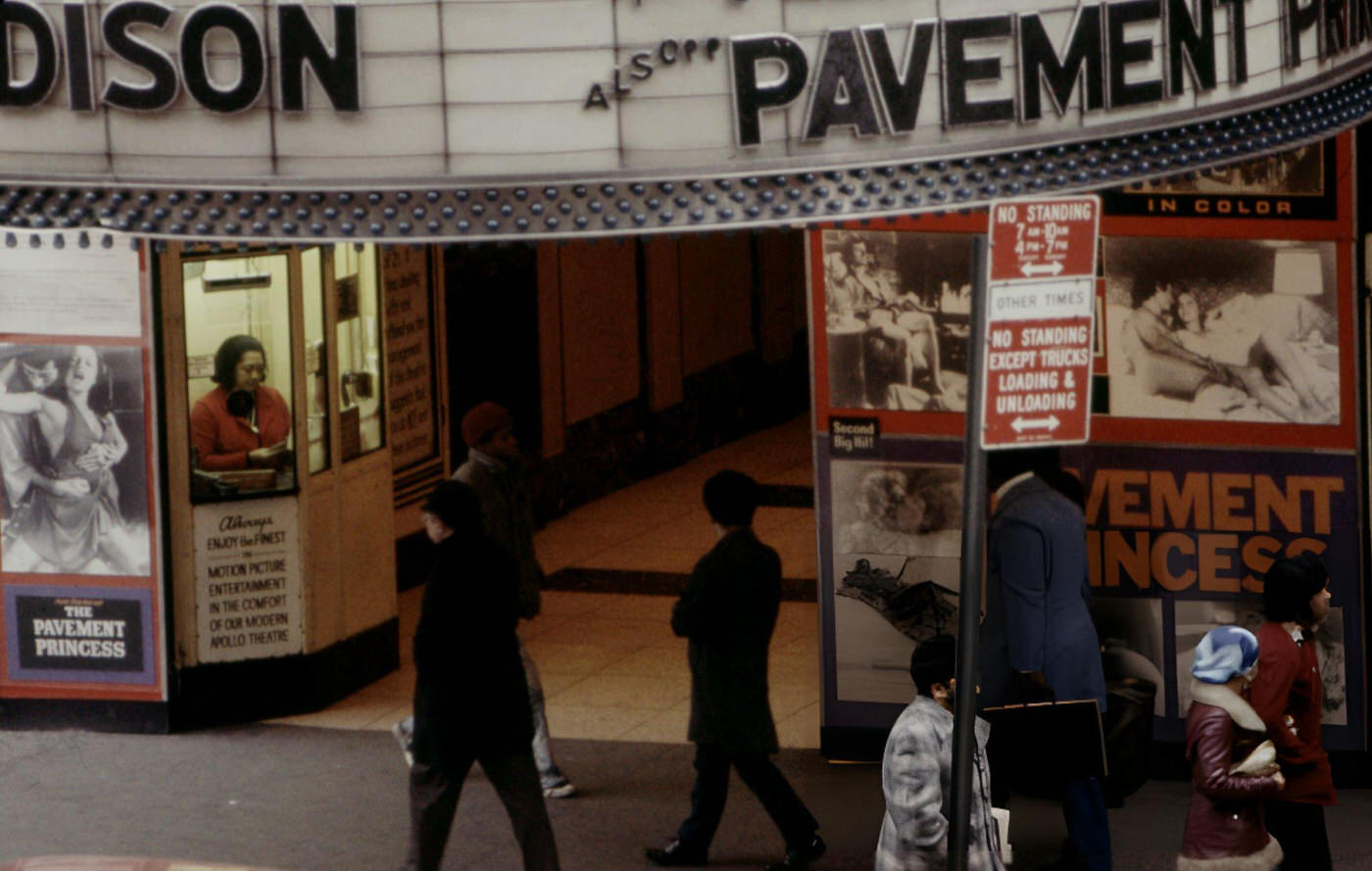

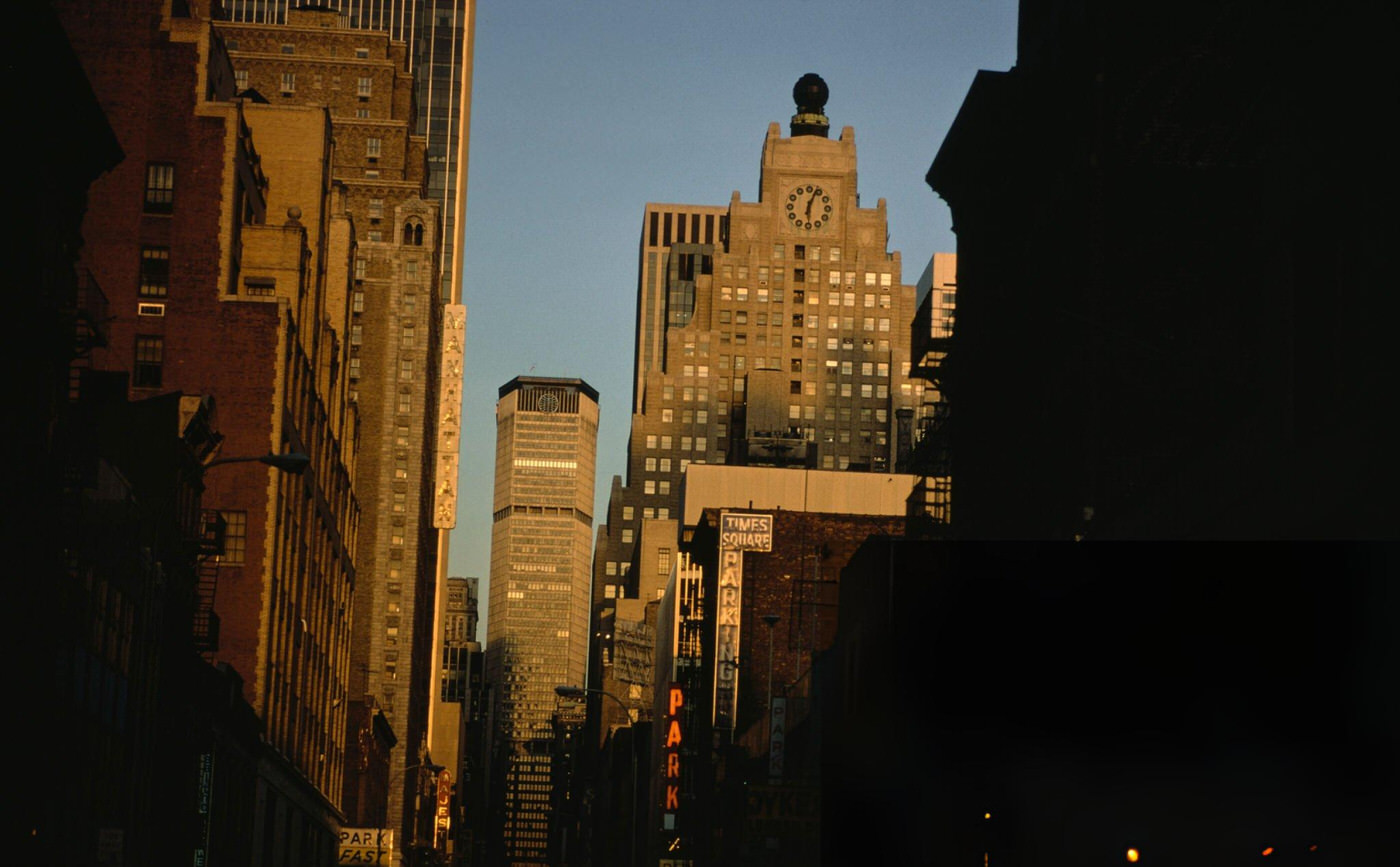
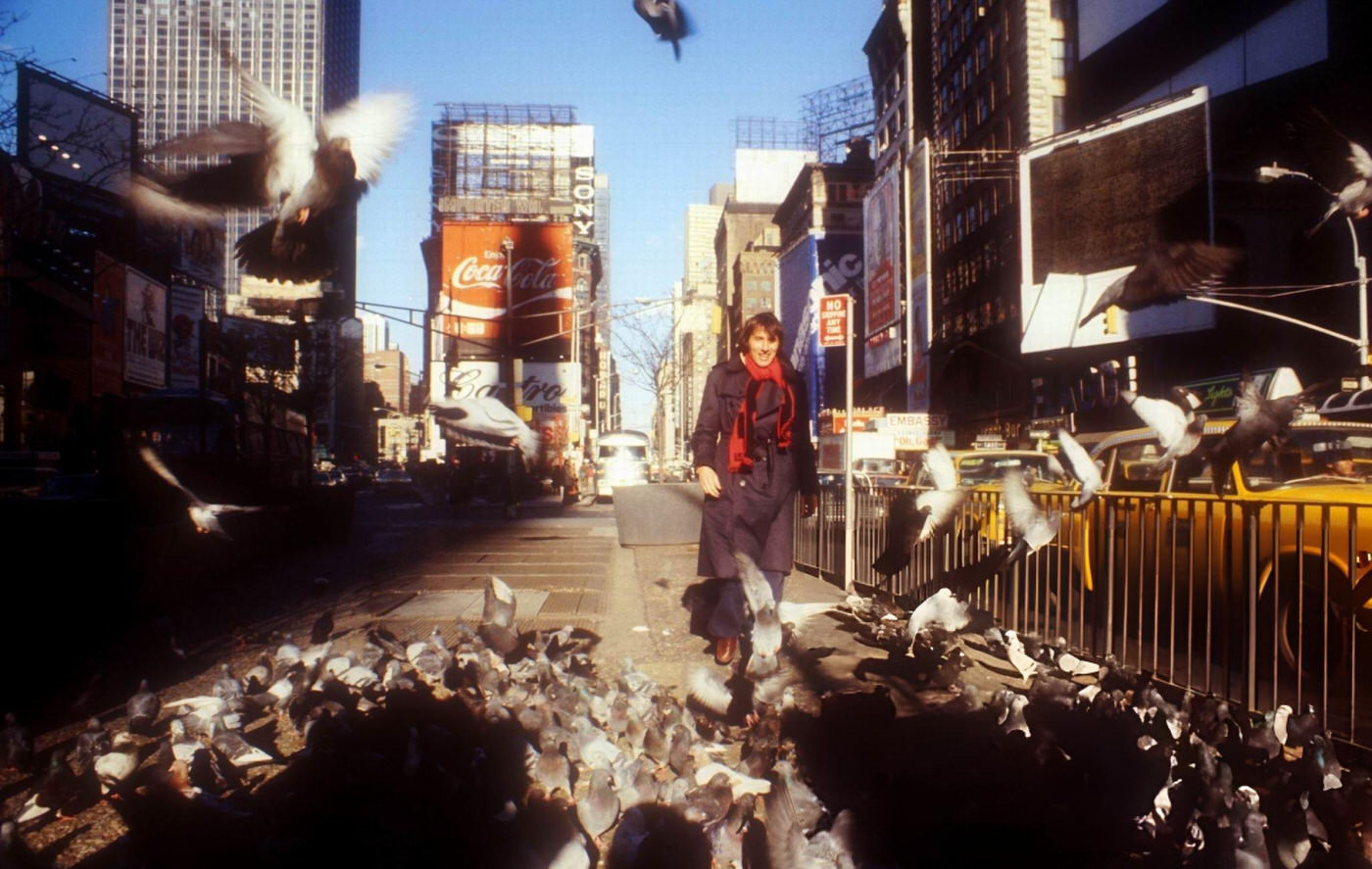
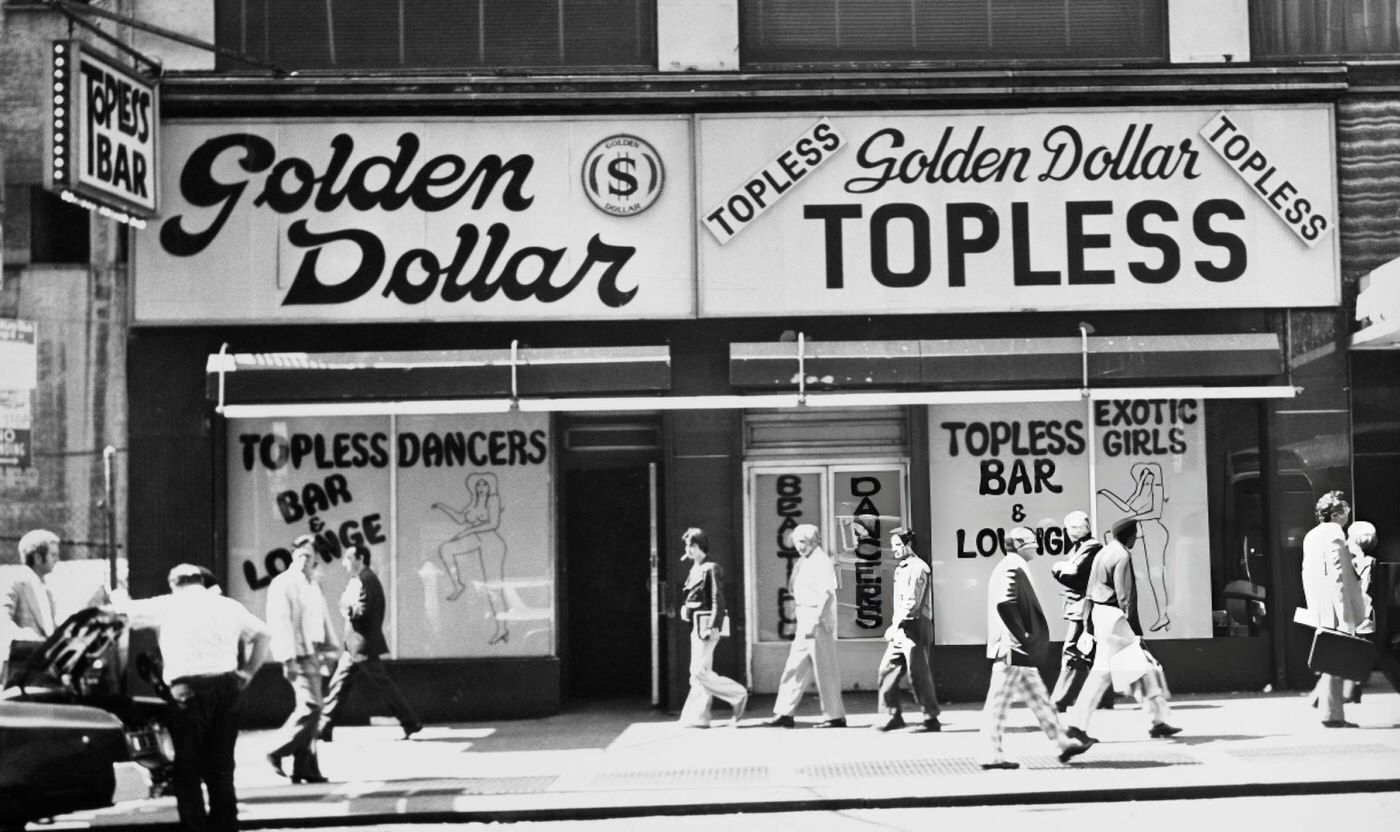
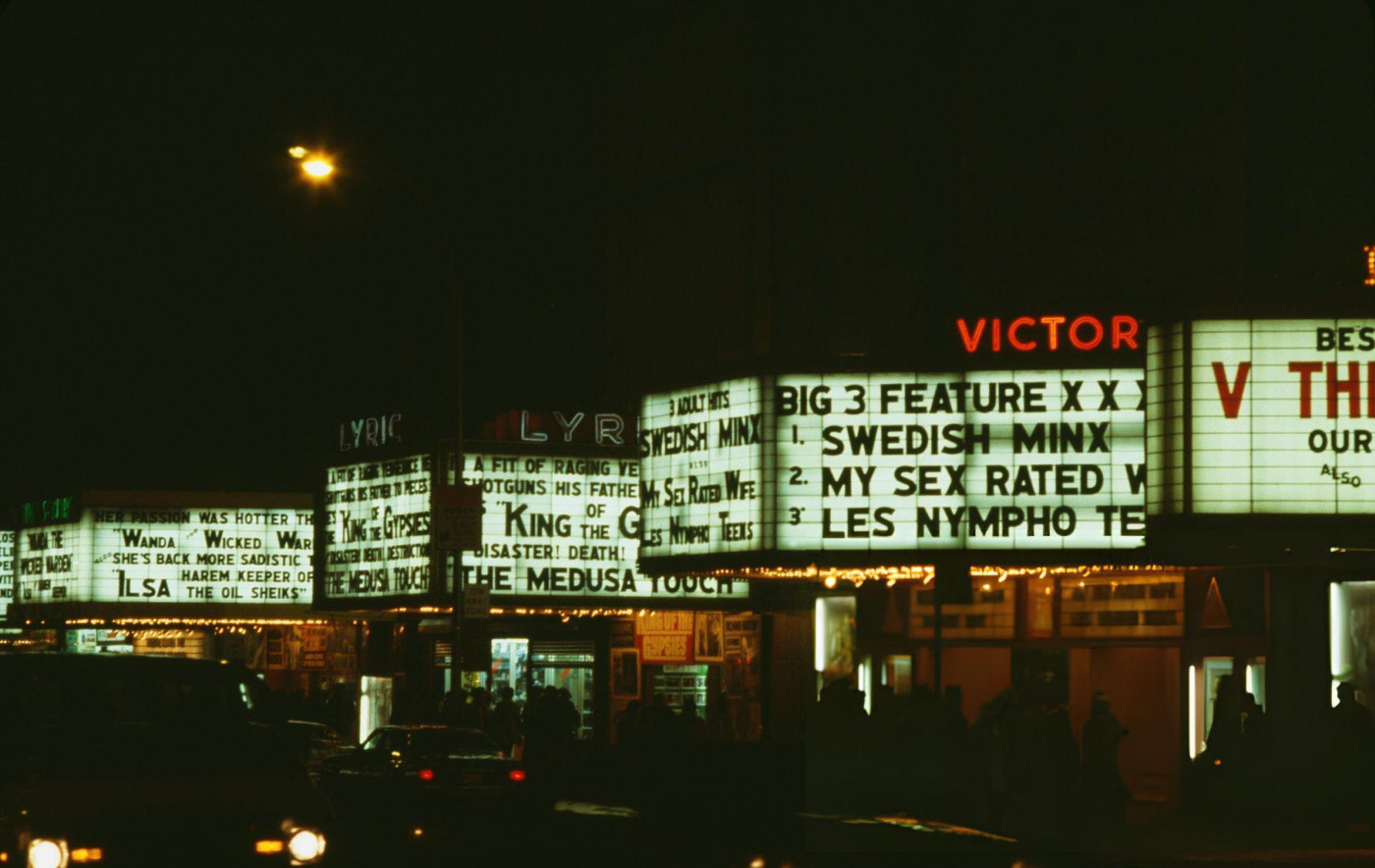
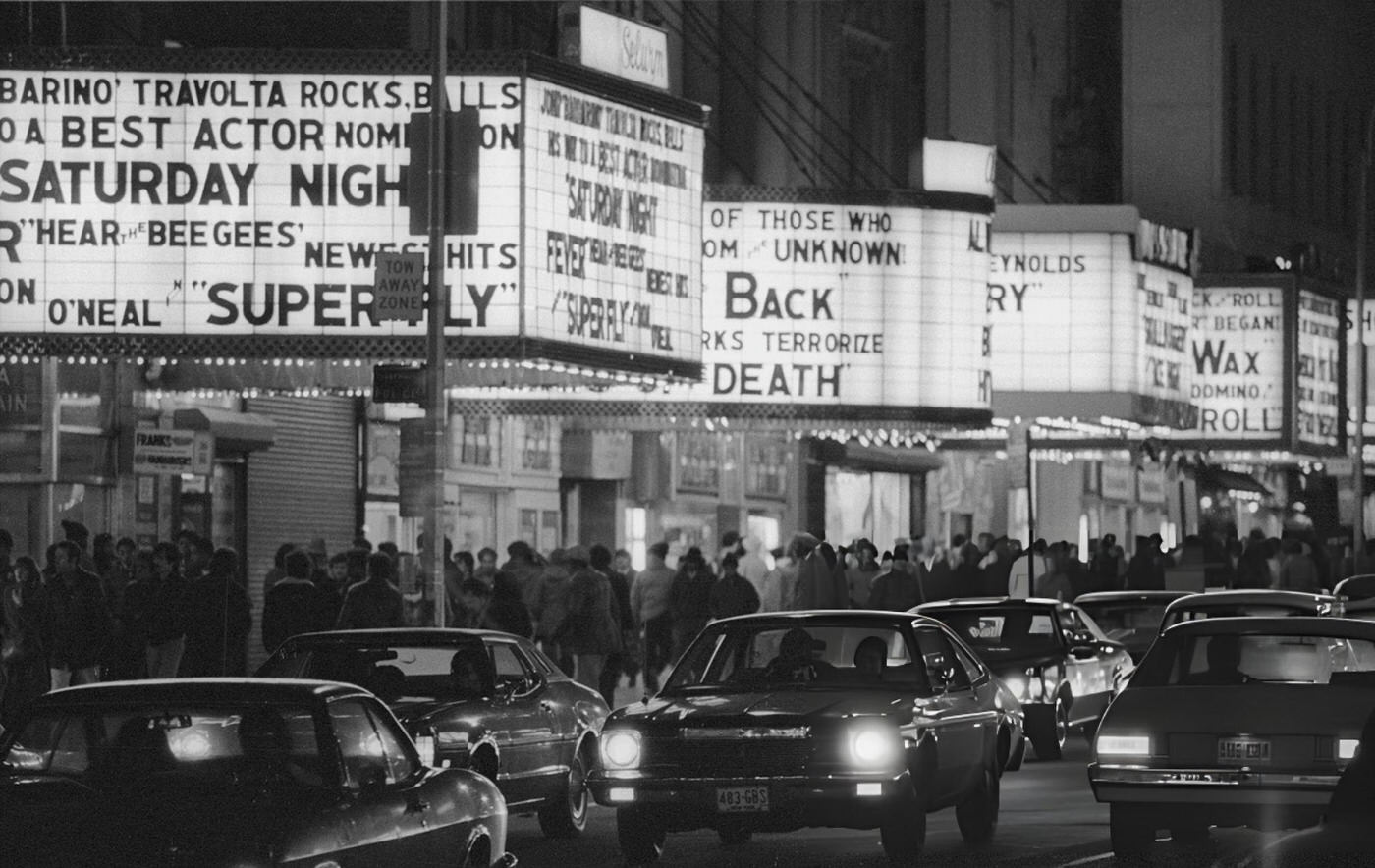


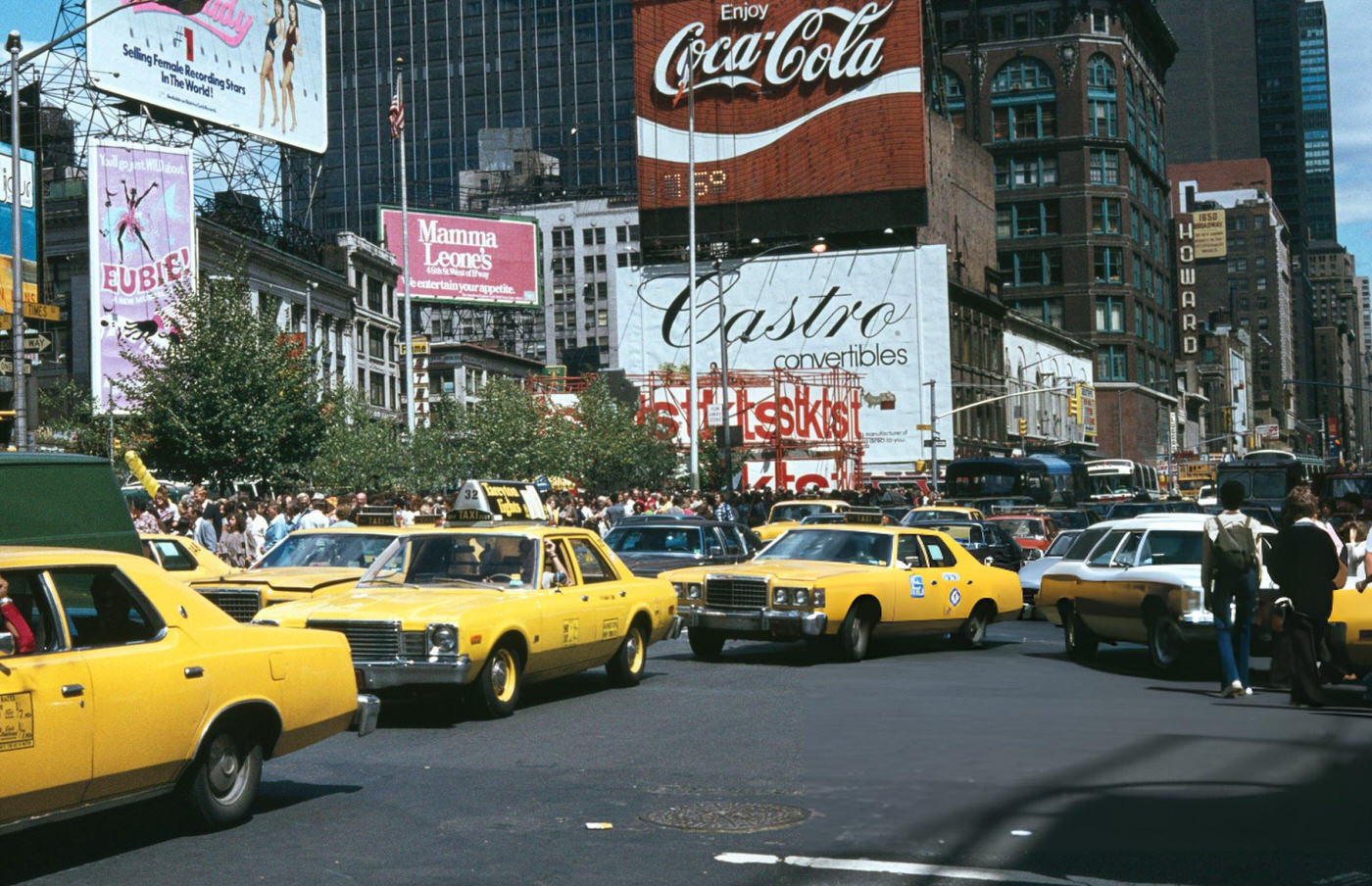
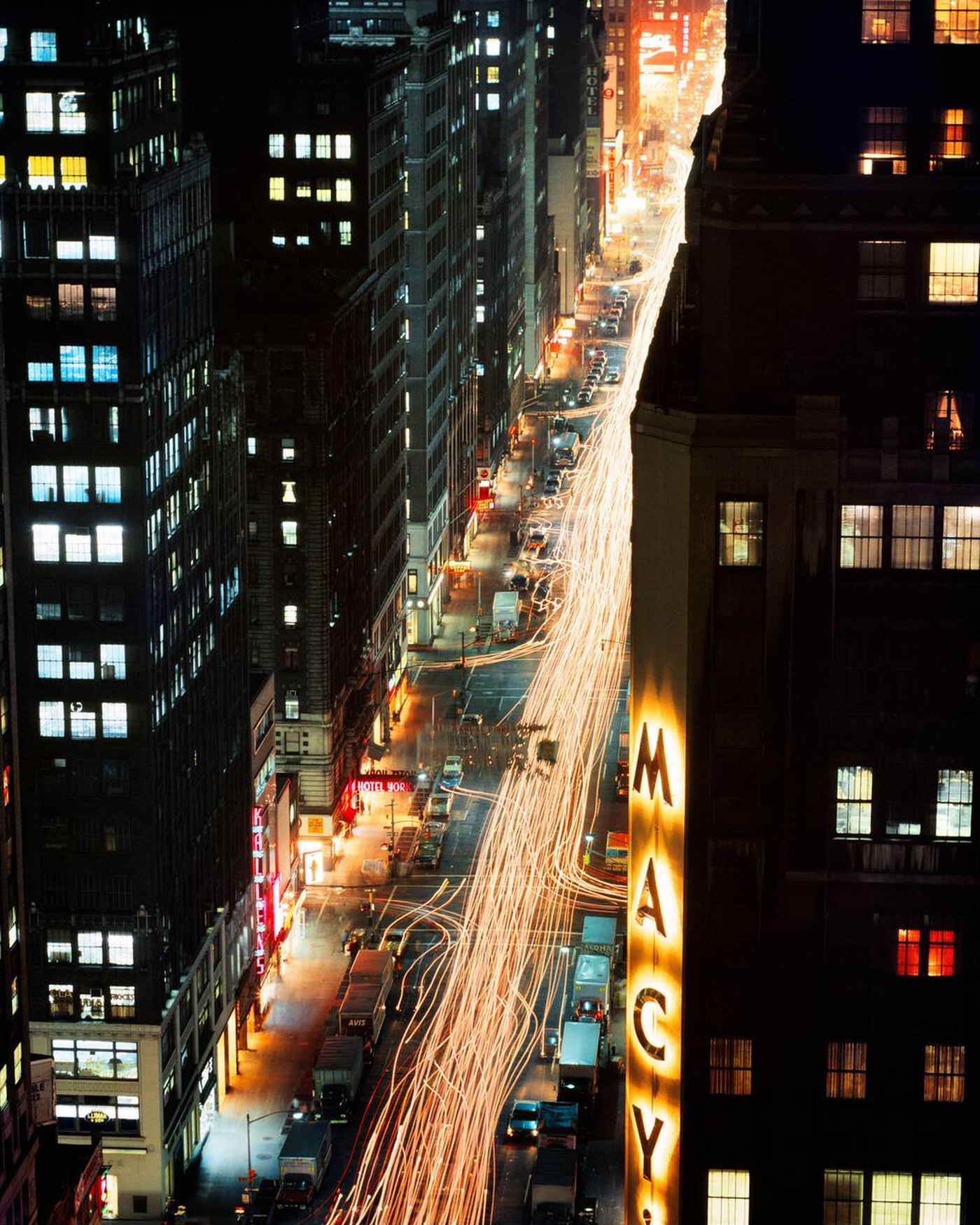
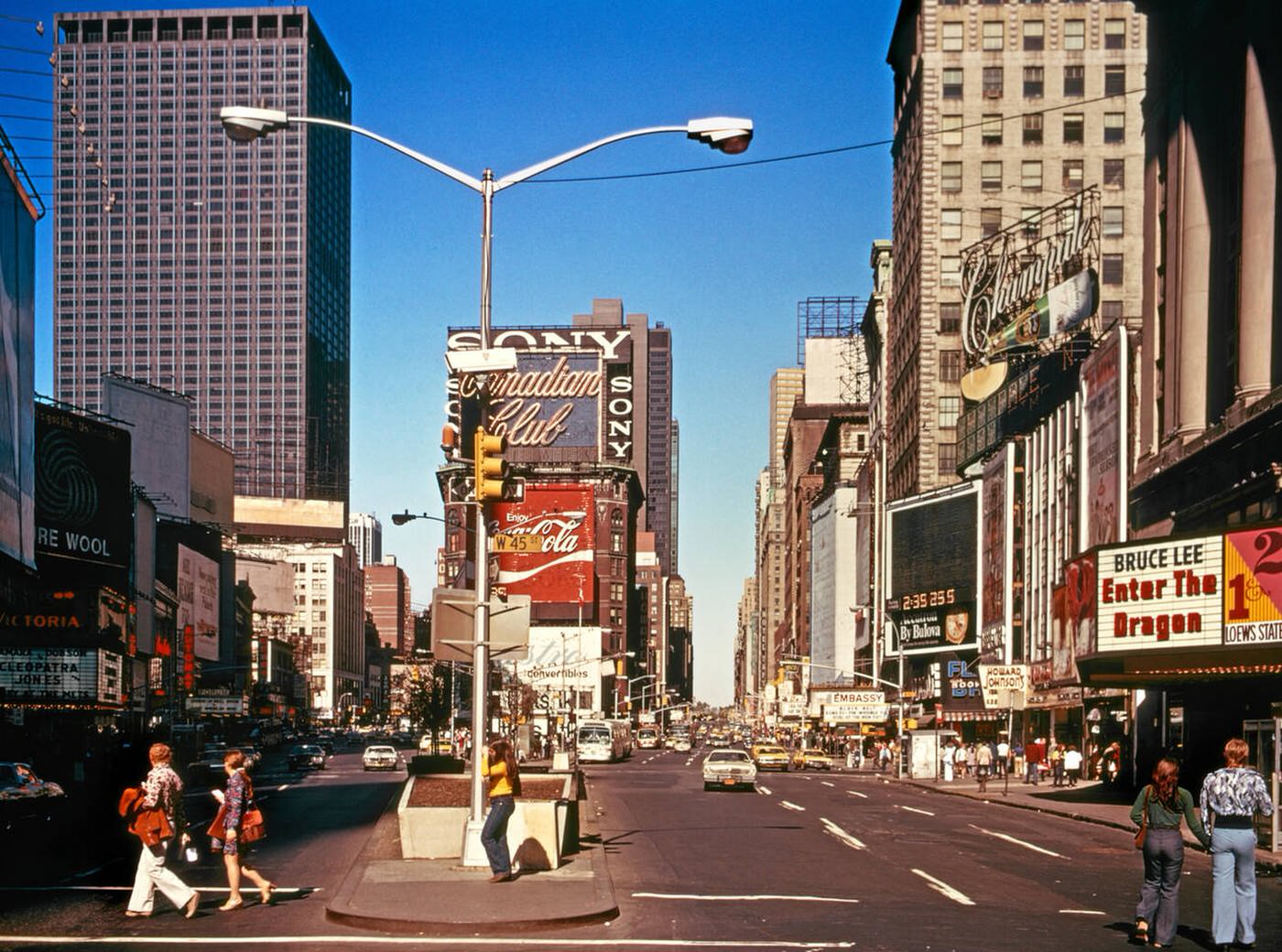

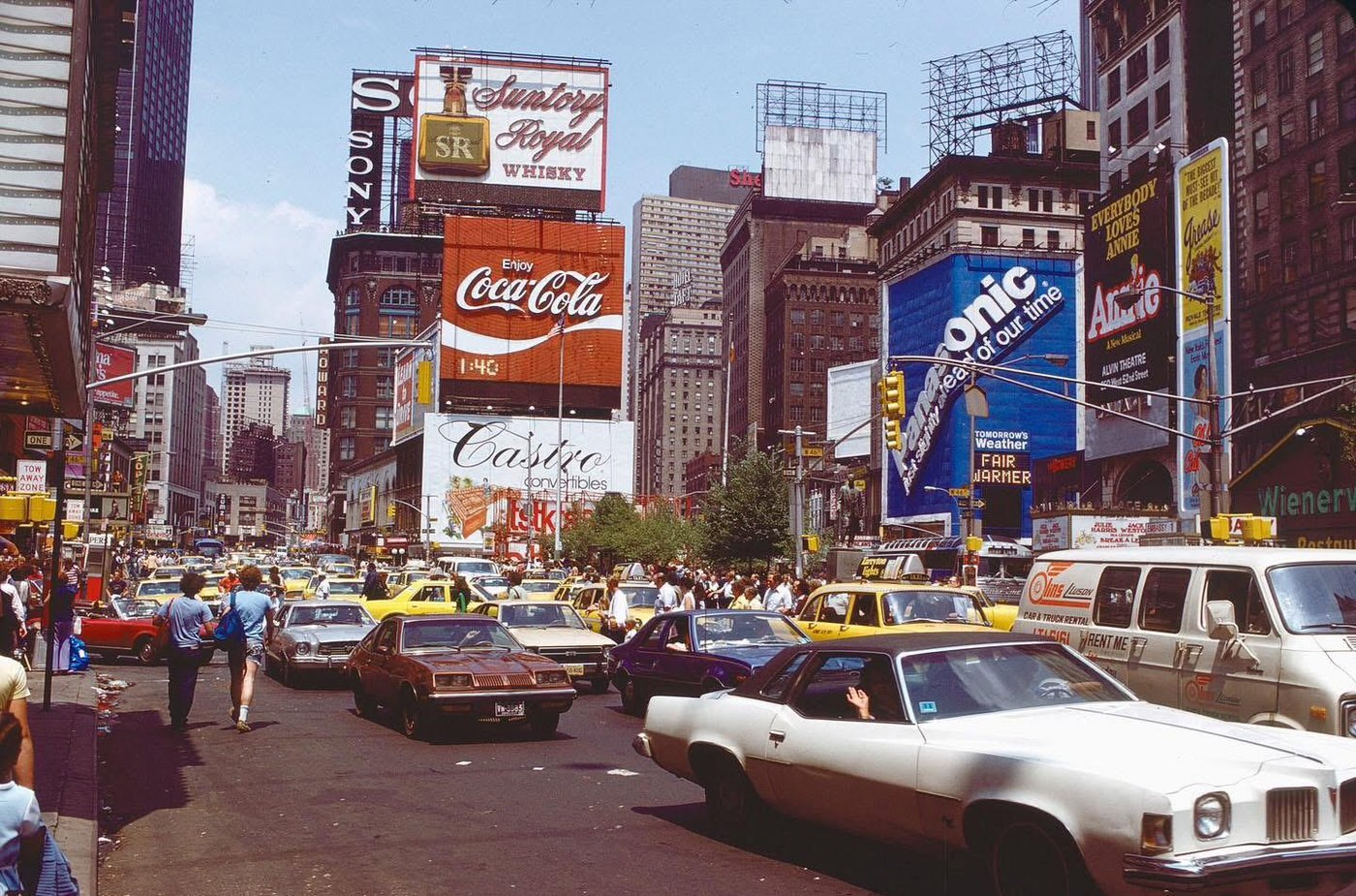


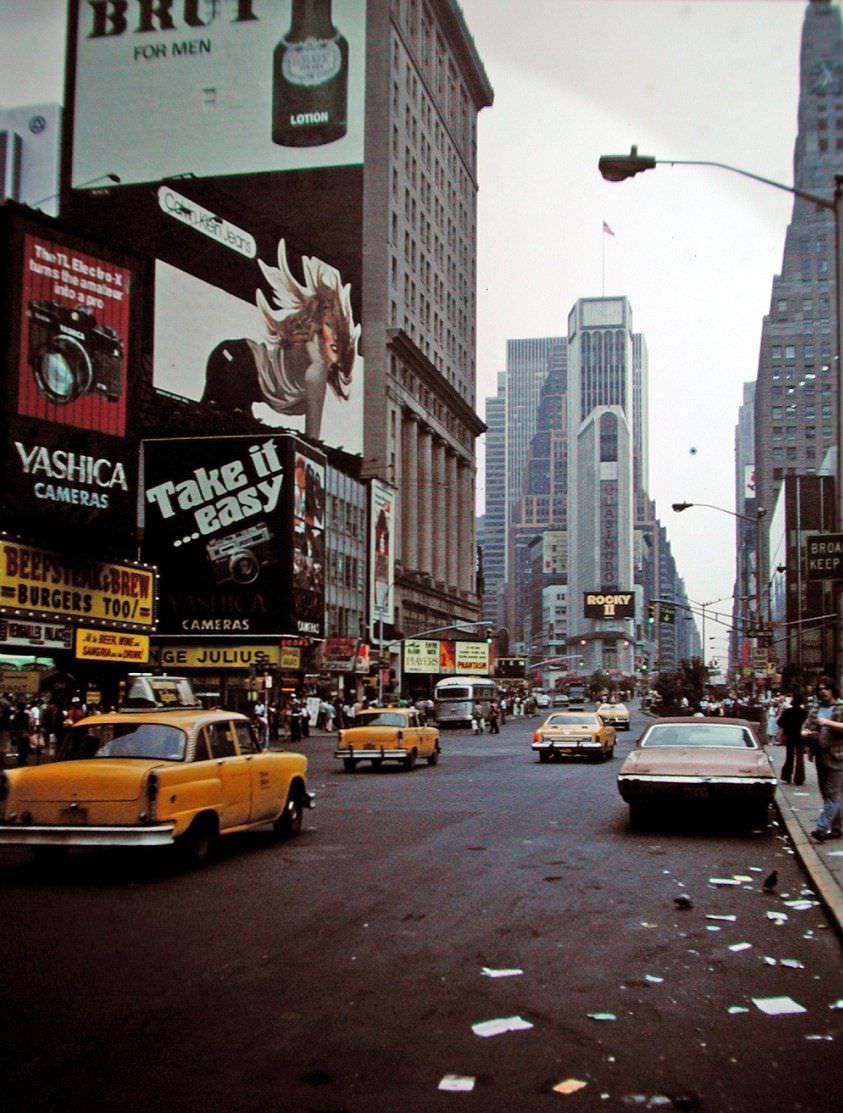

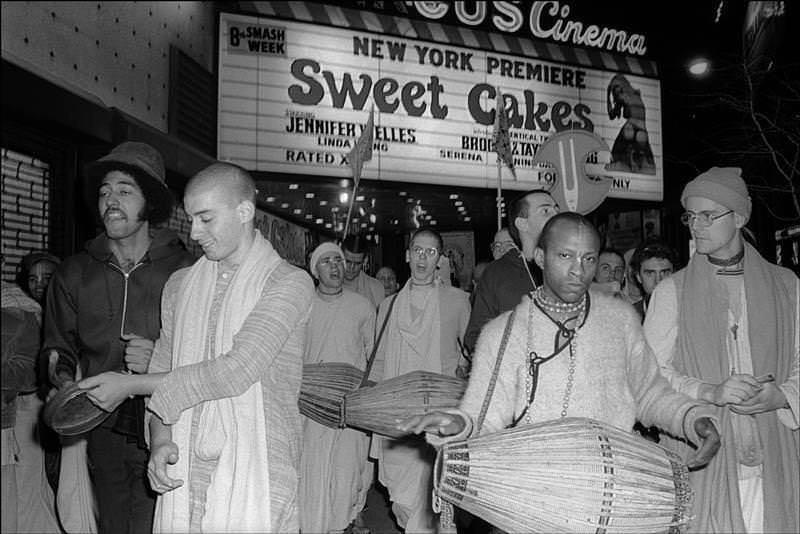

GIPHY App Key not set. Please check settings